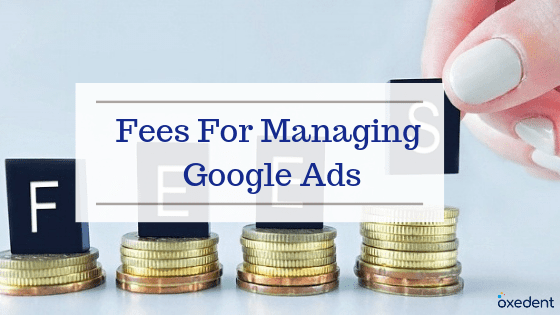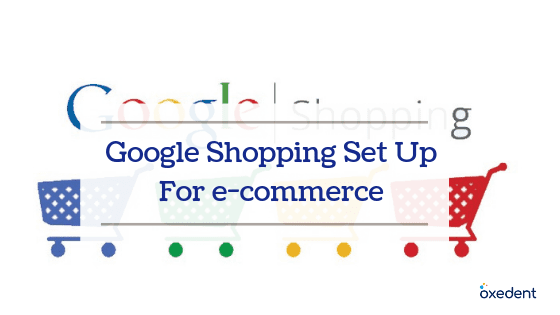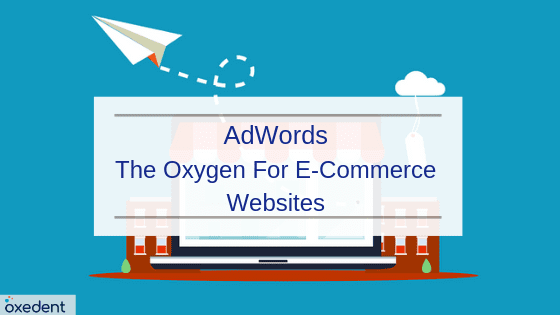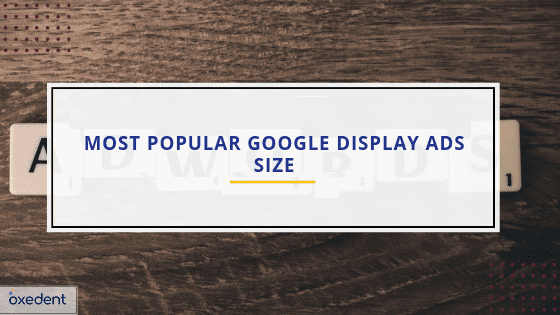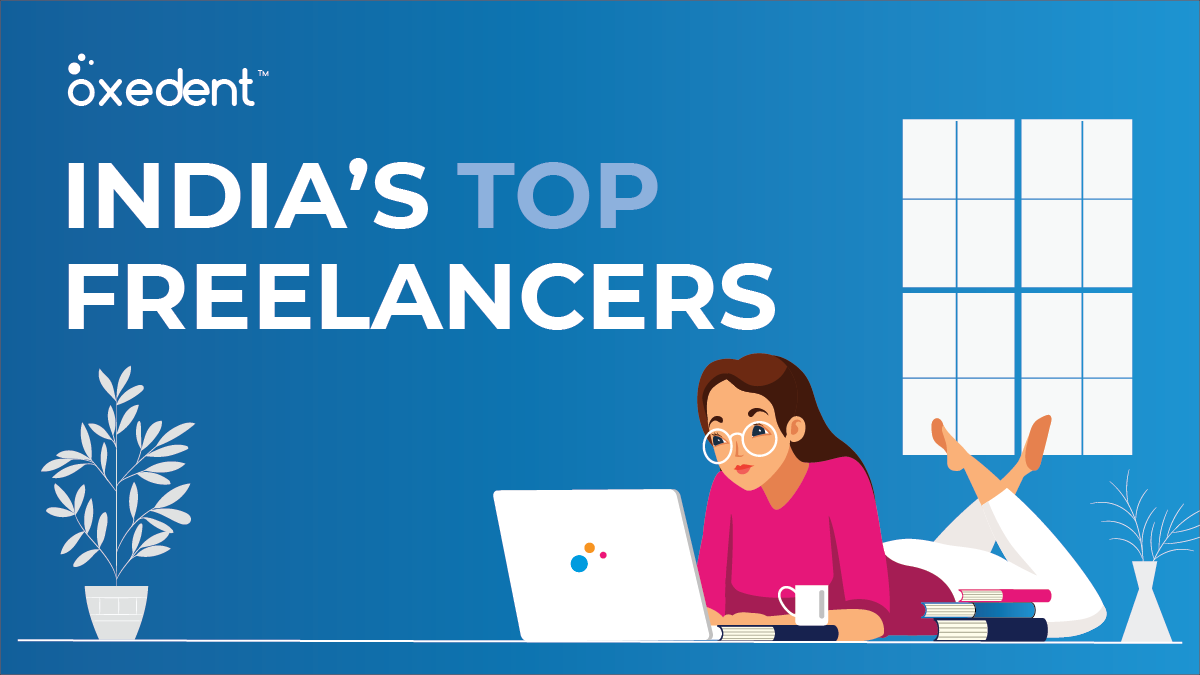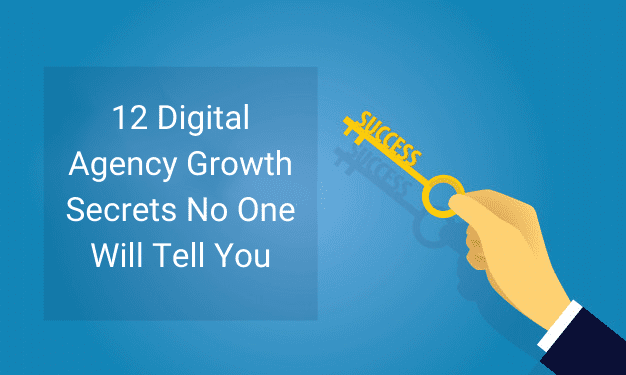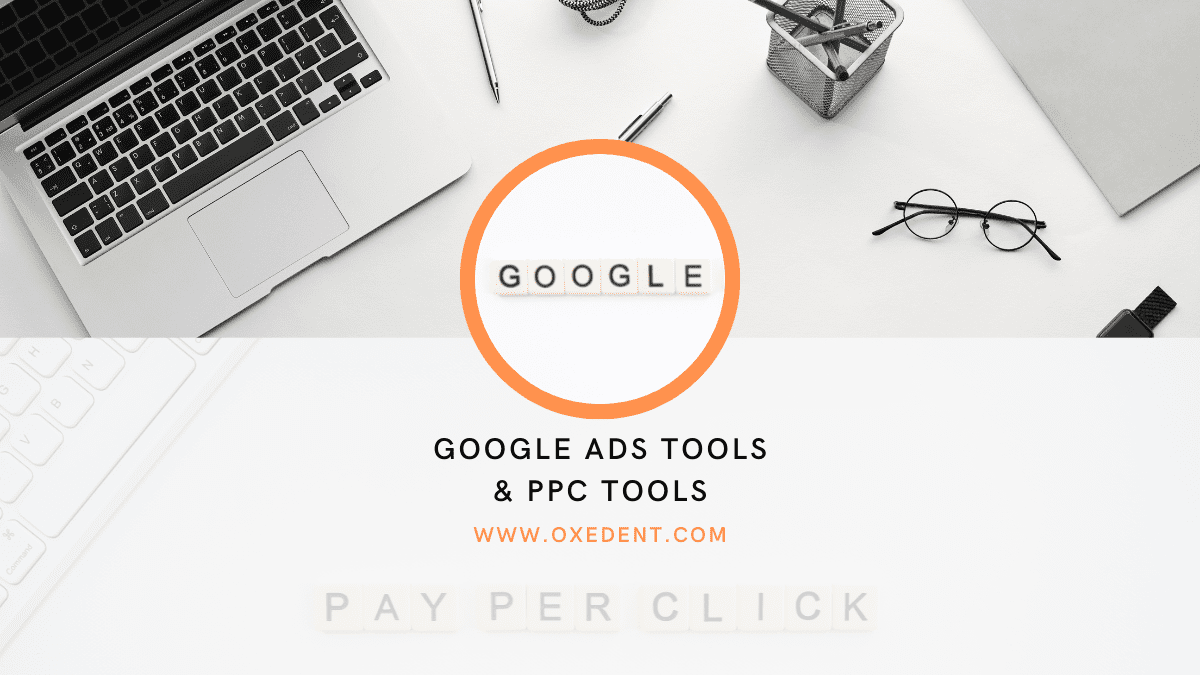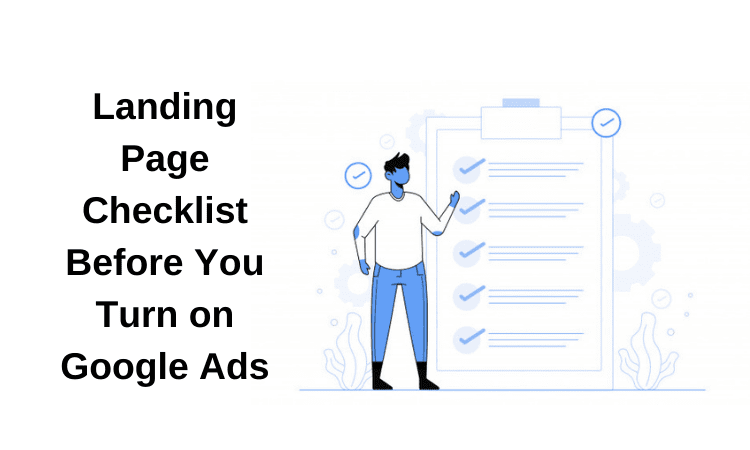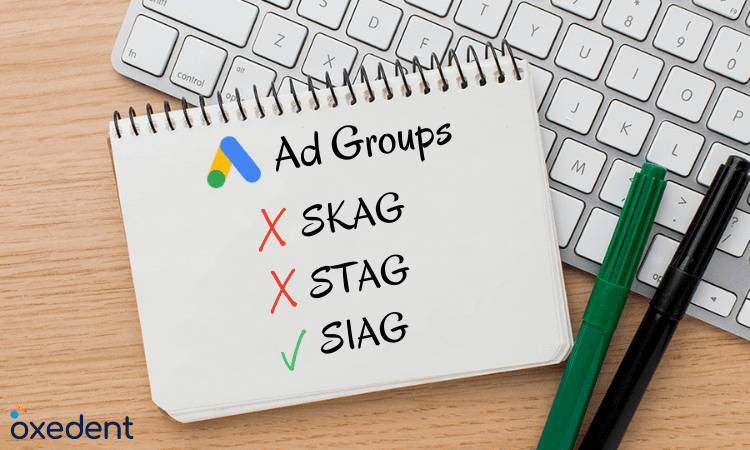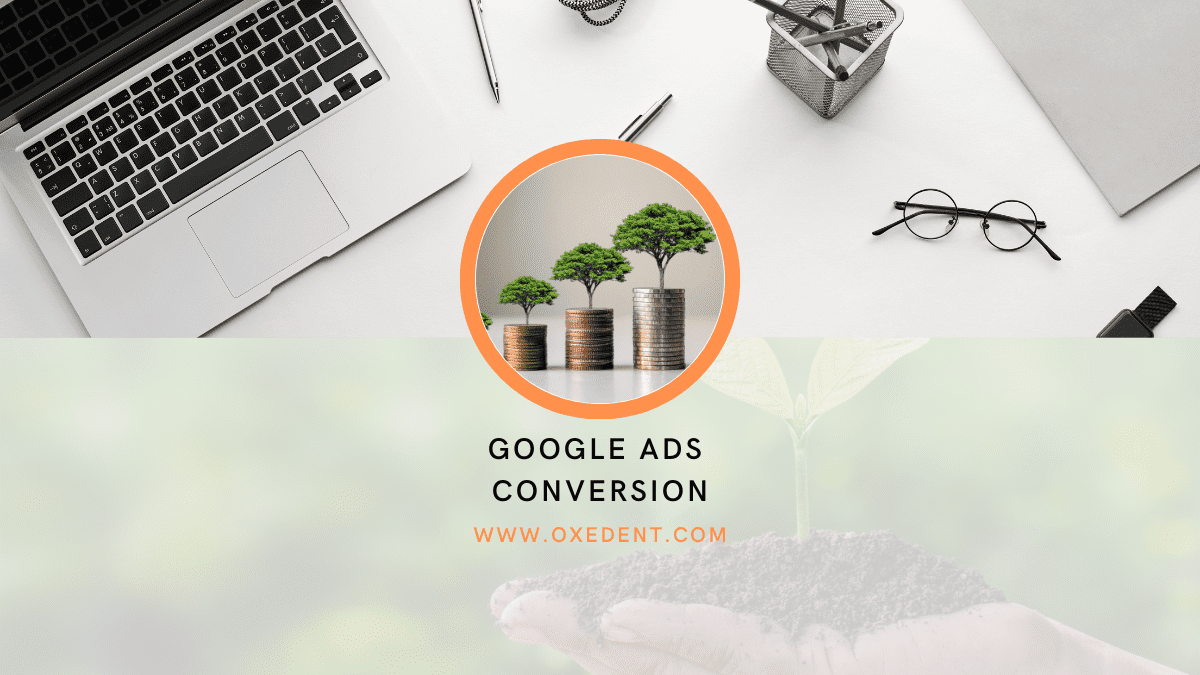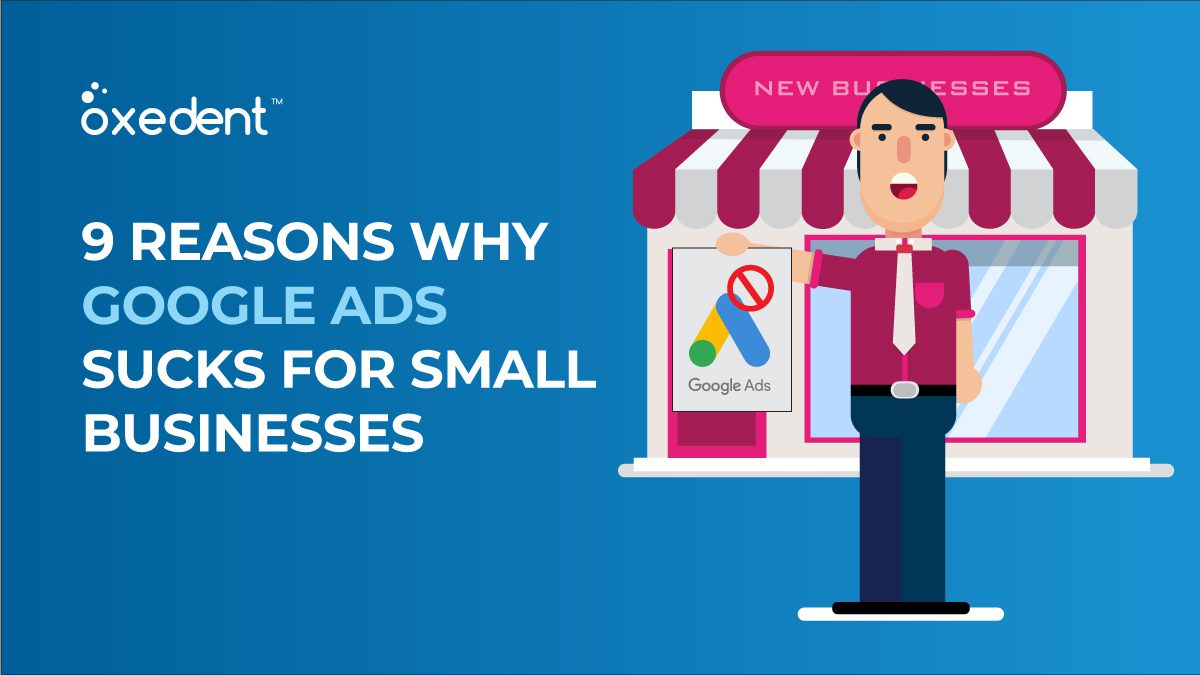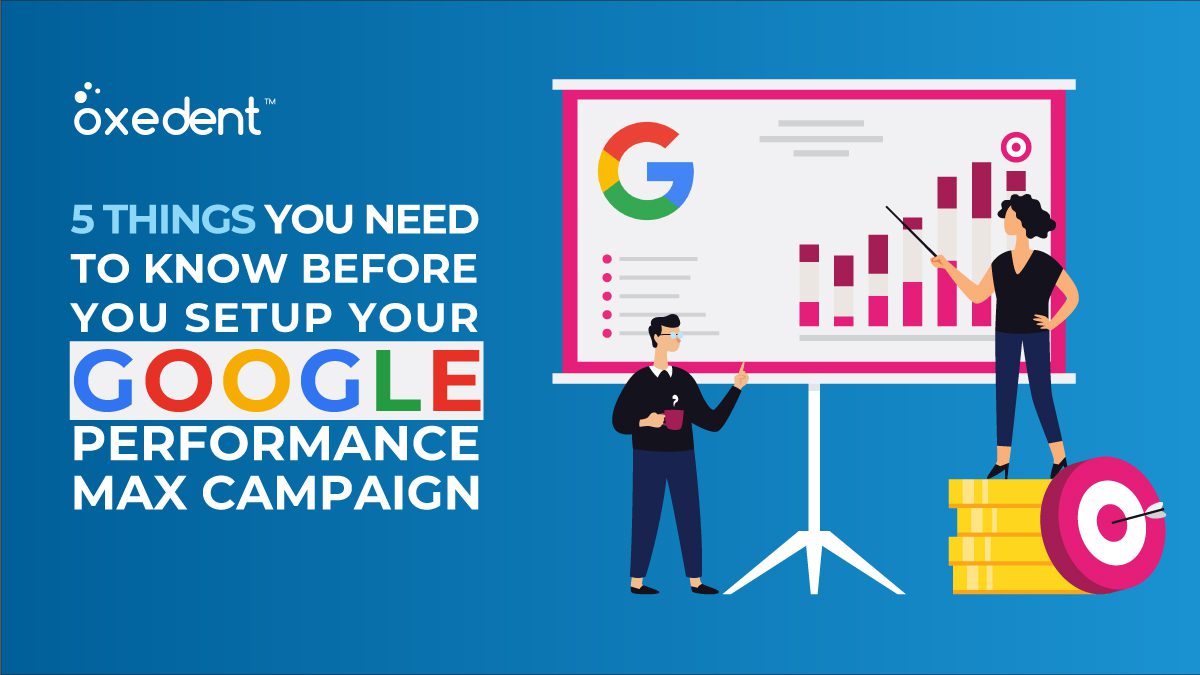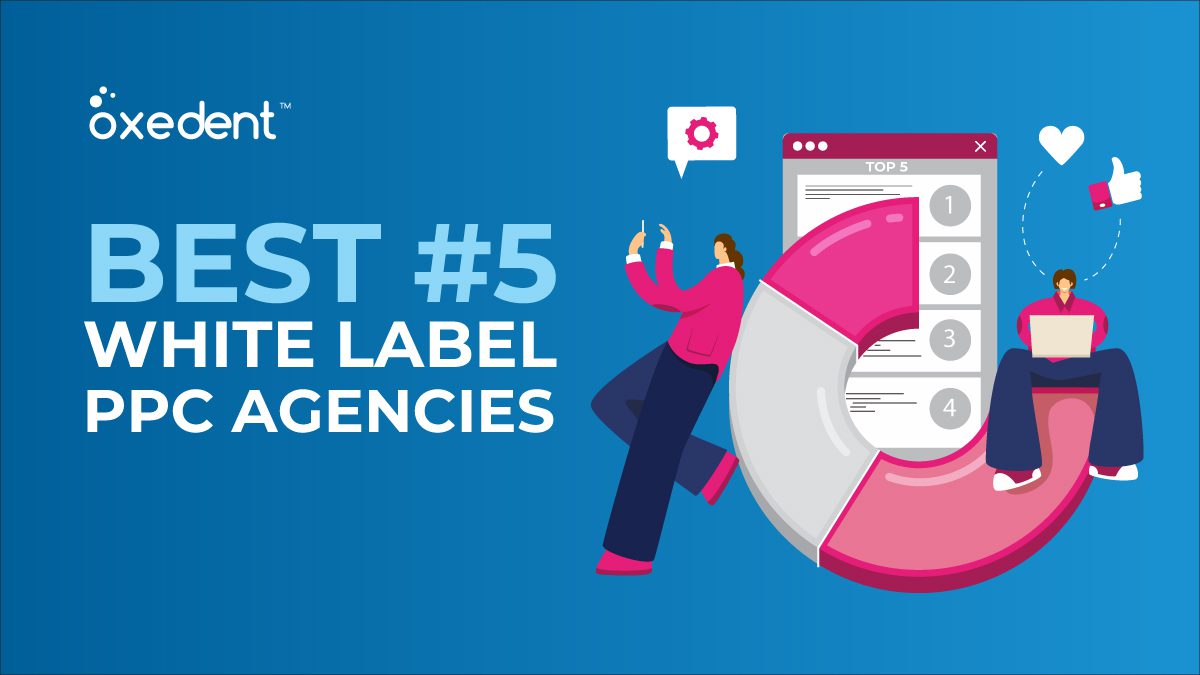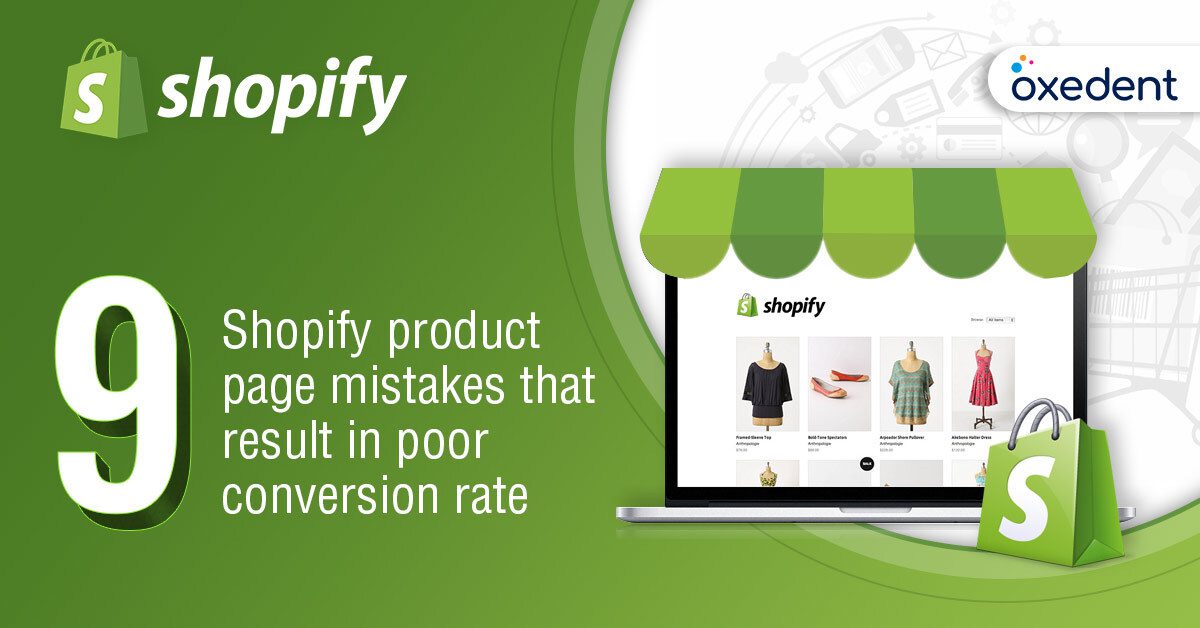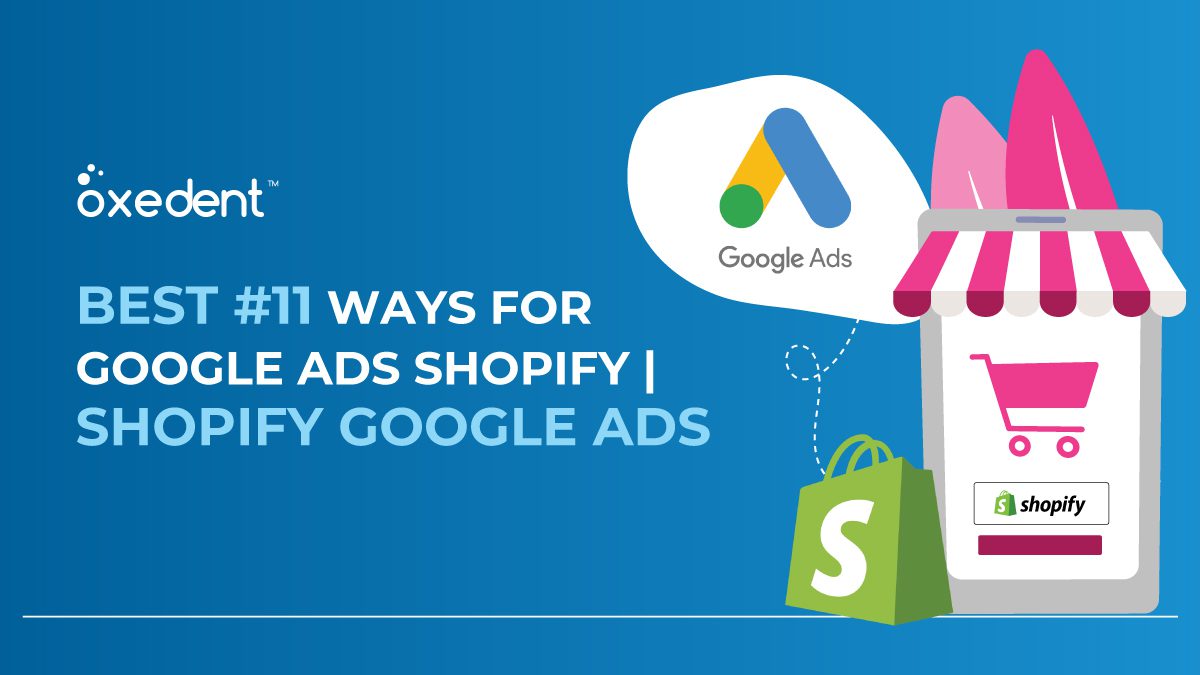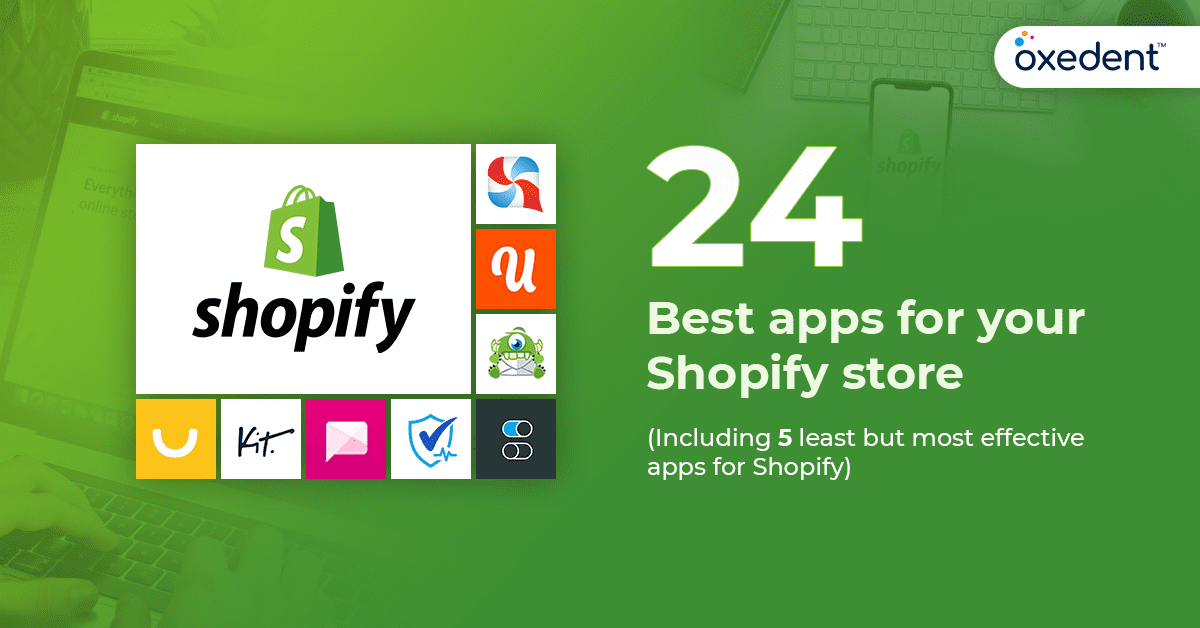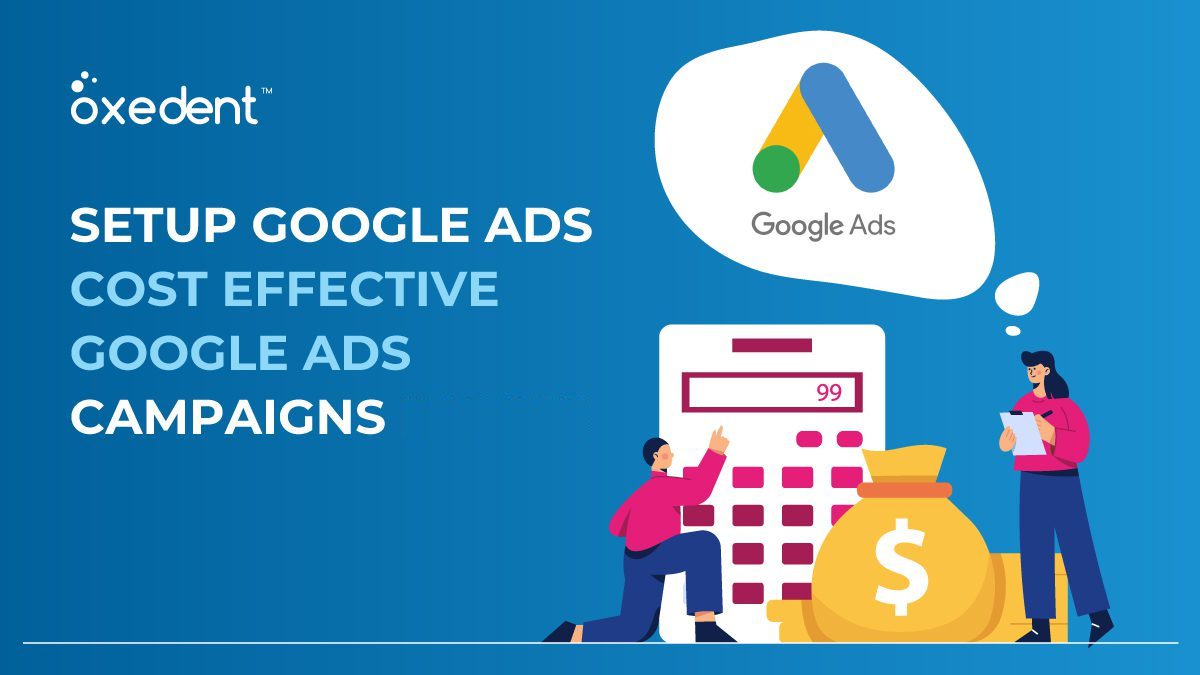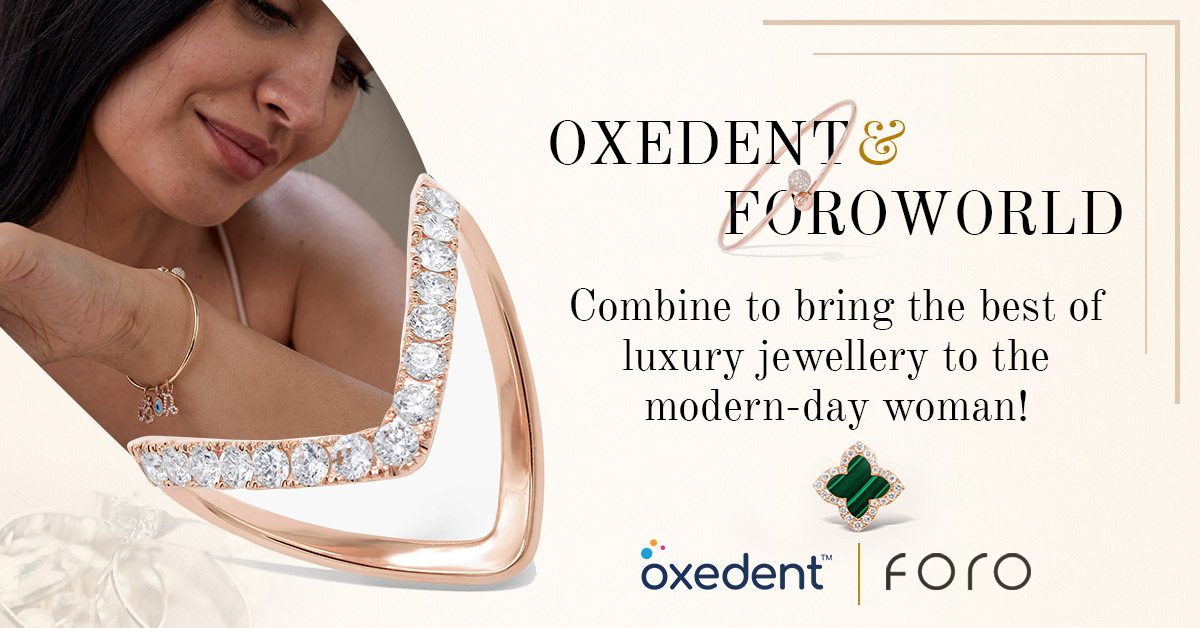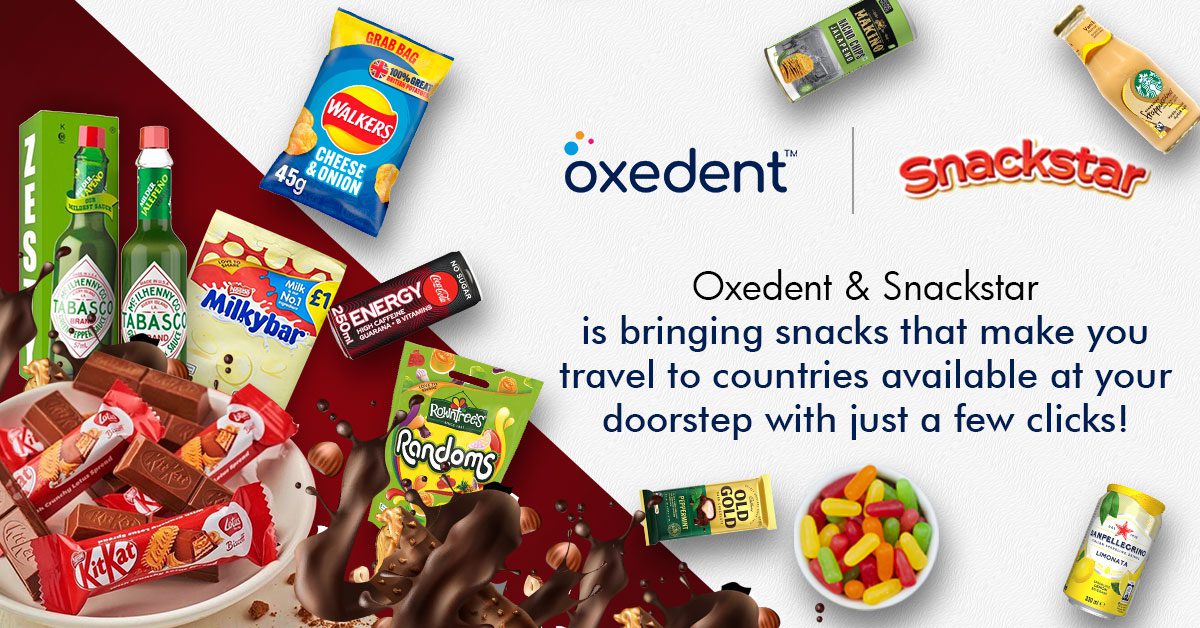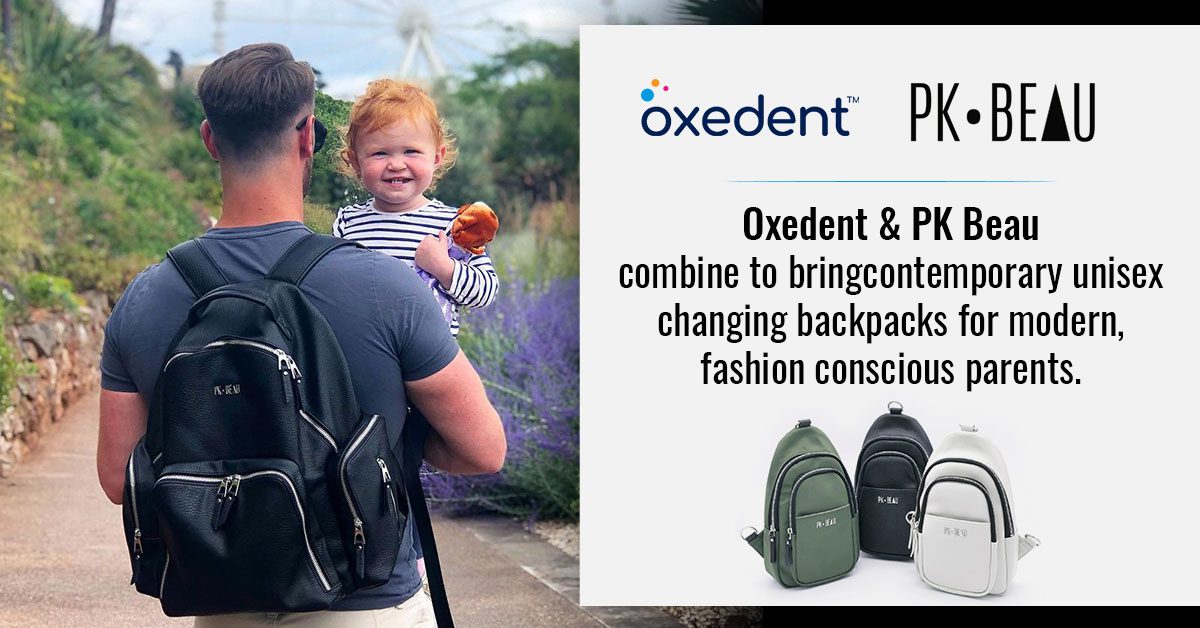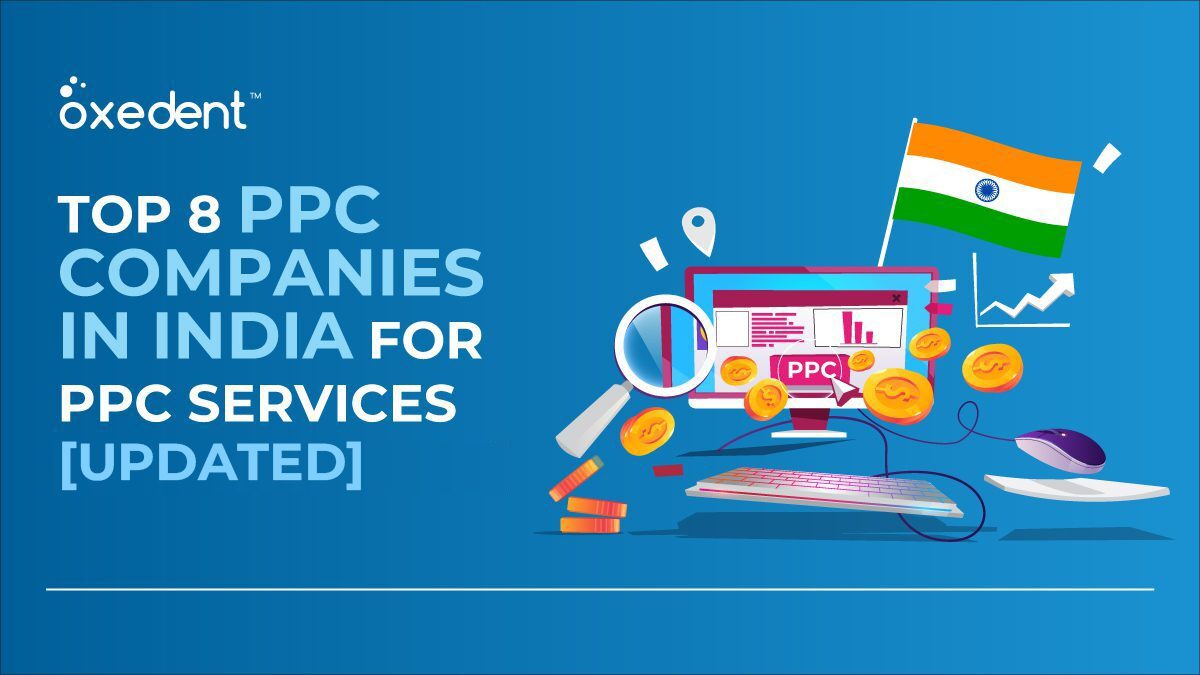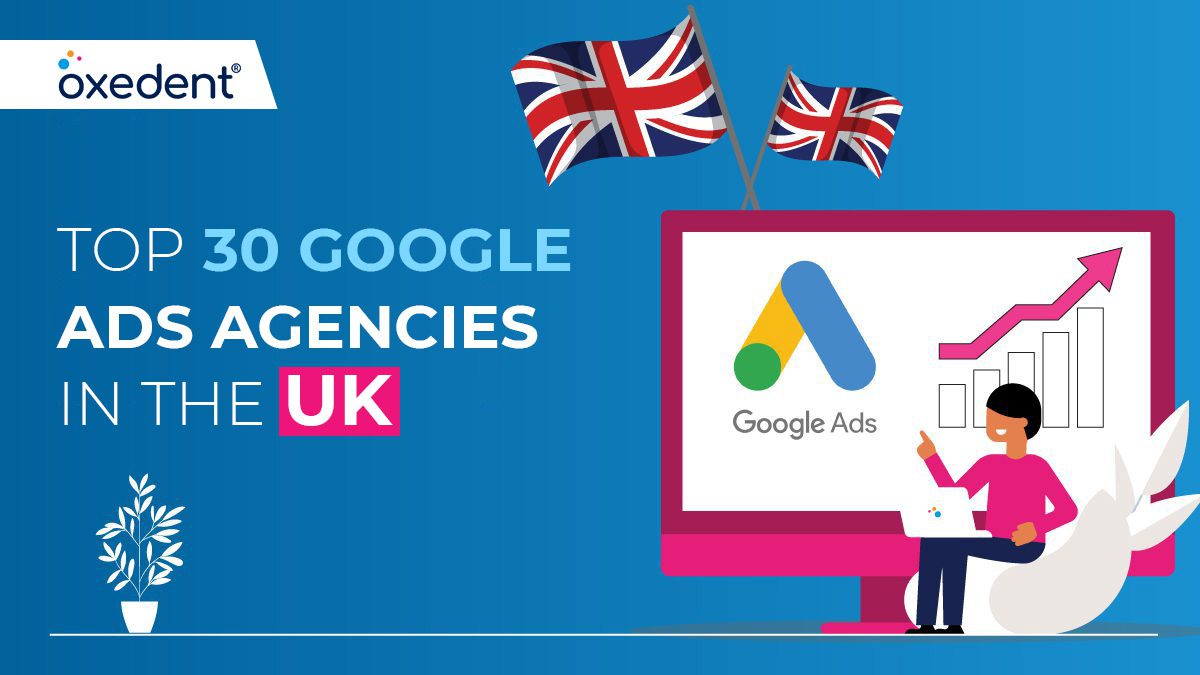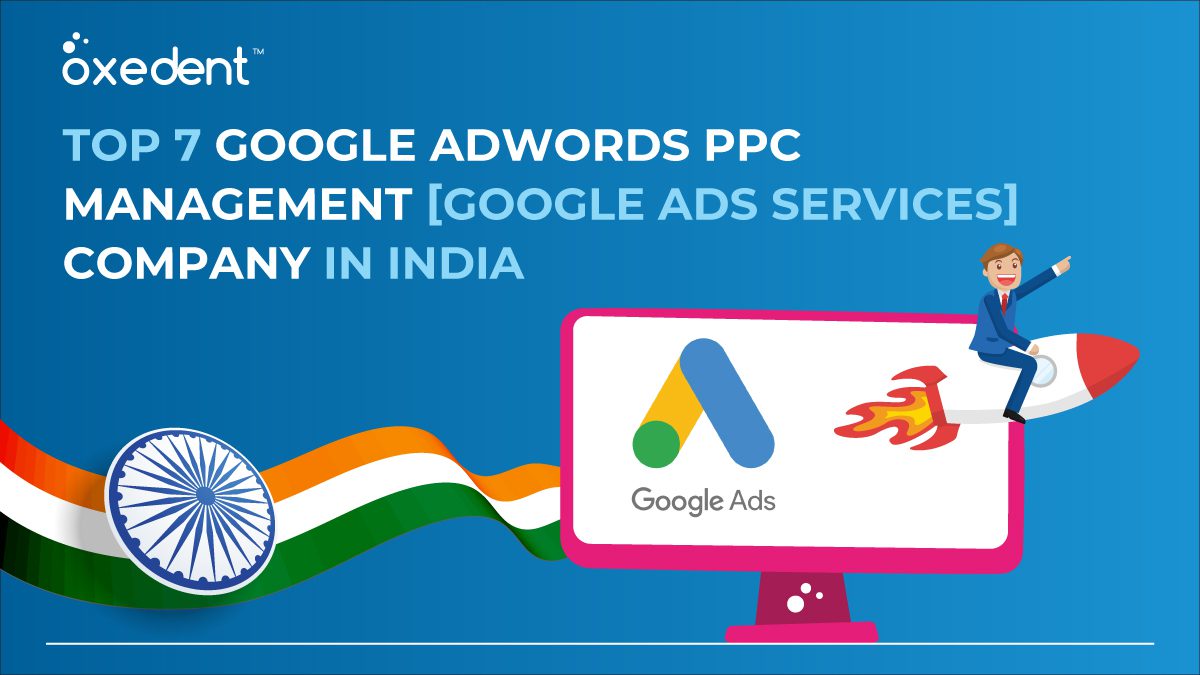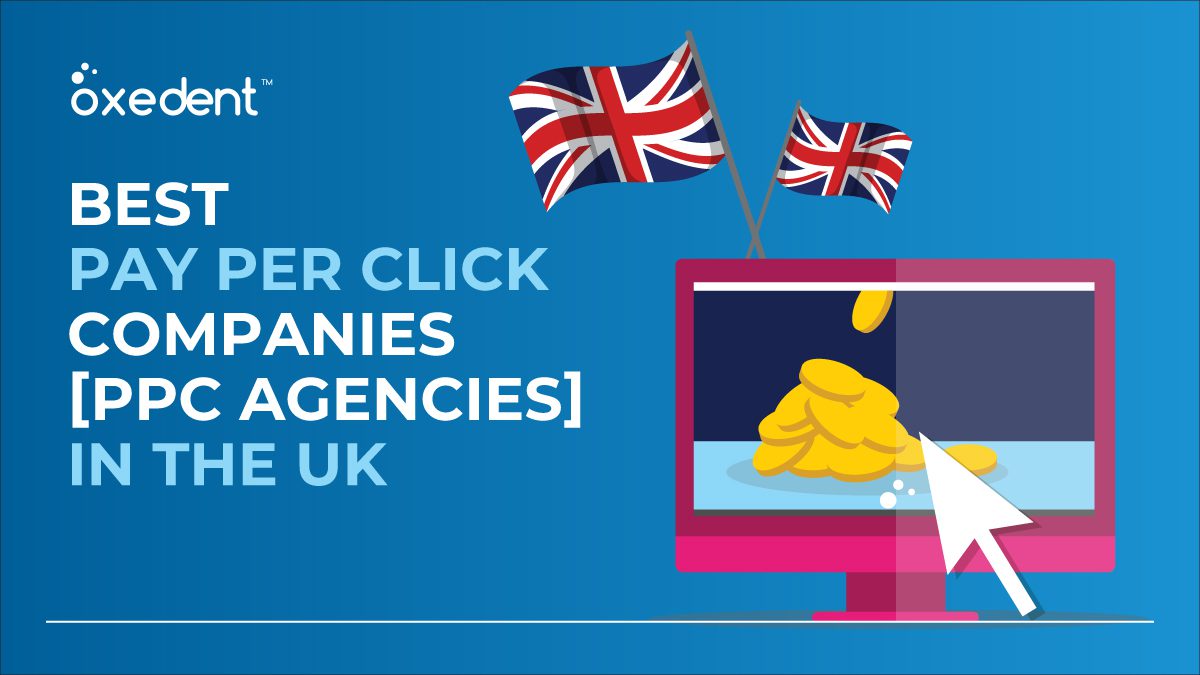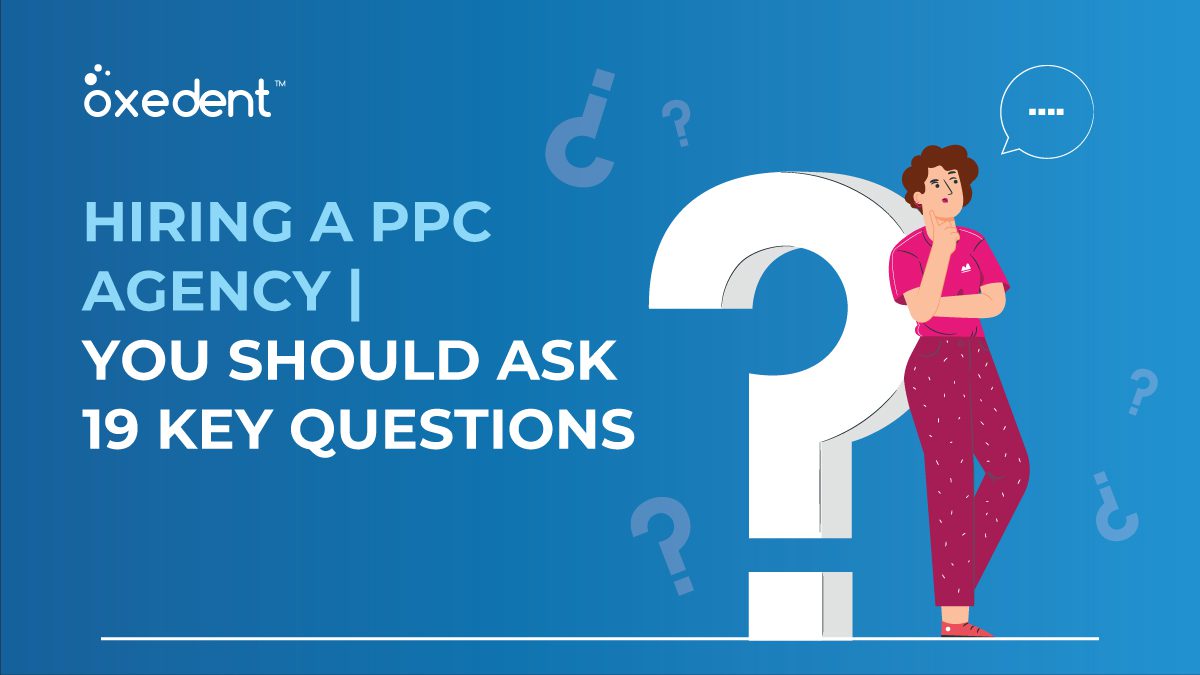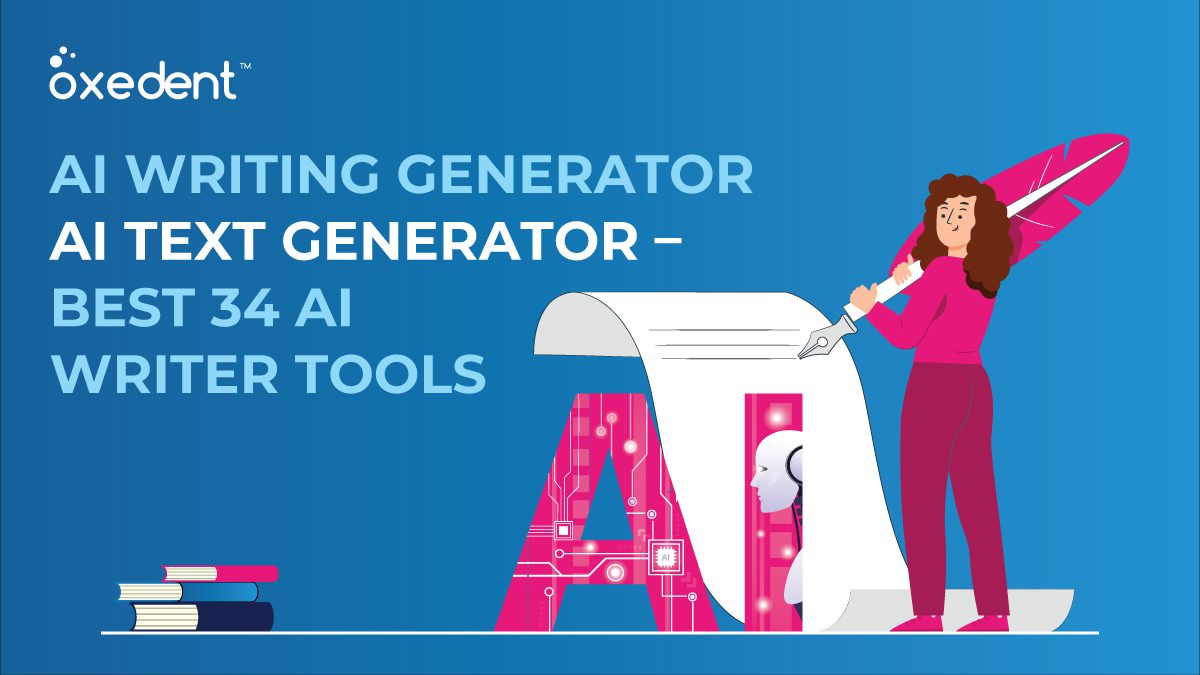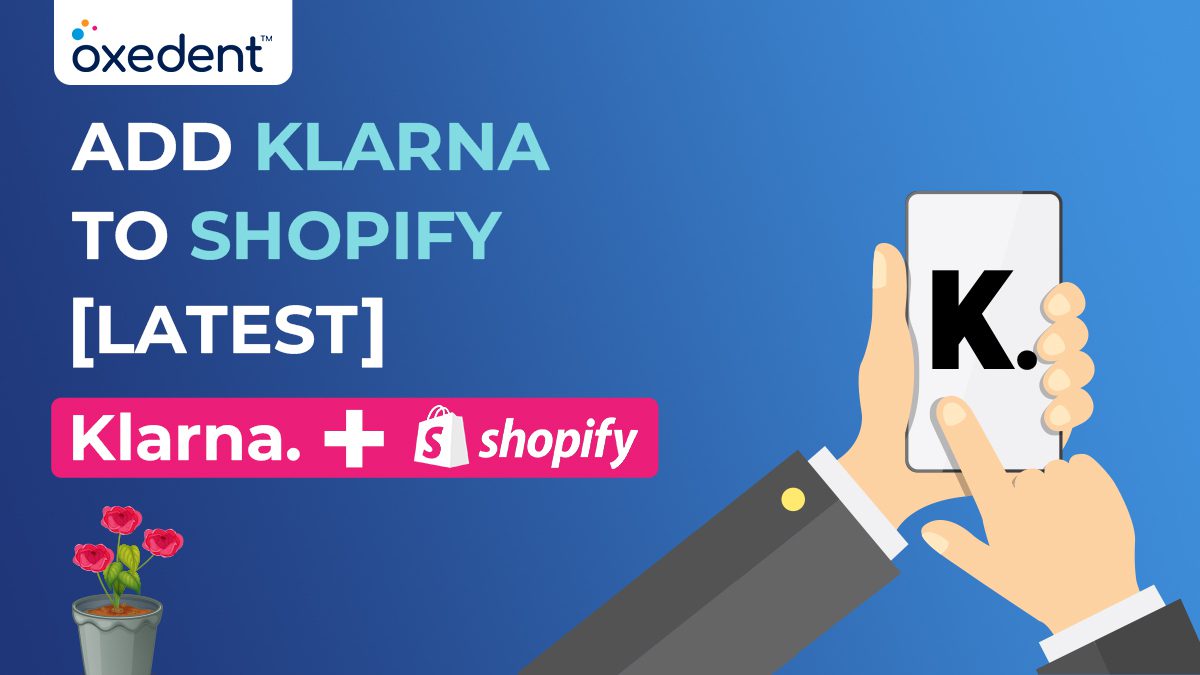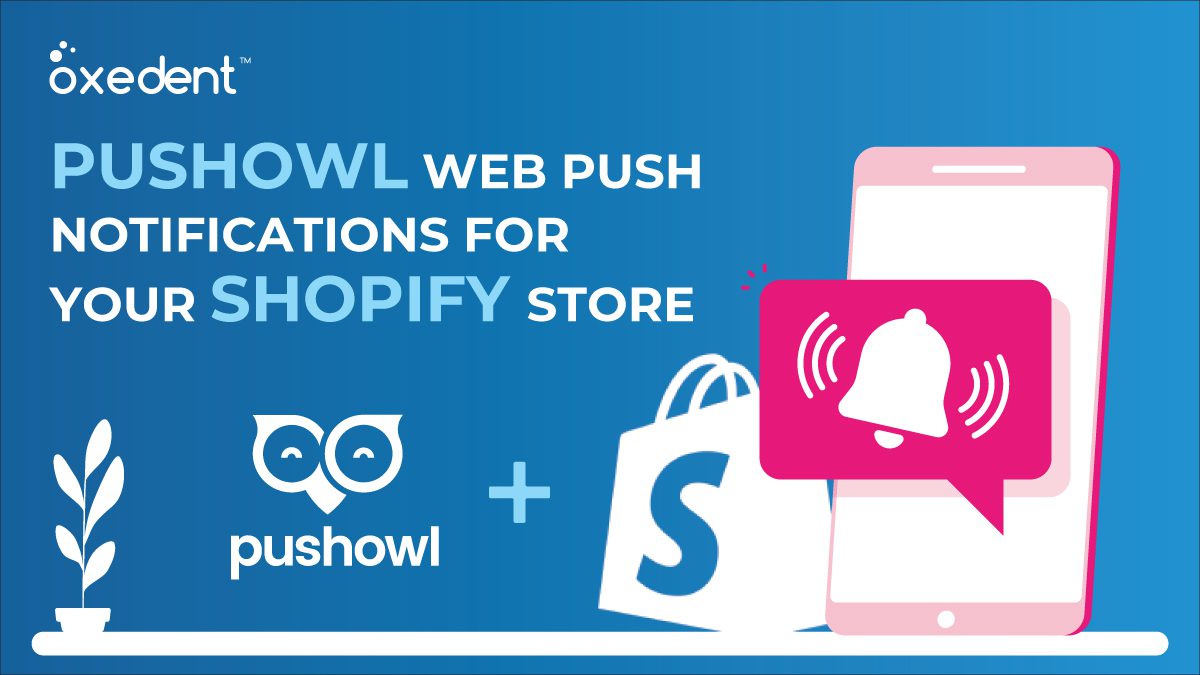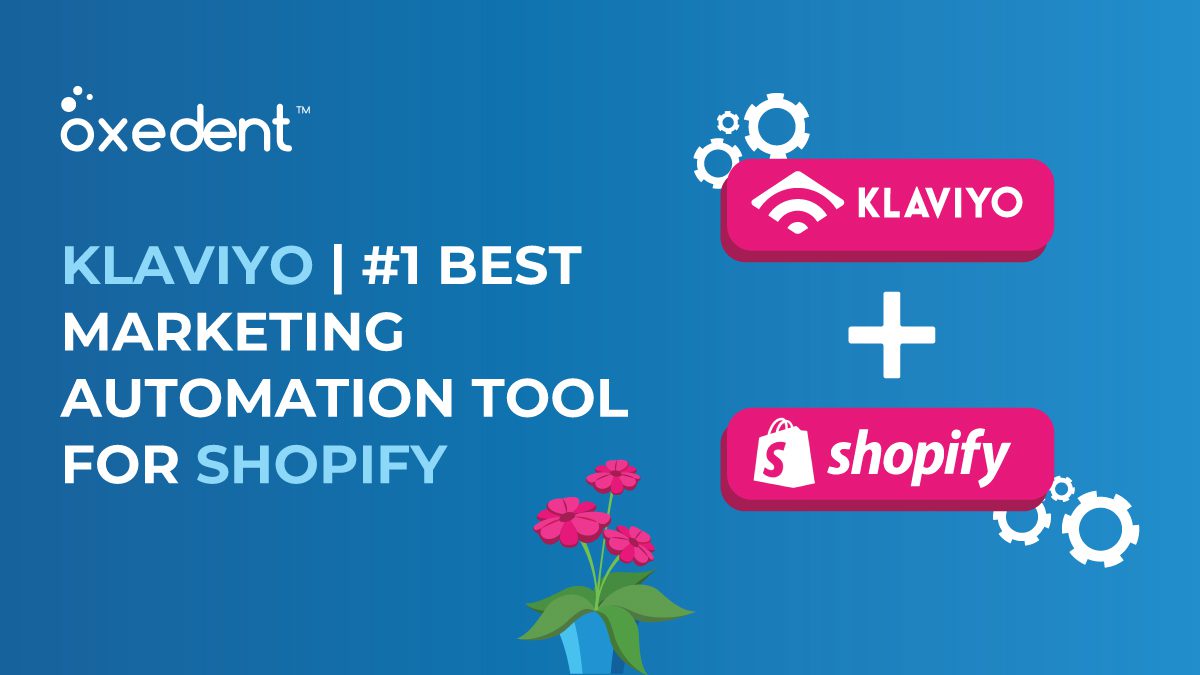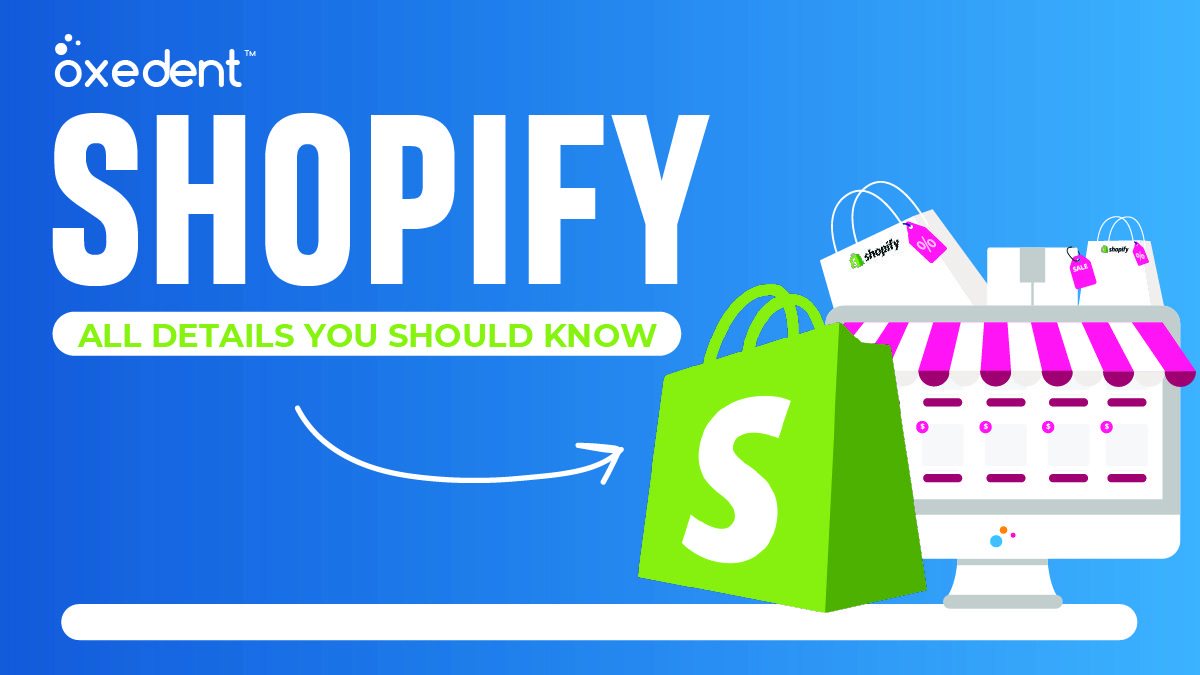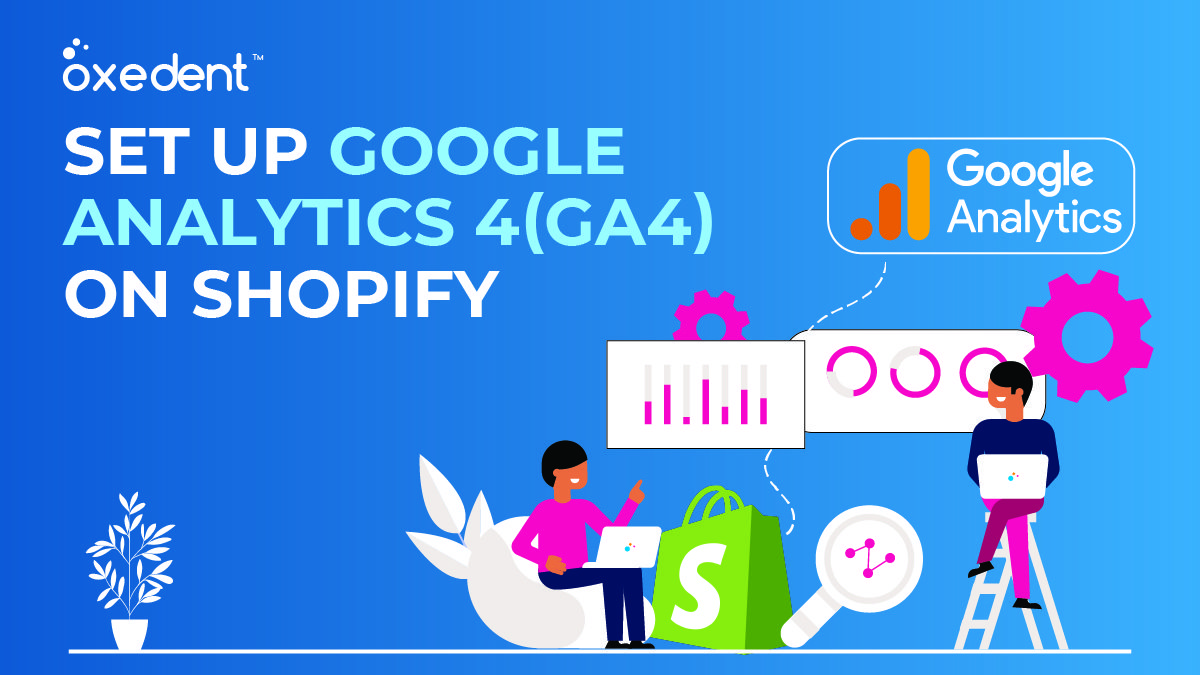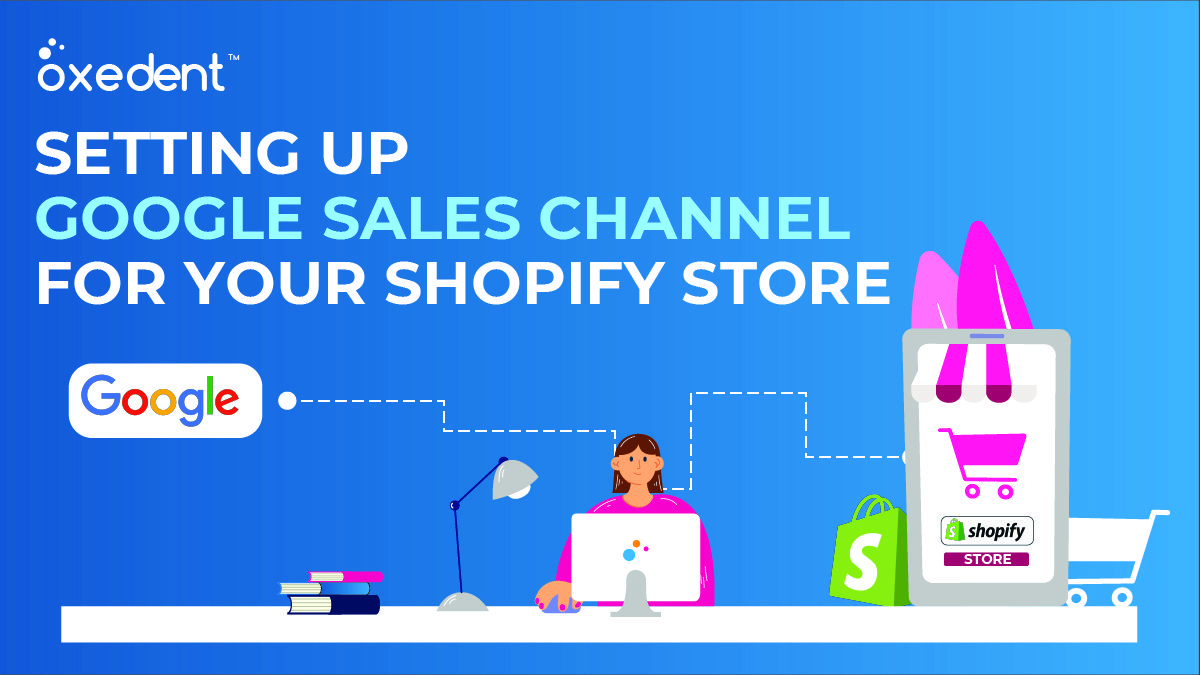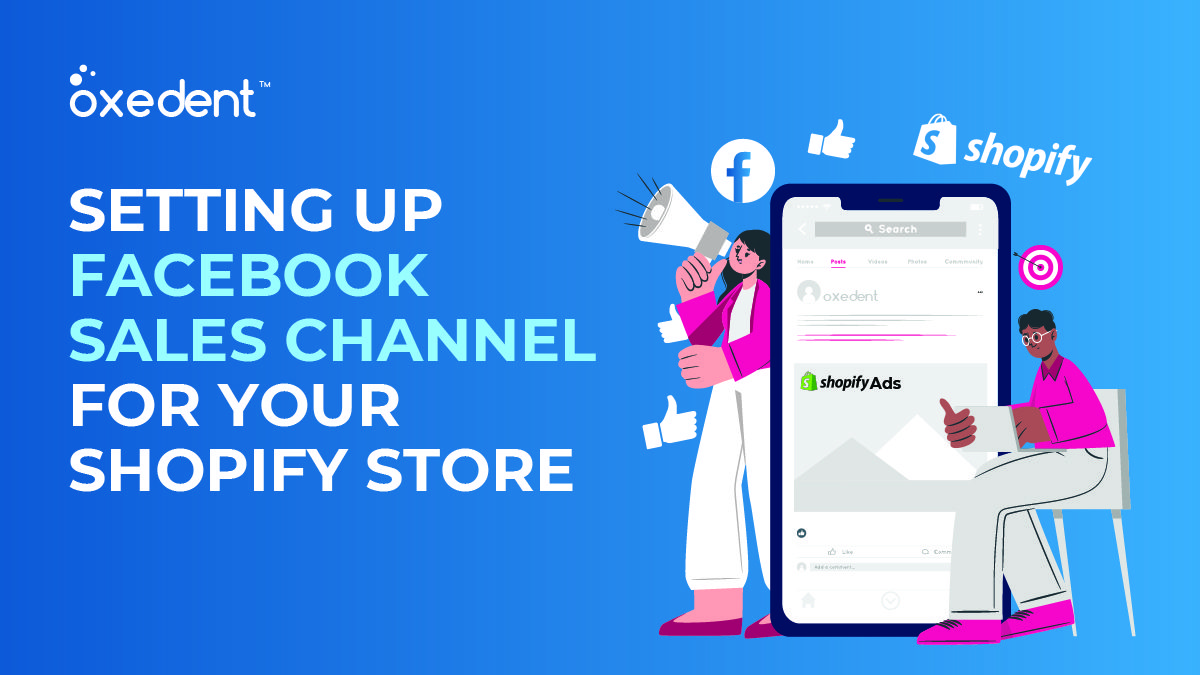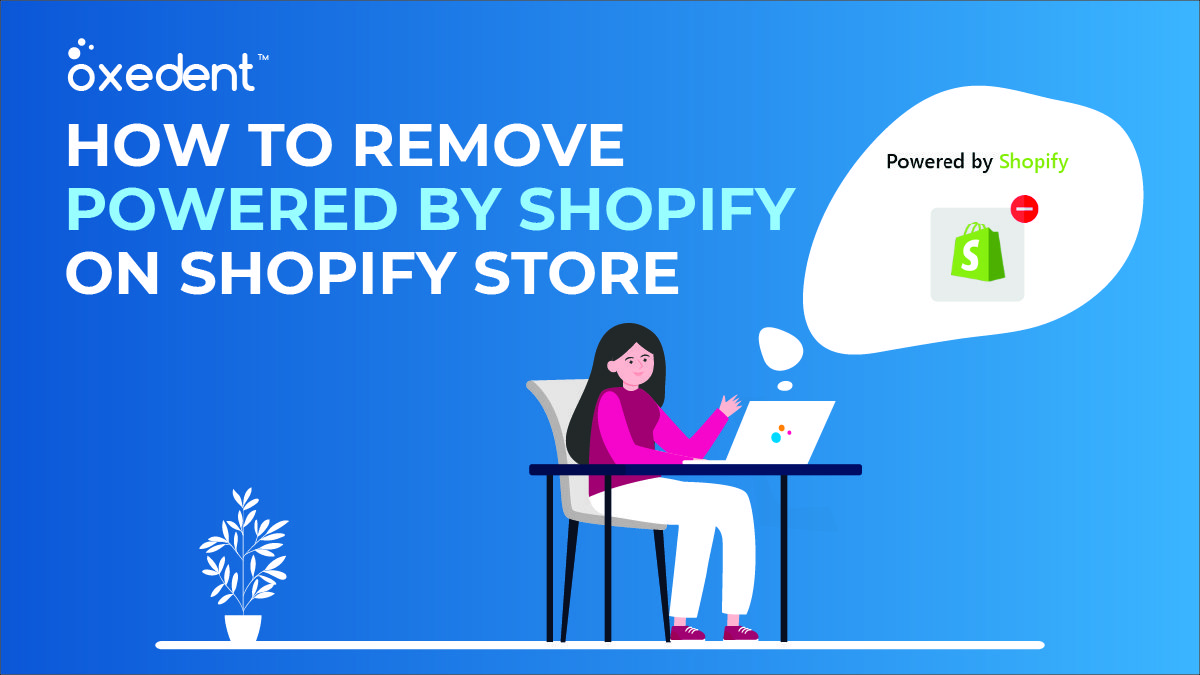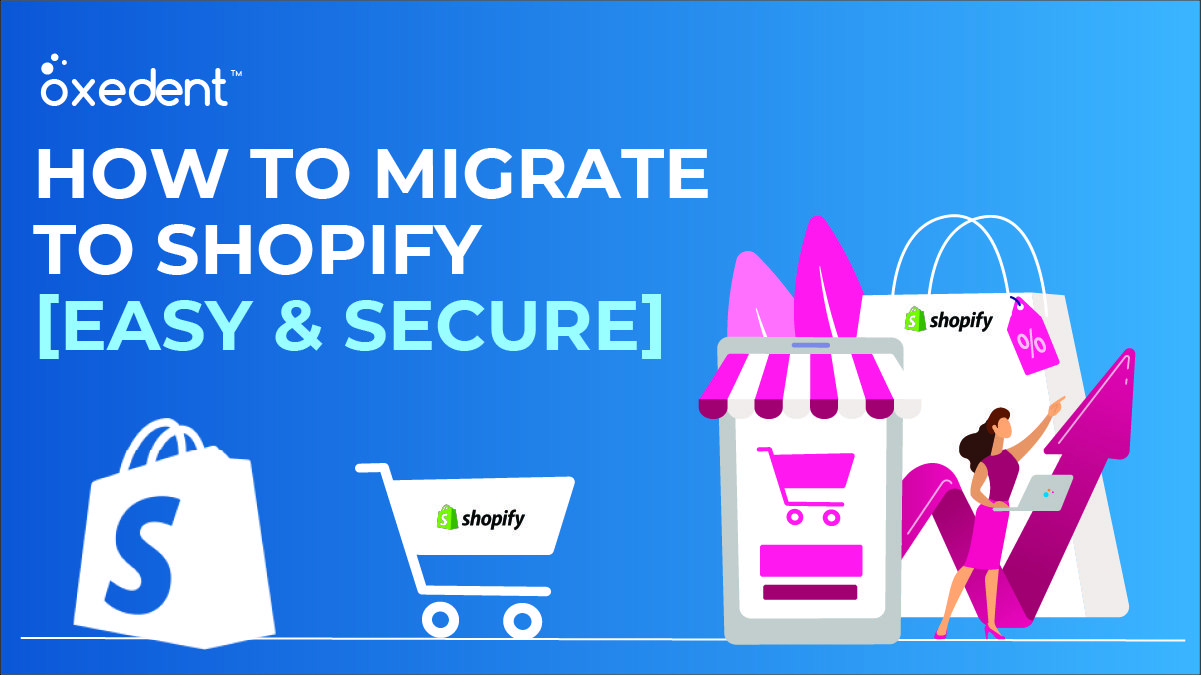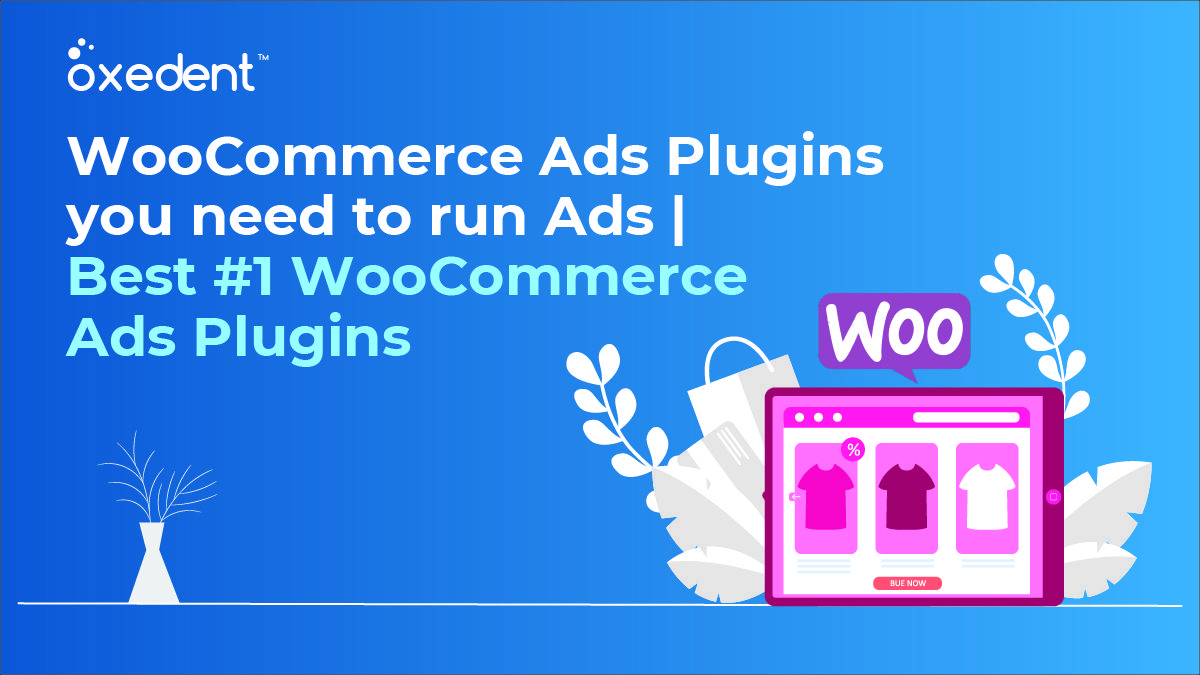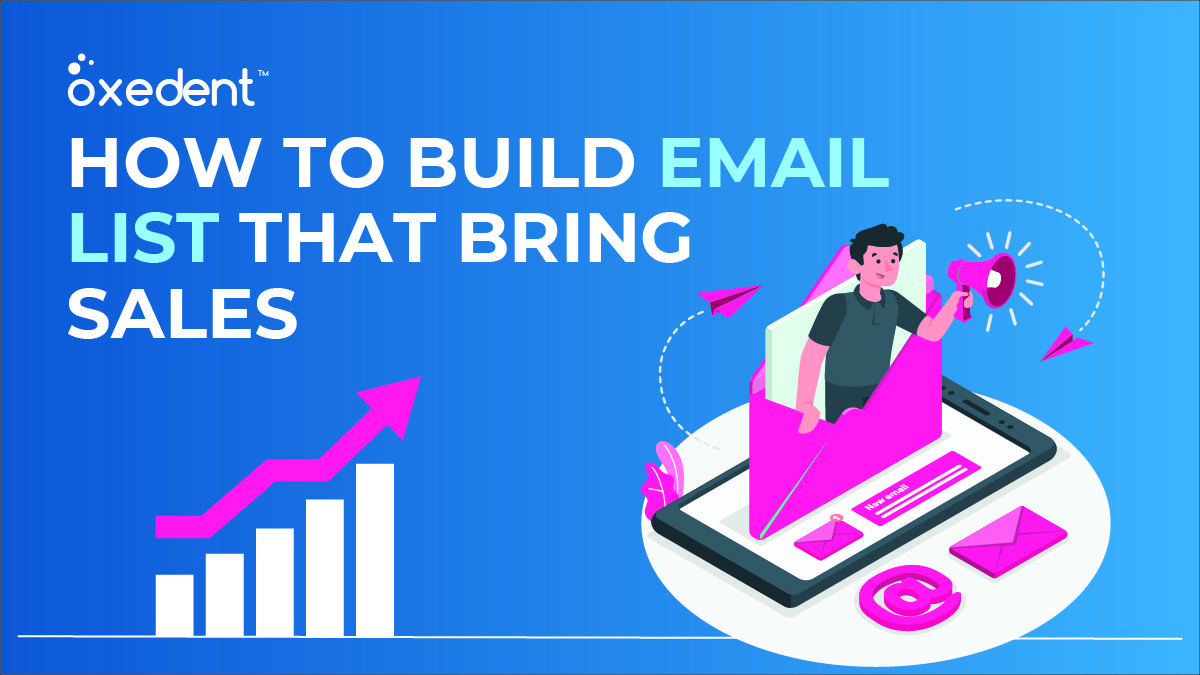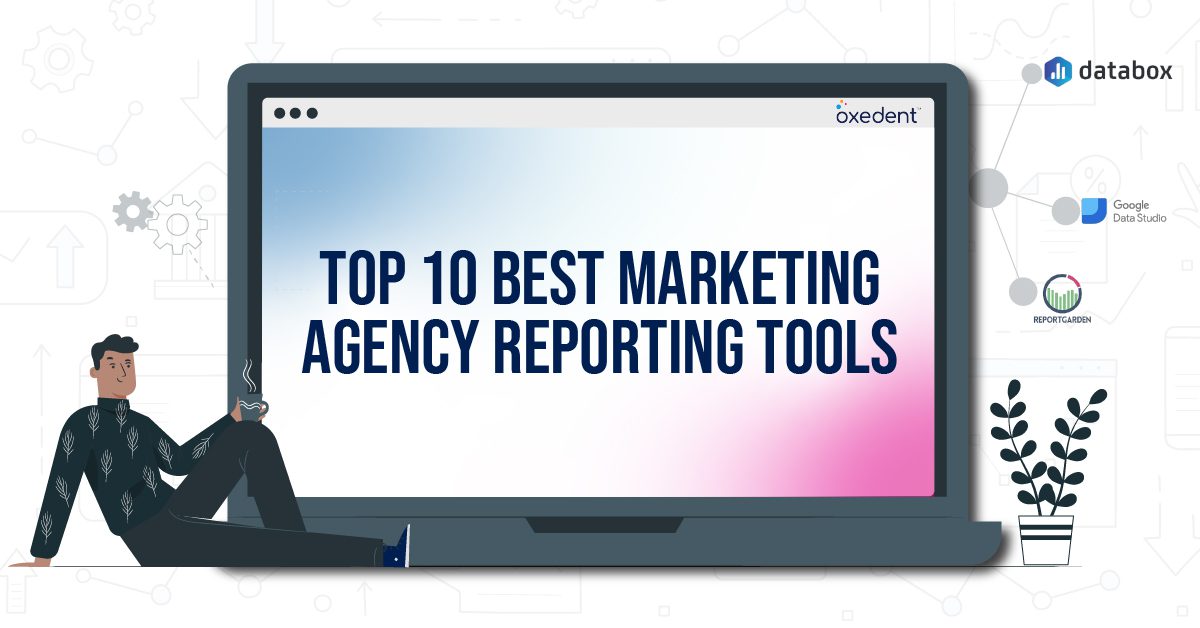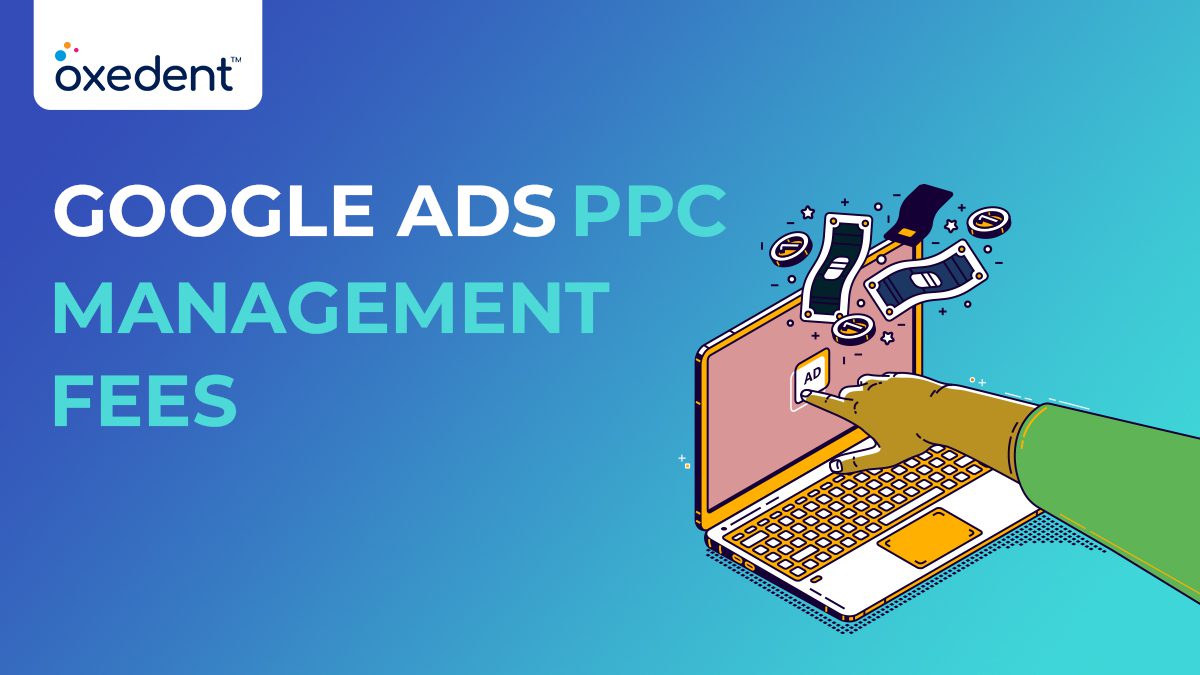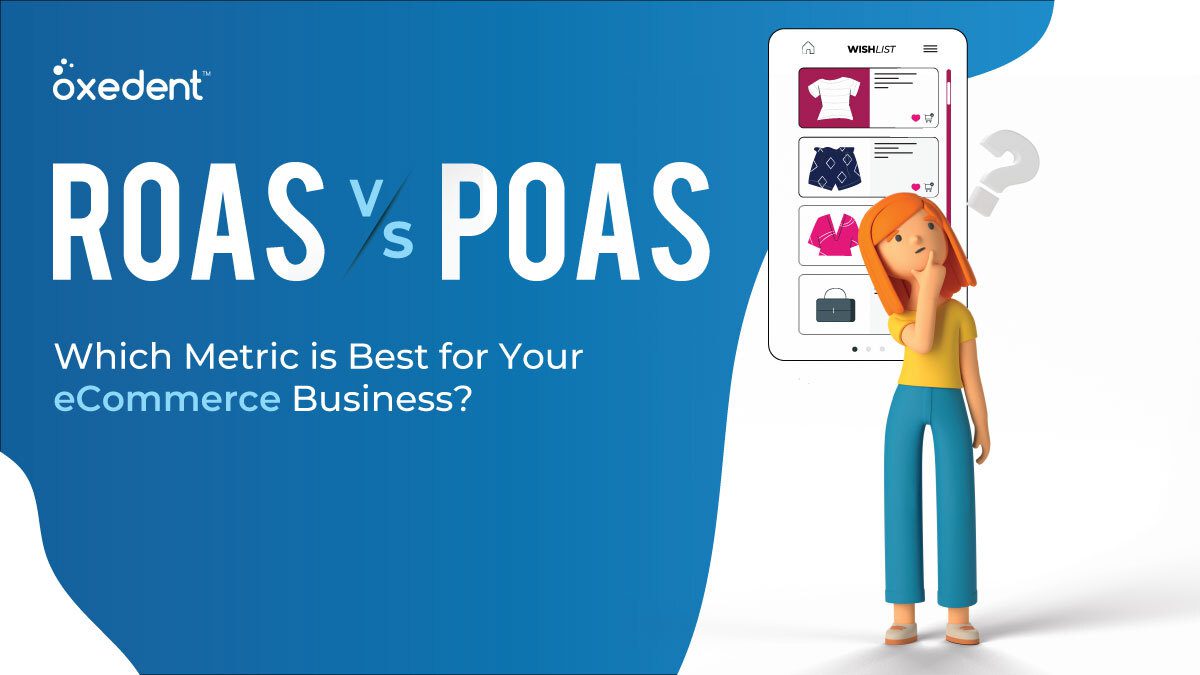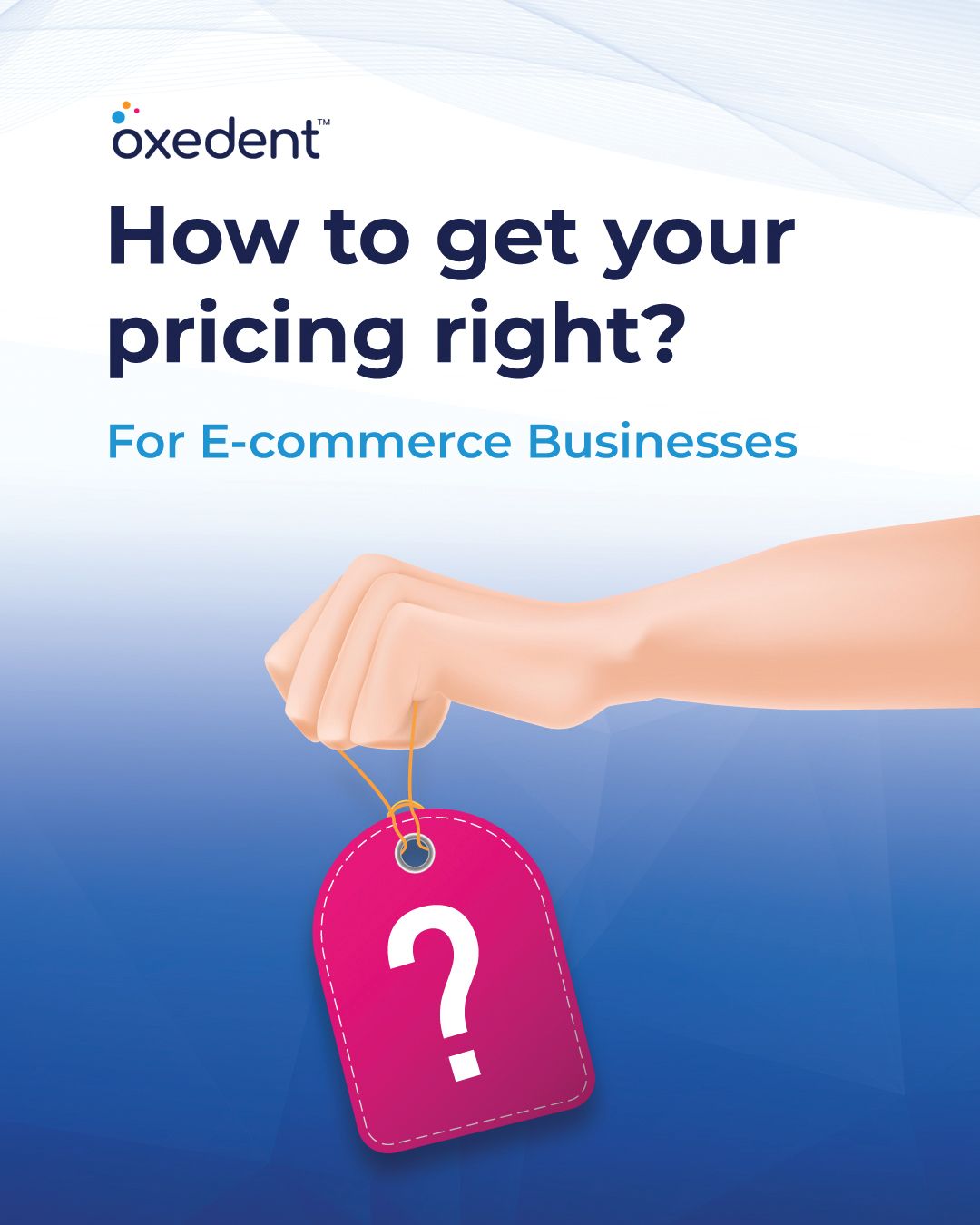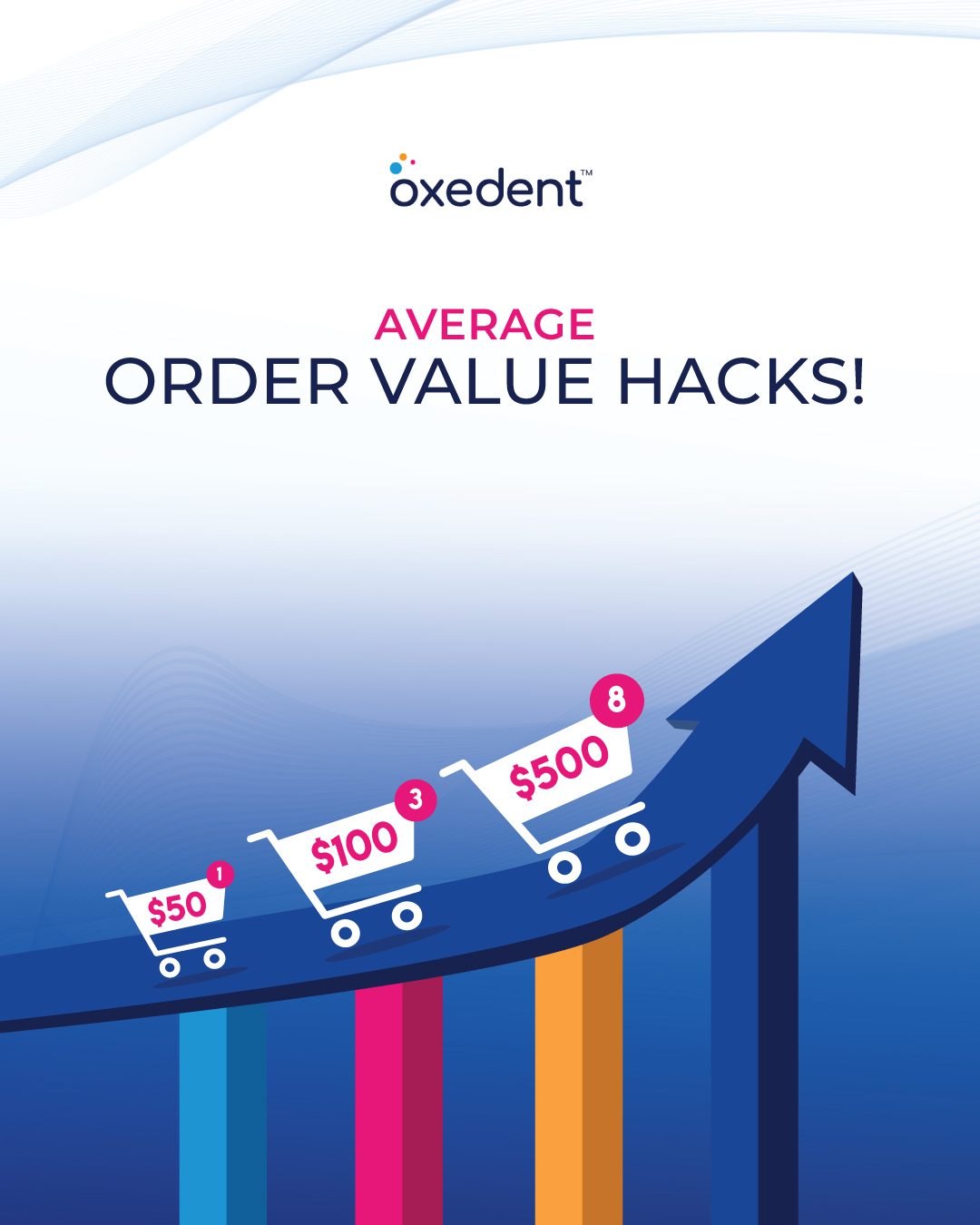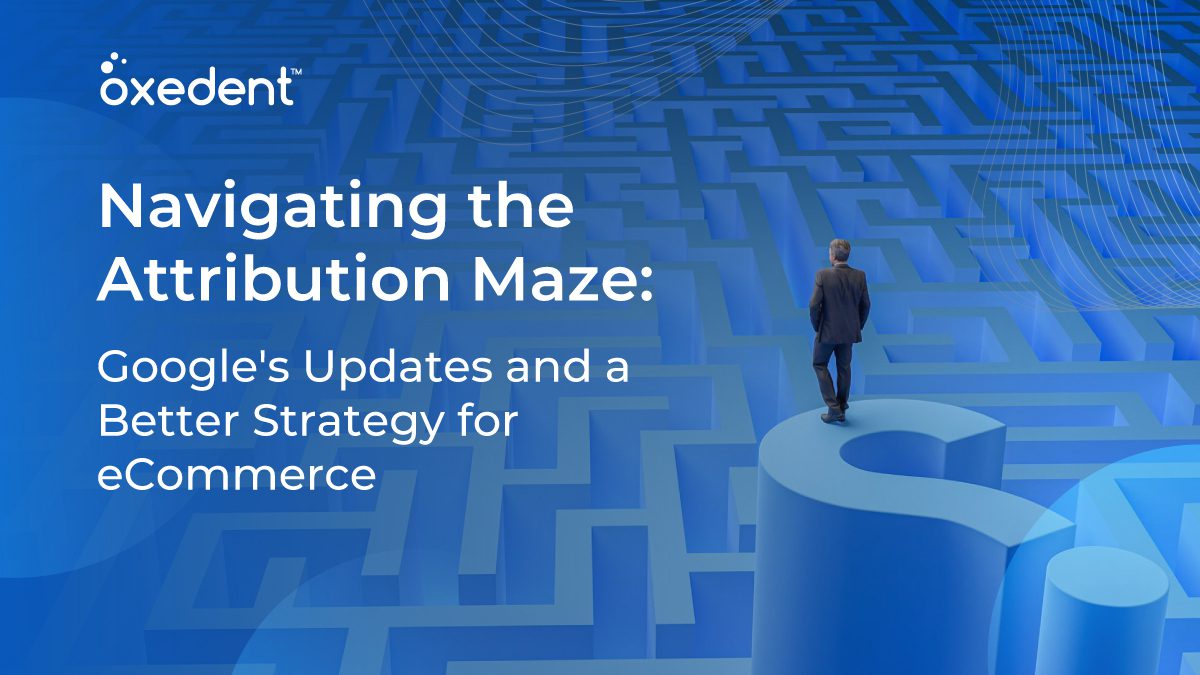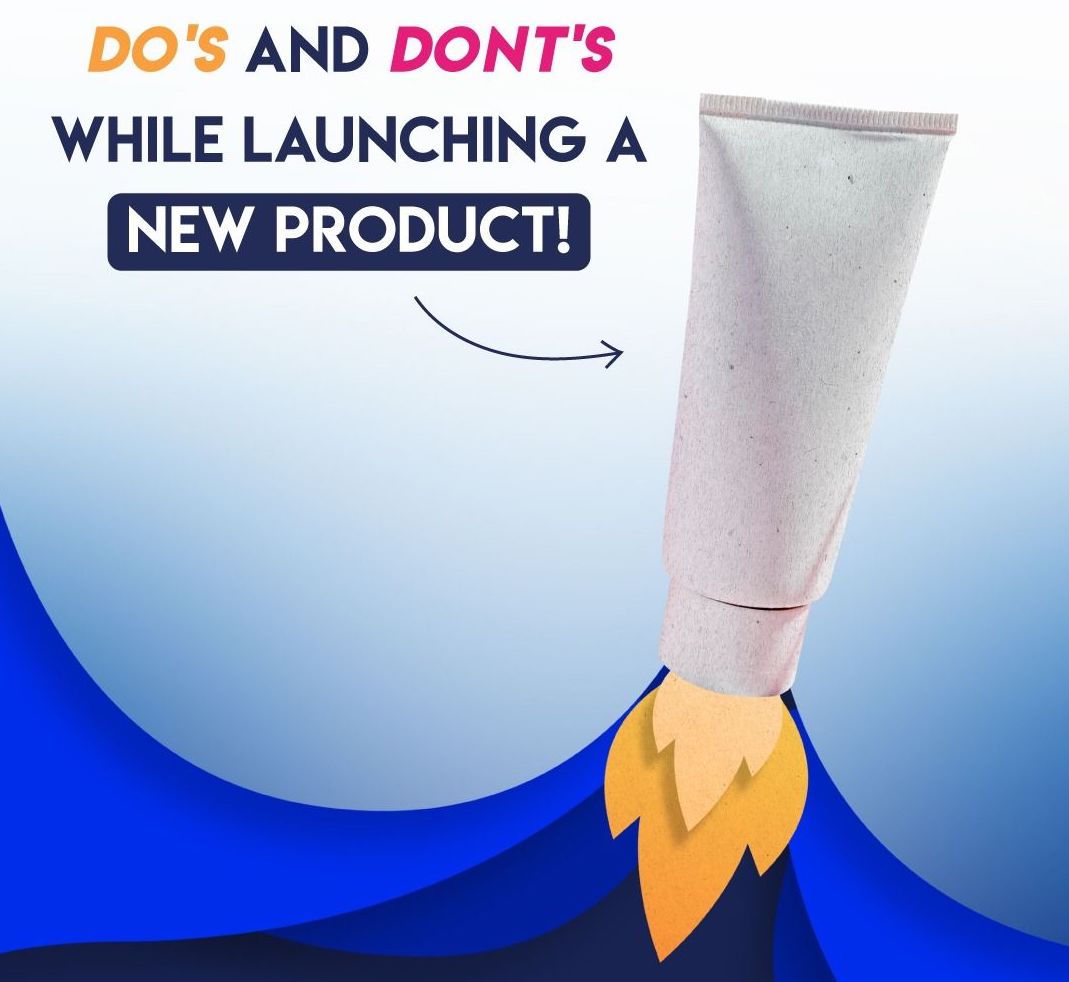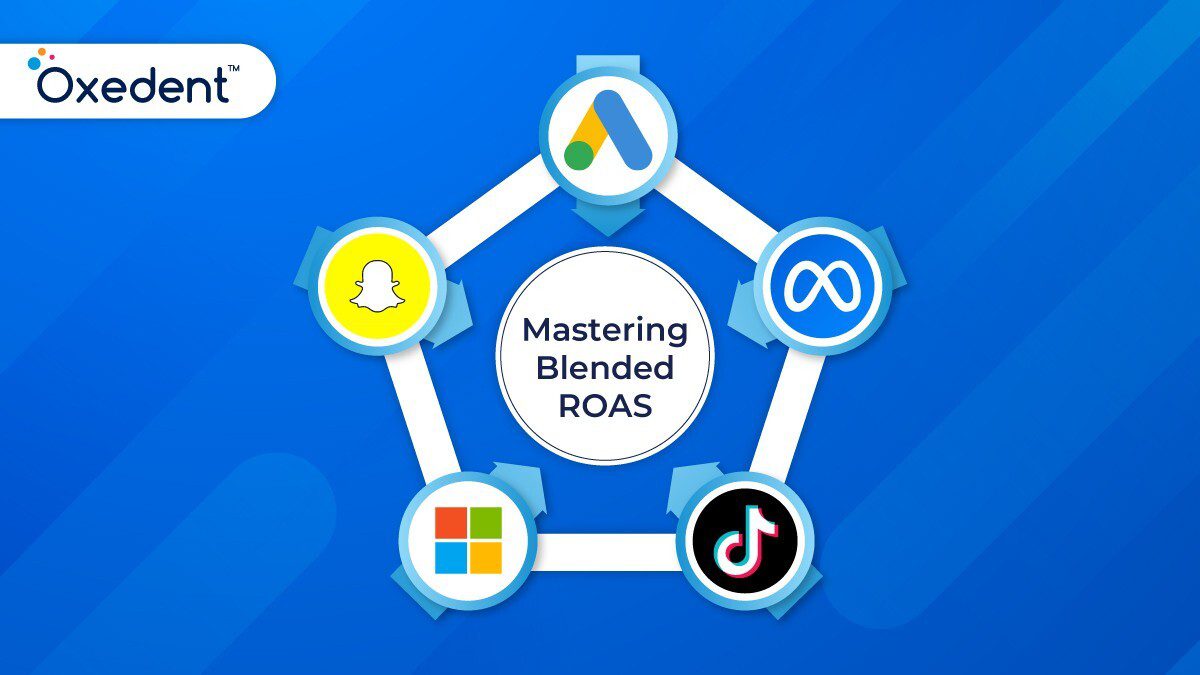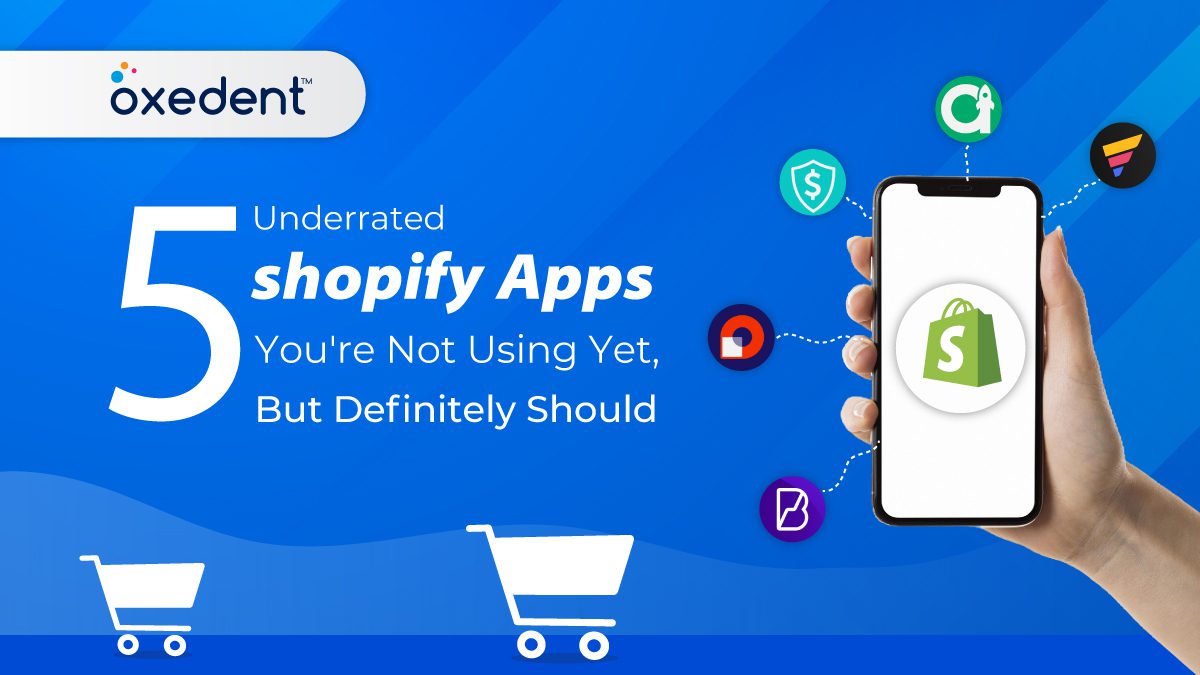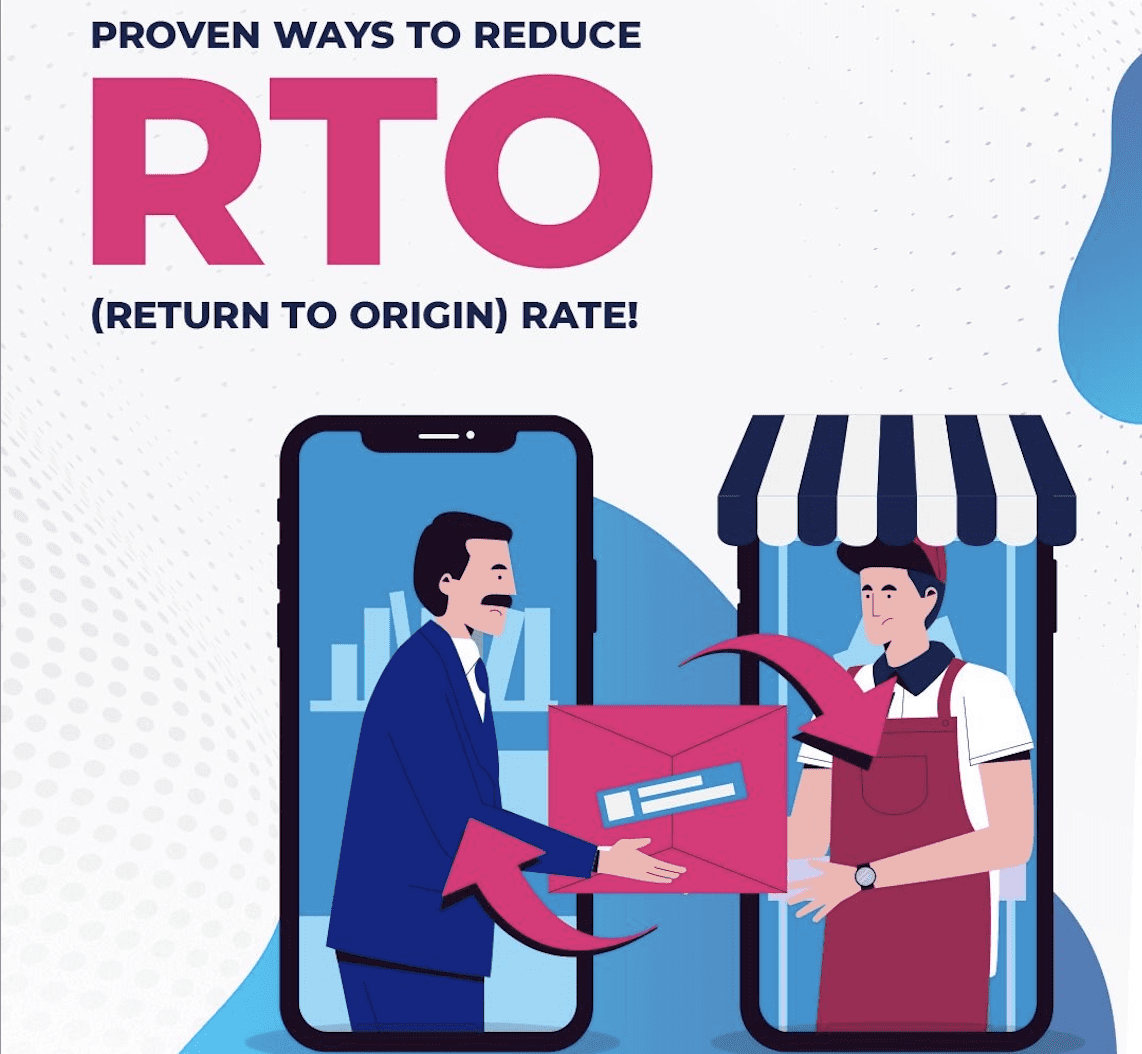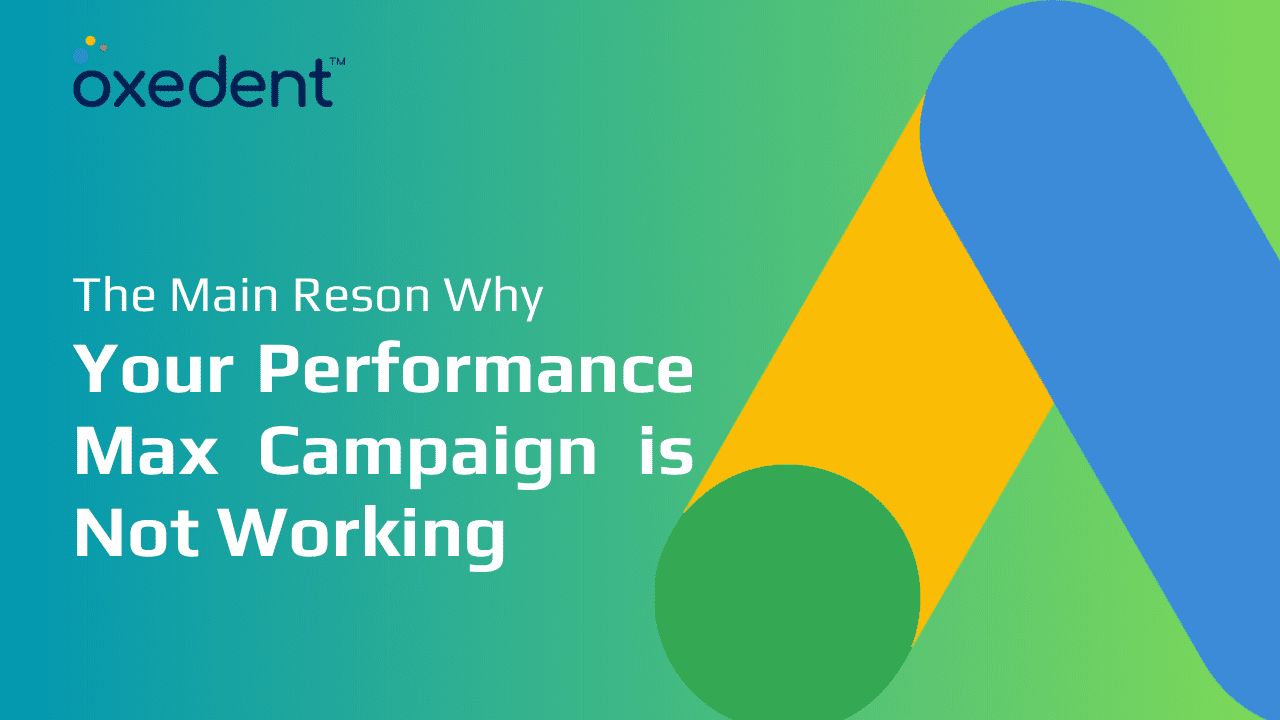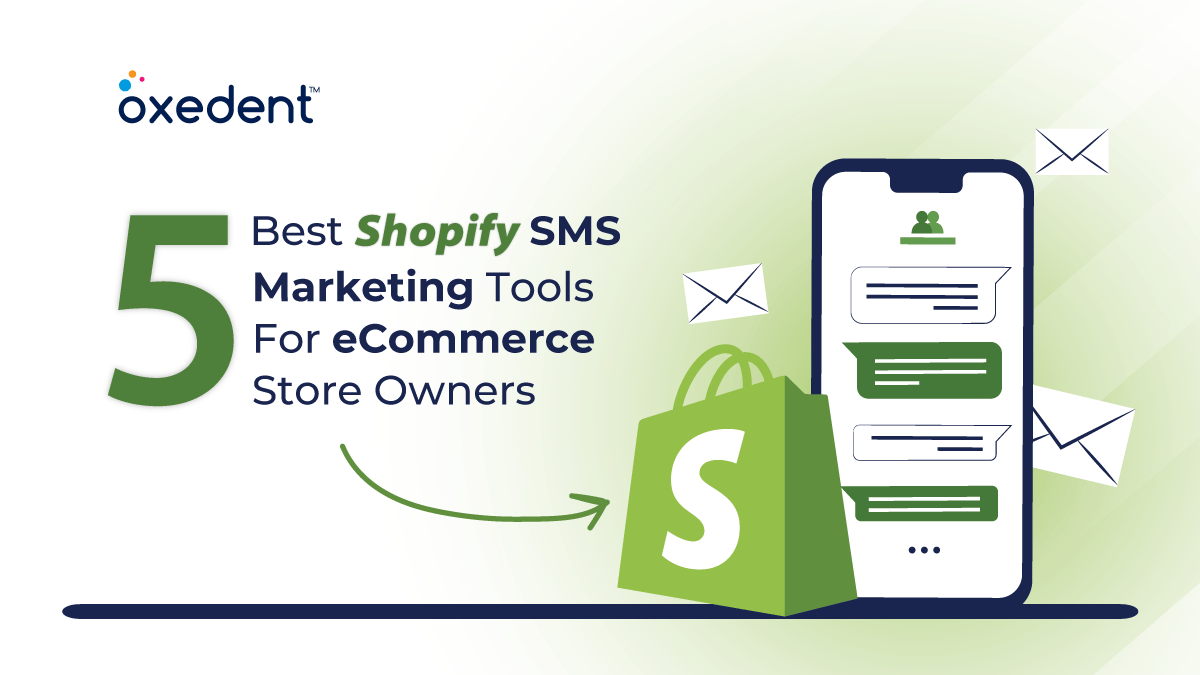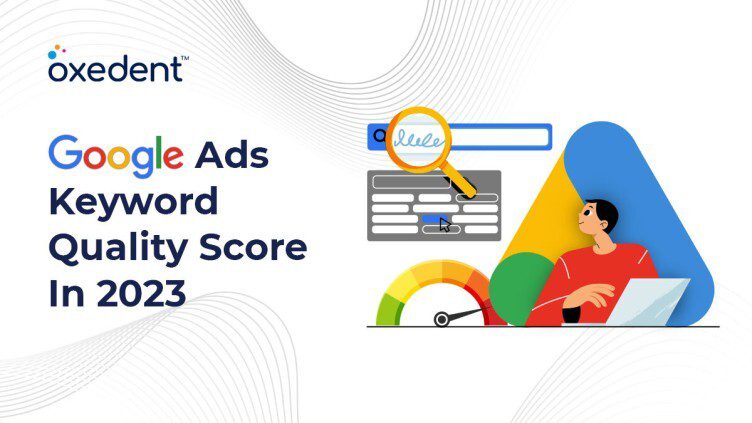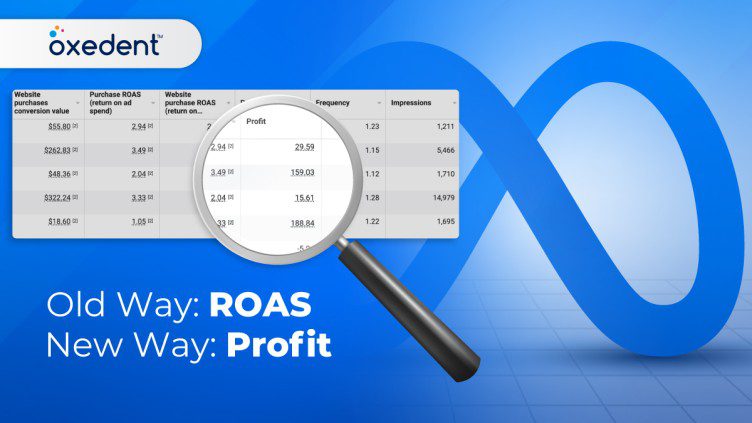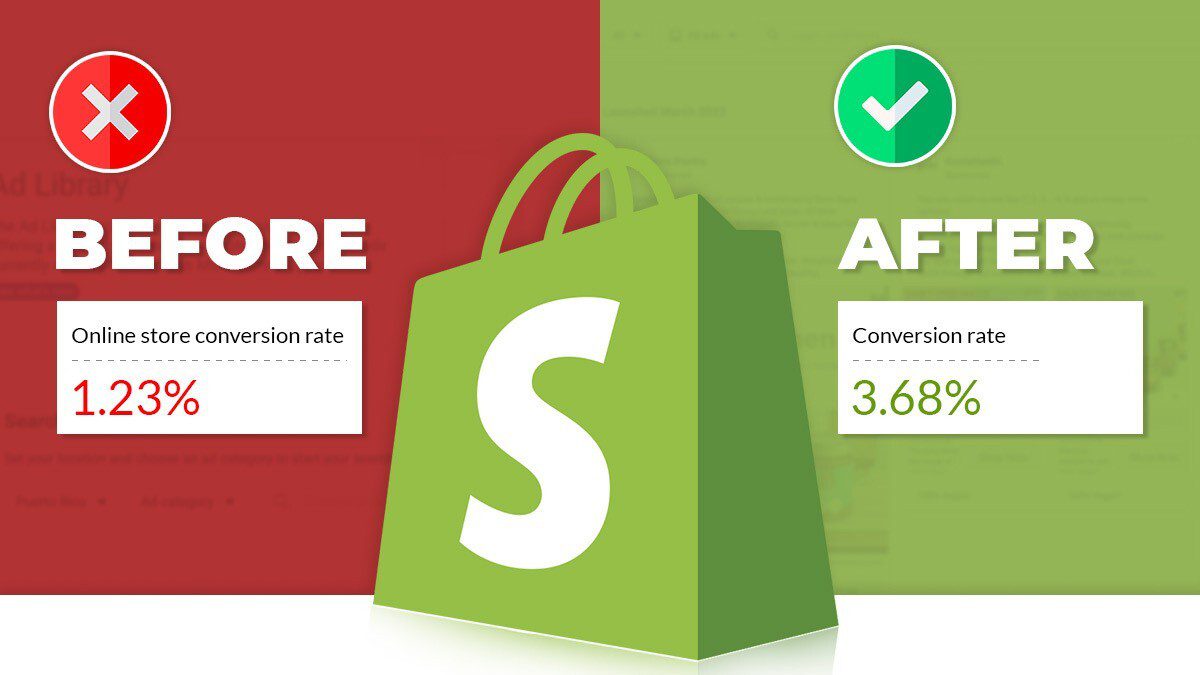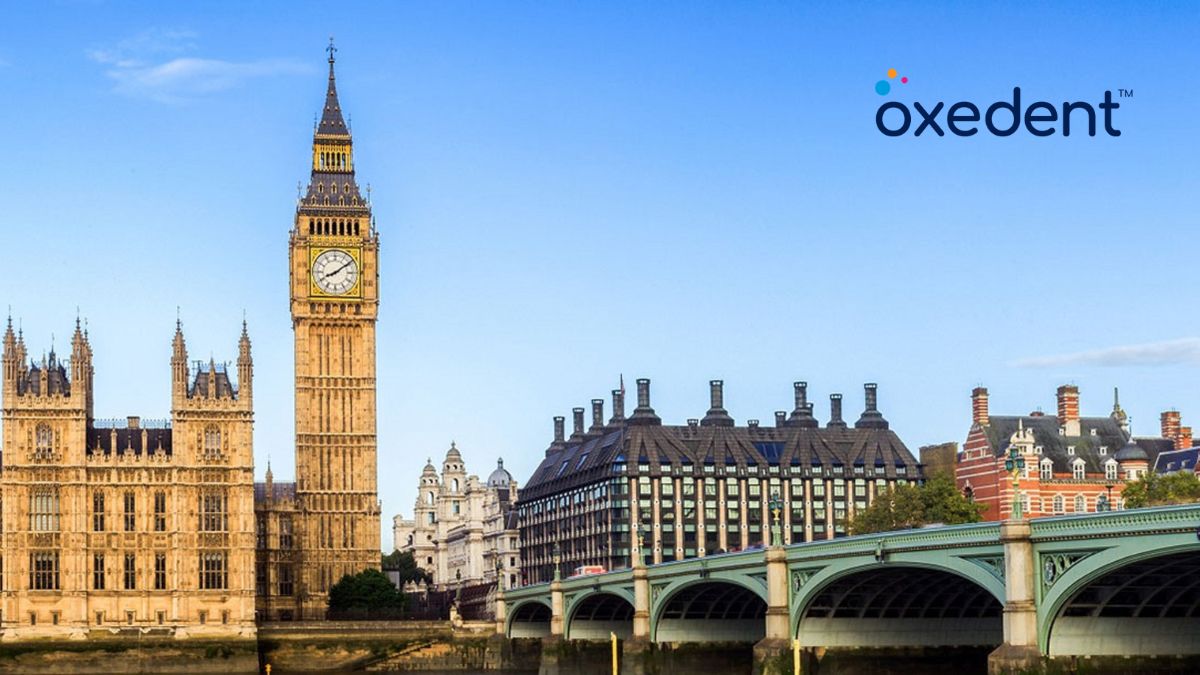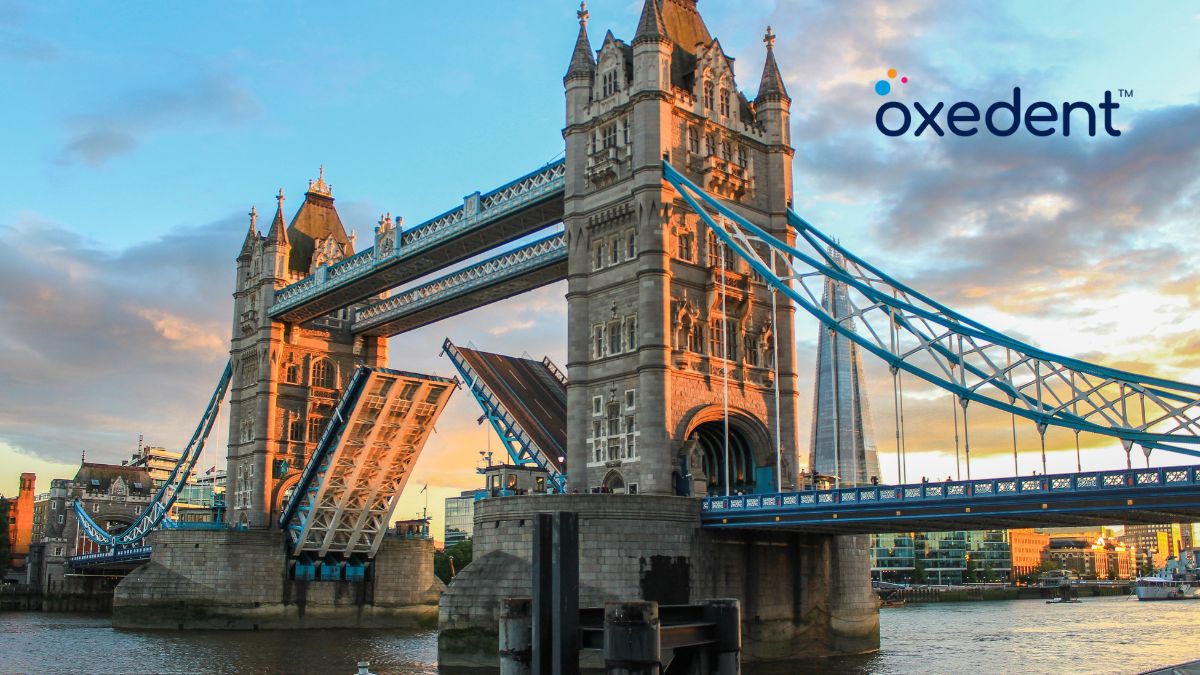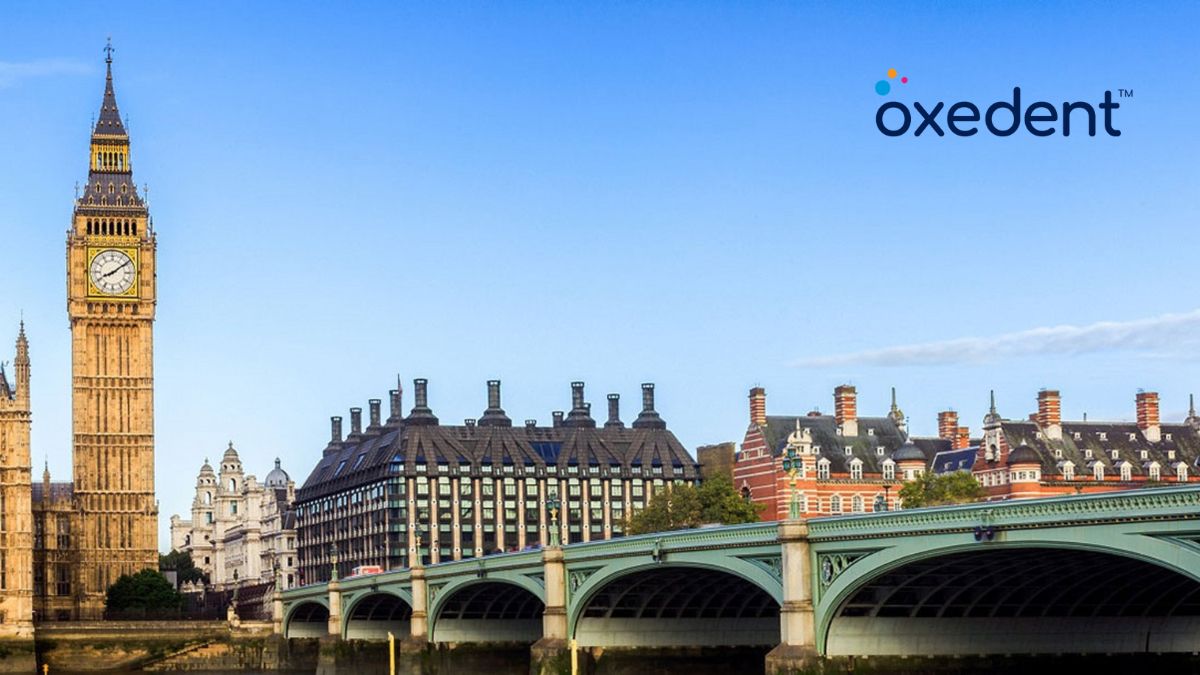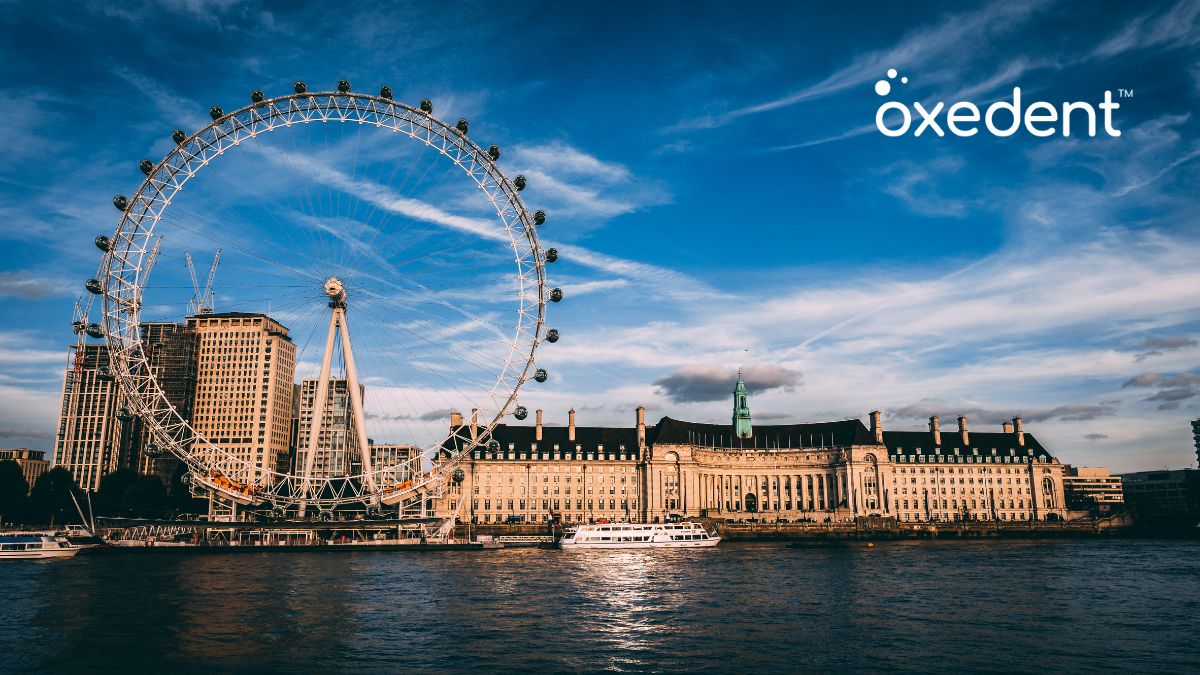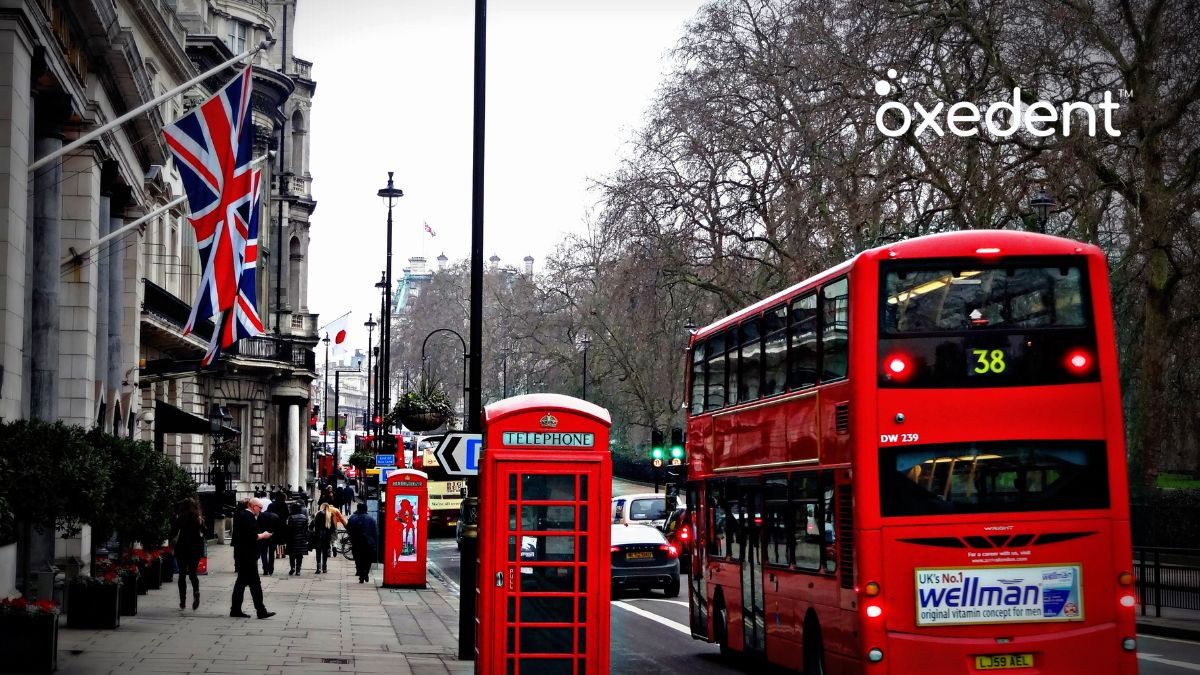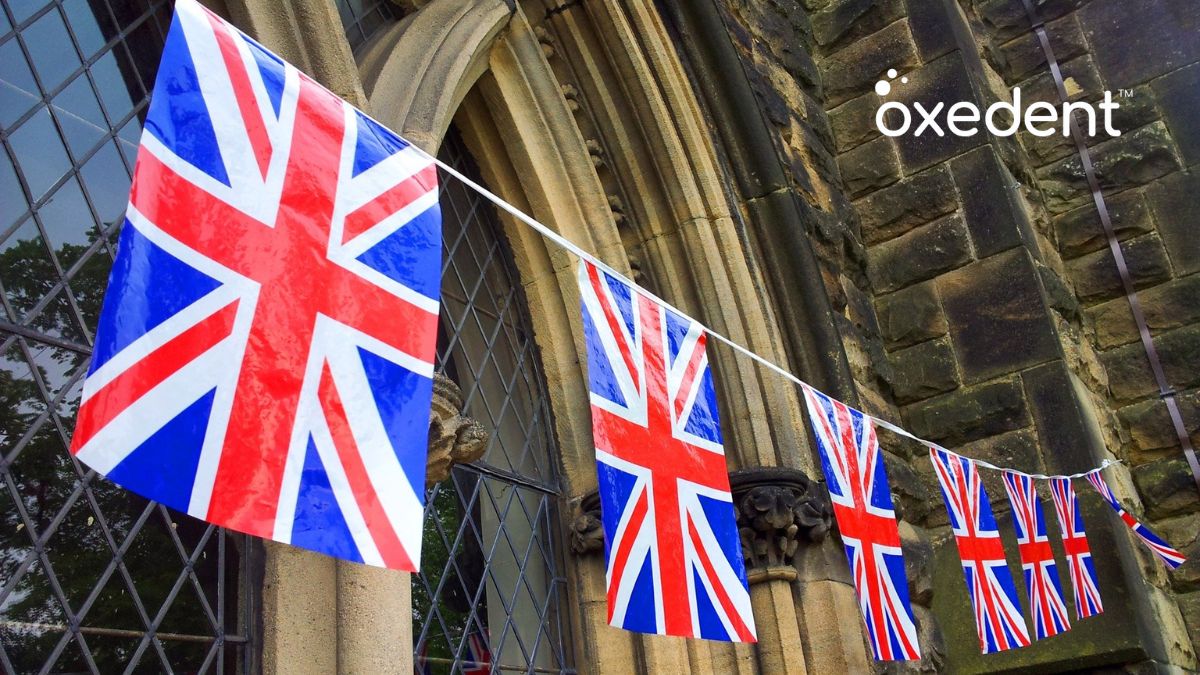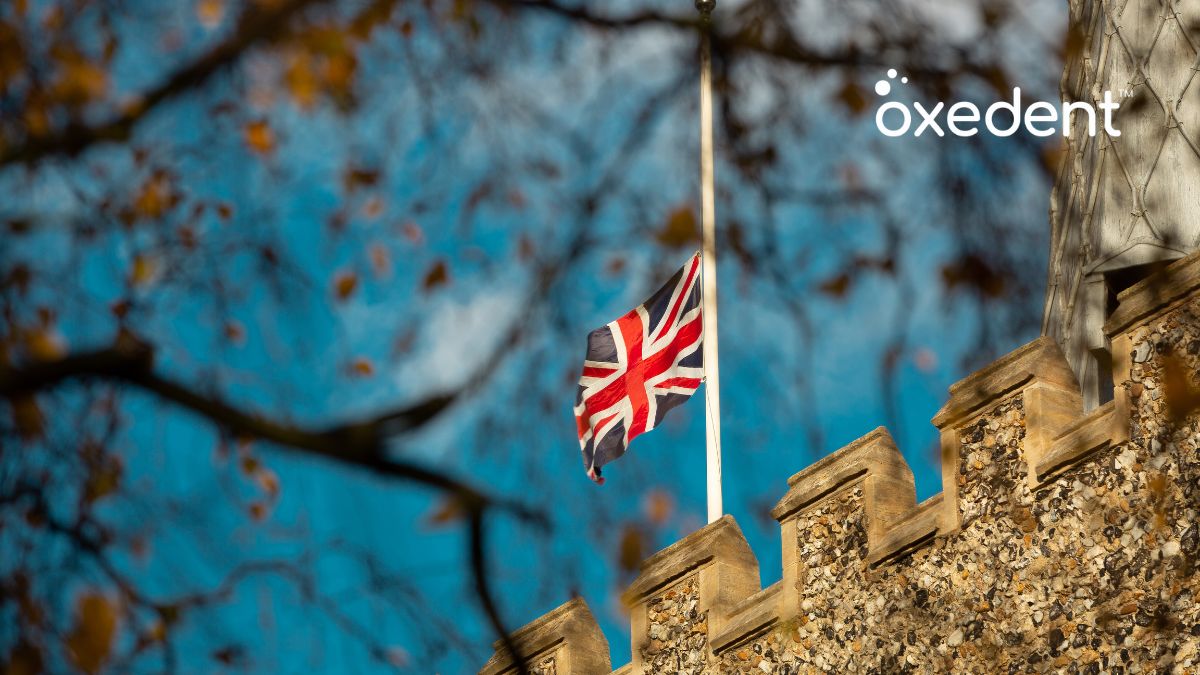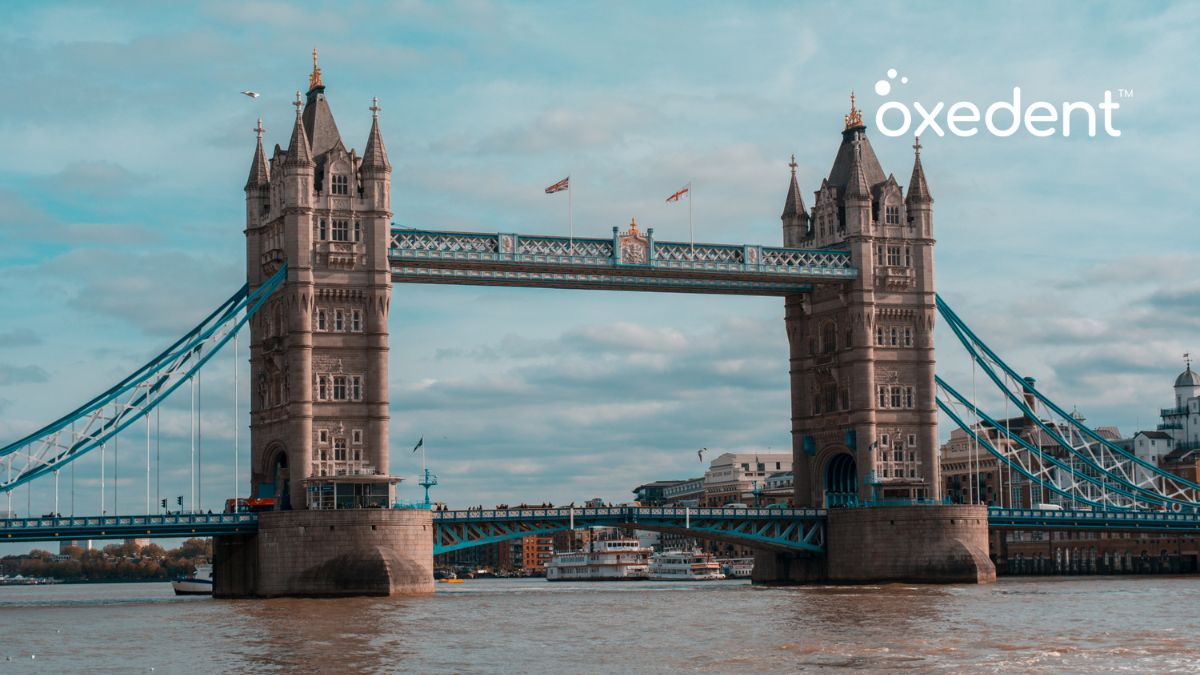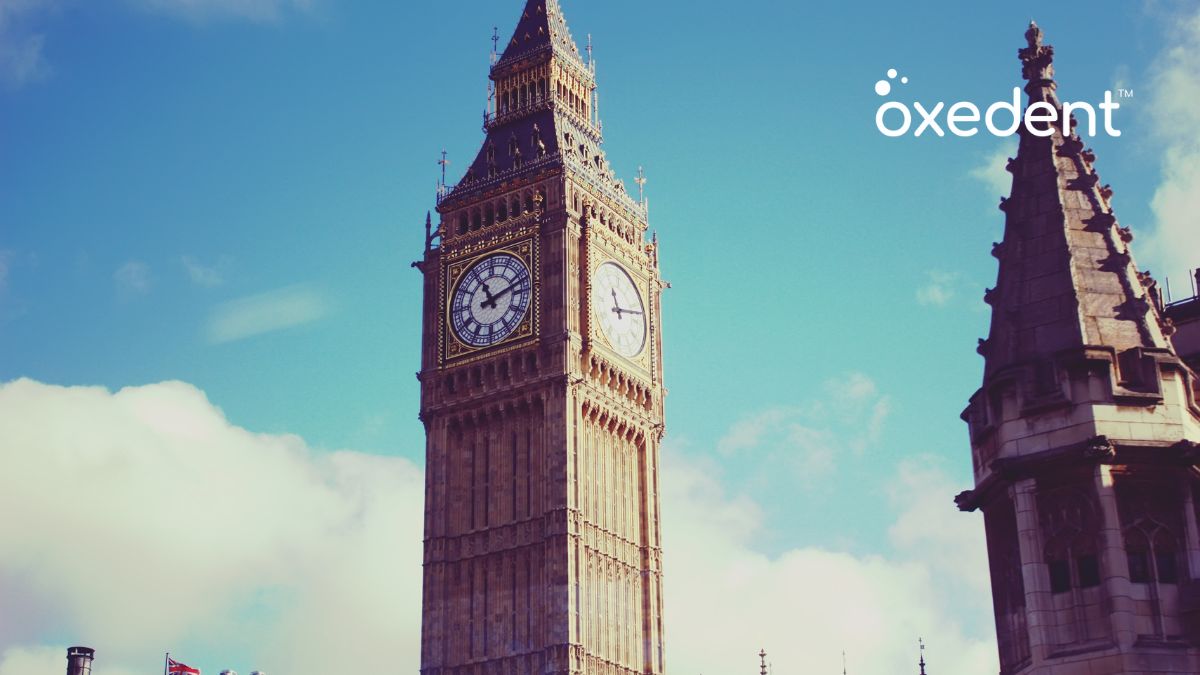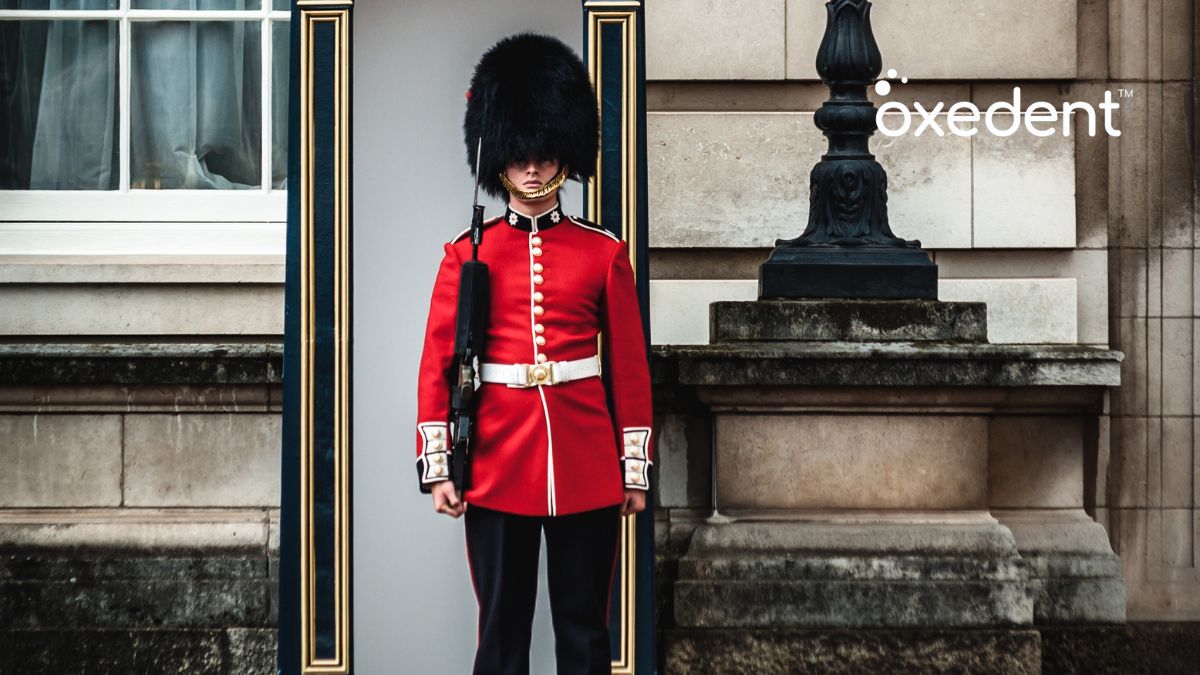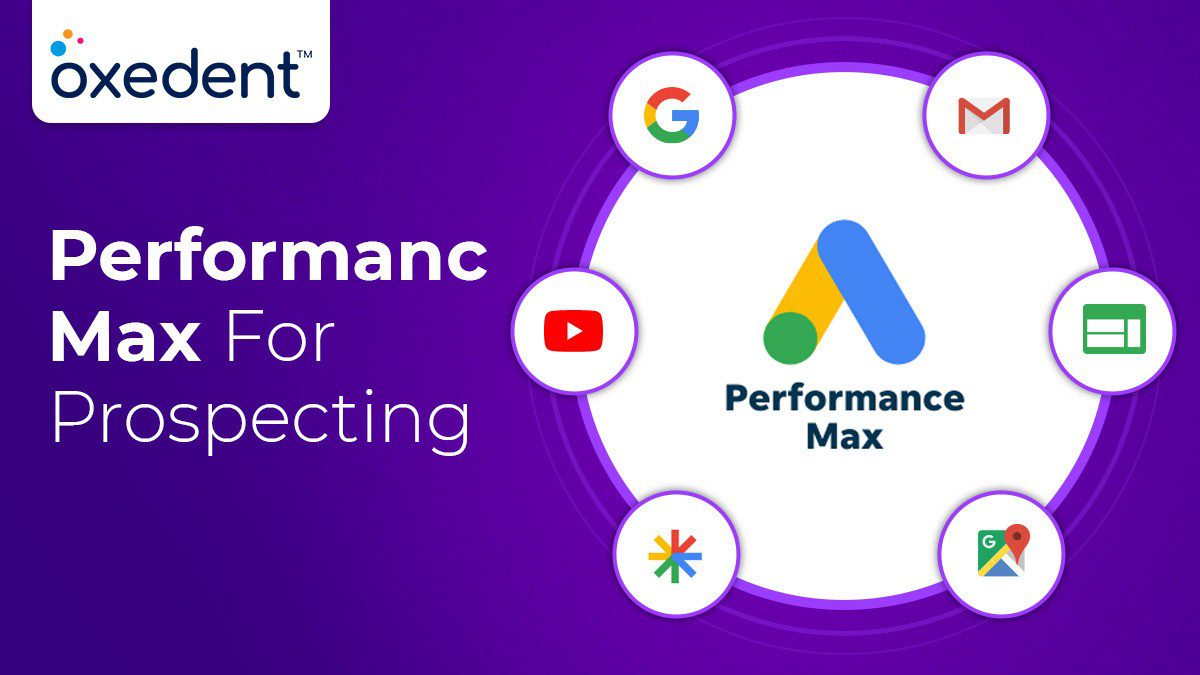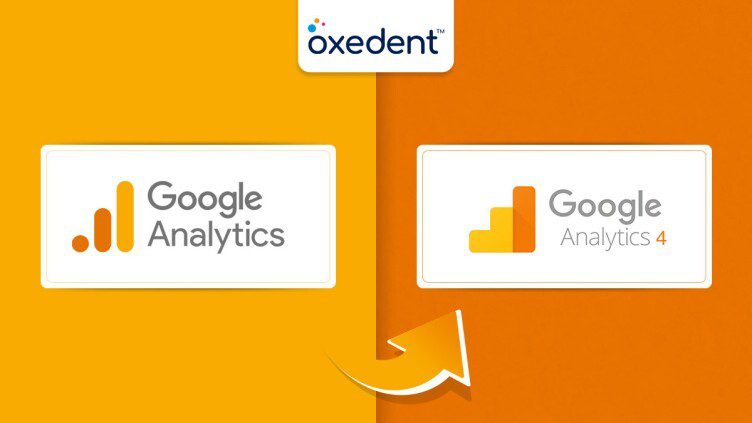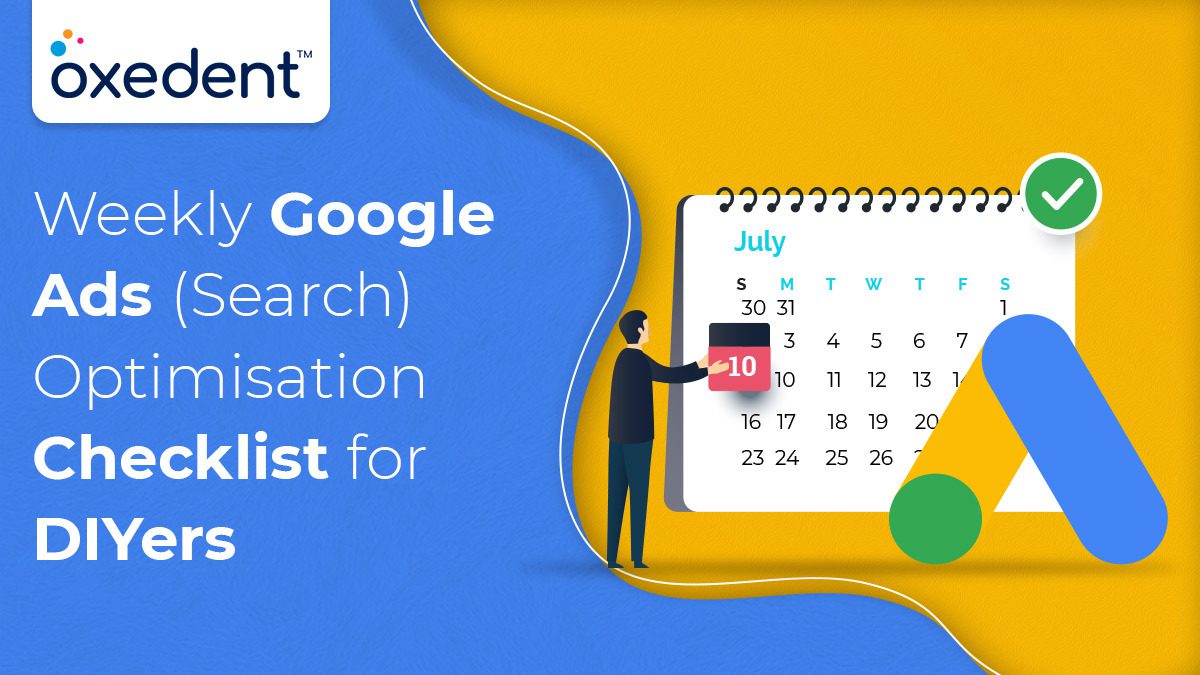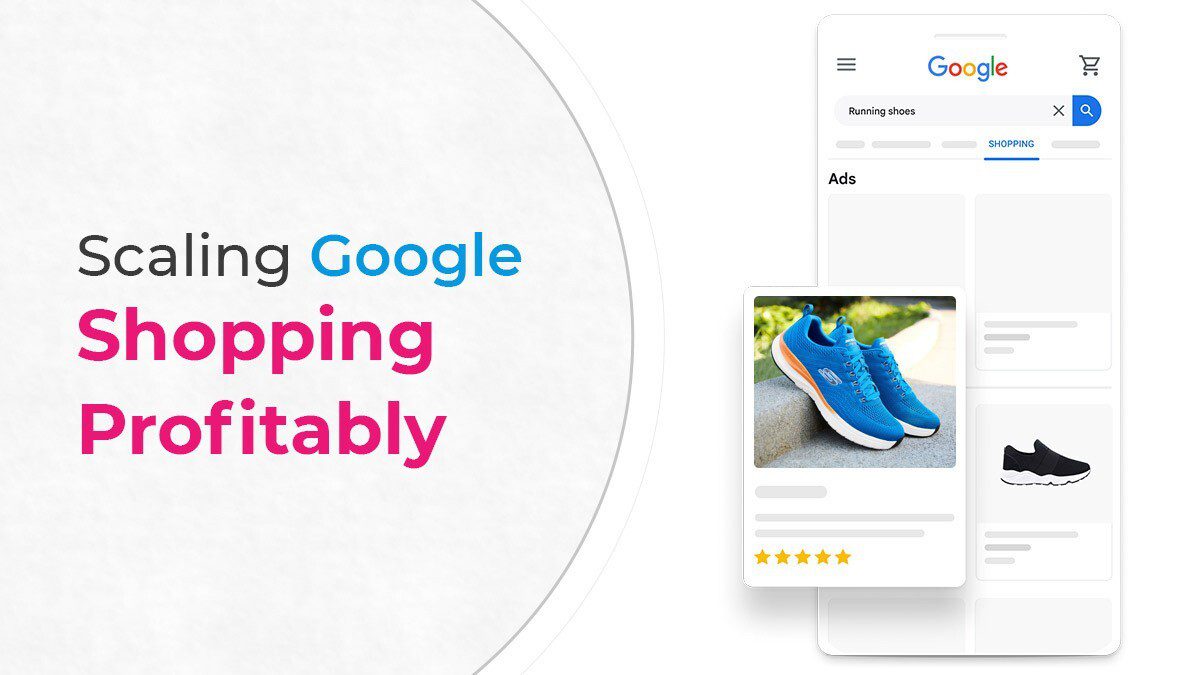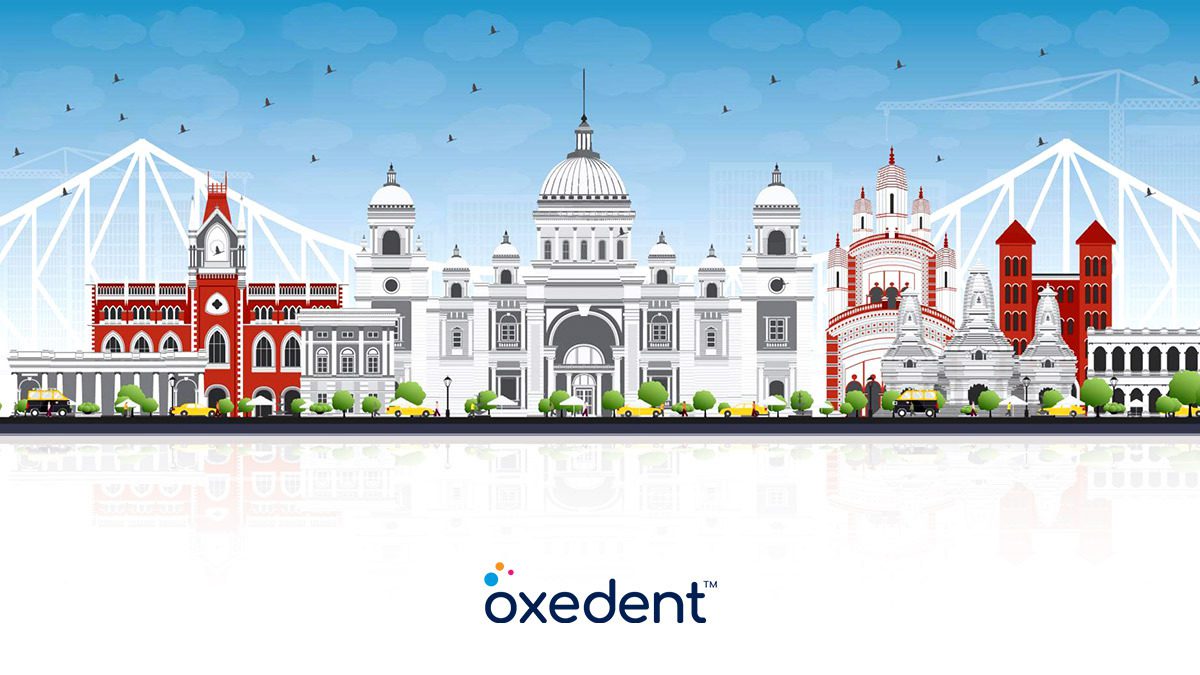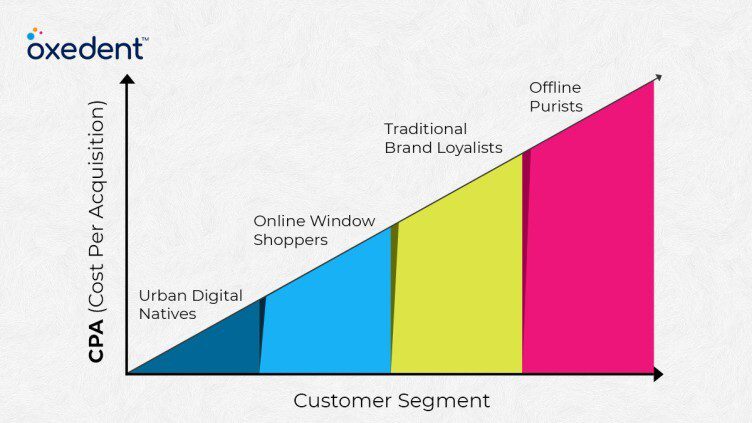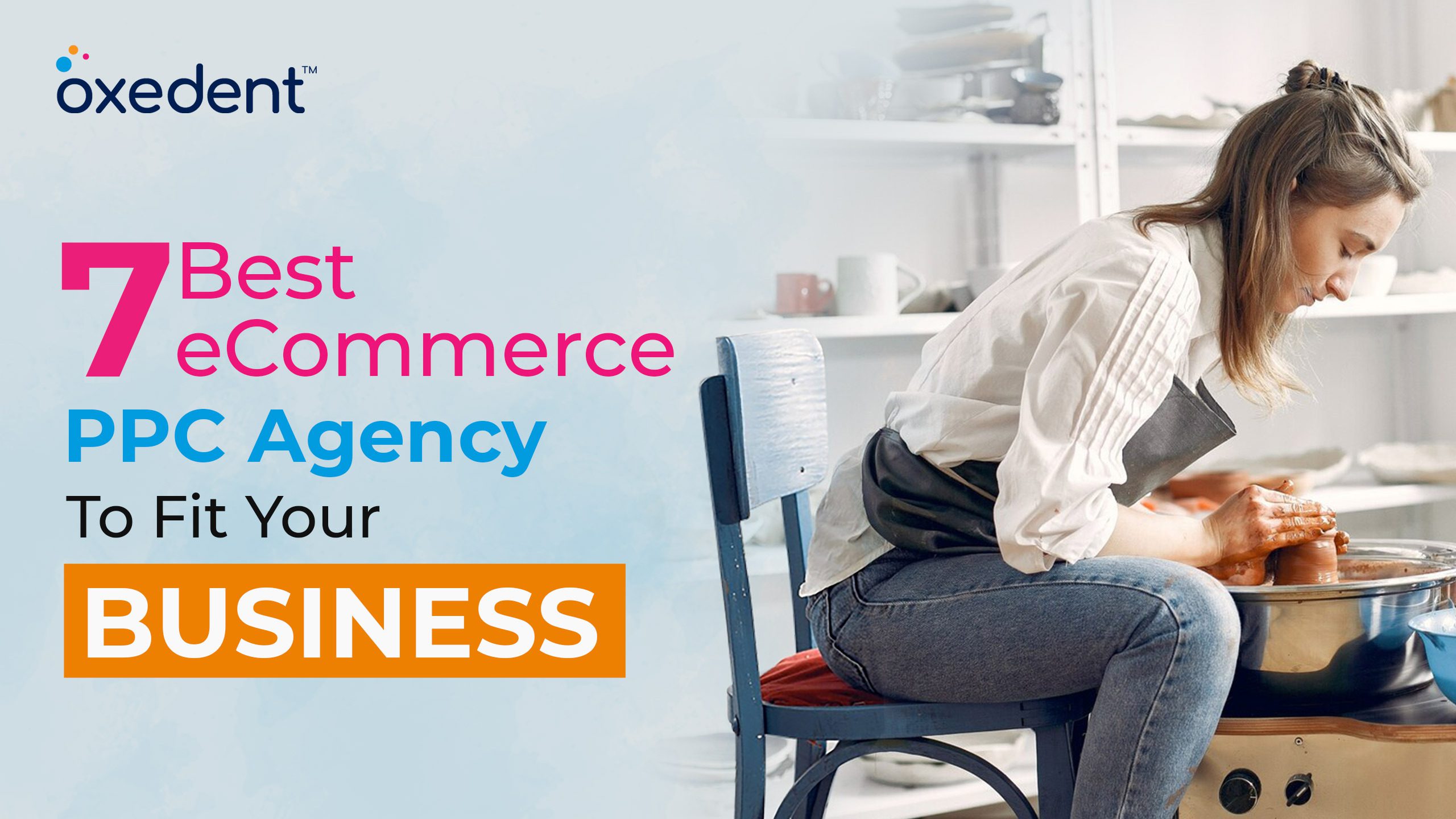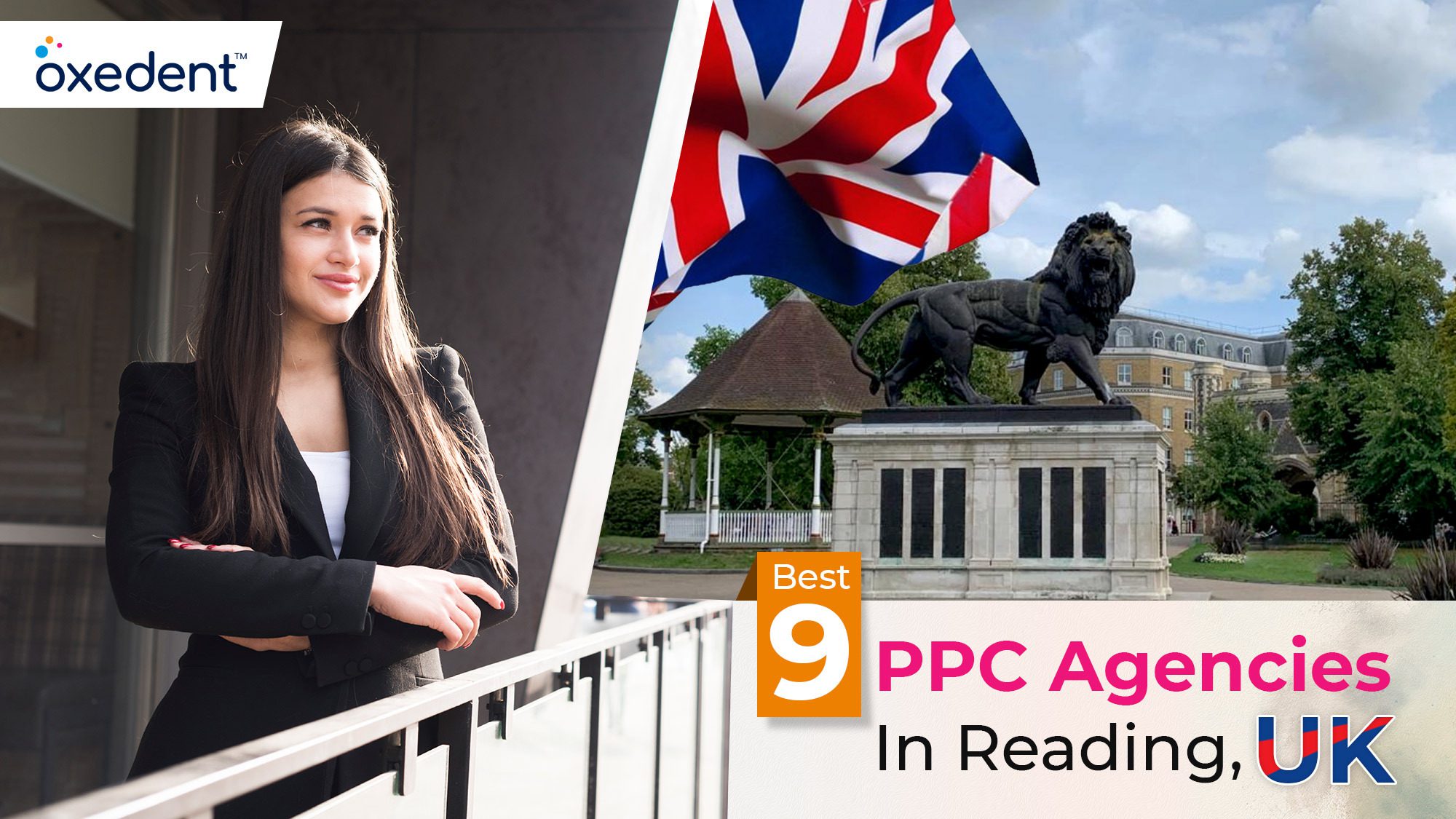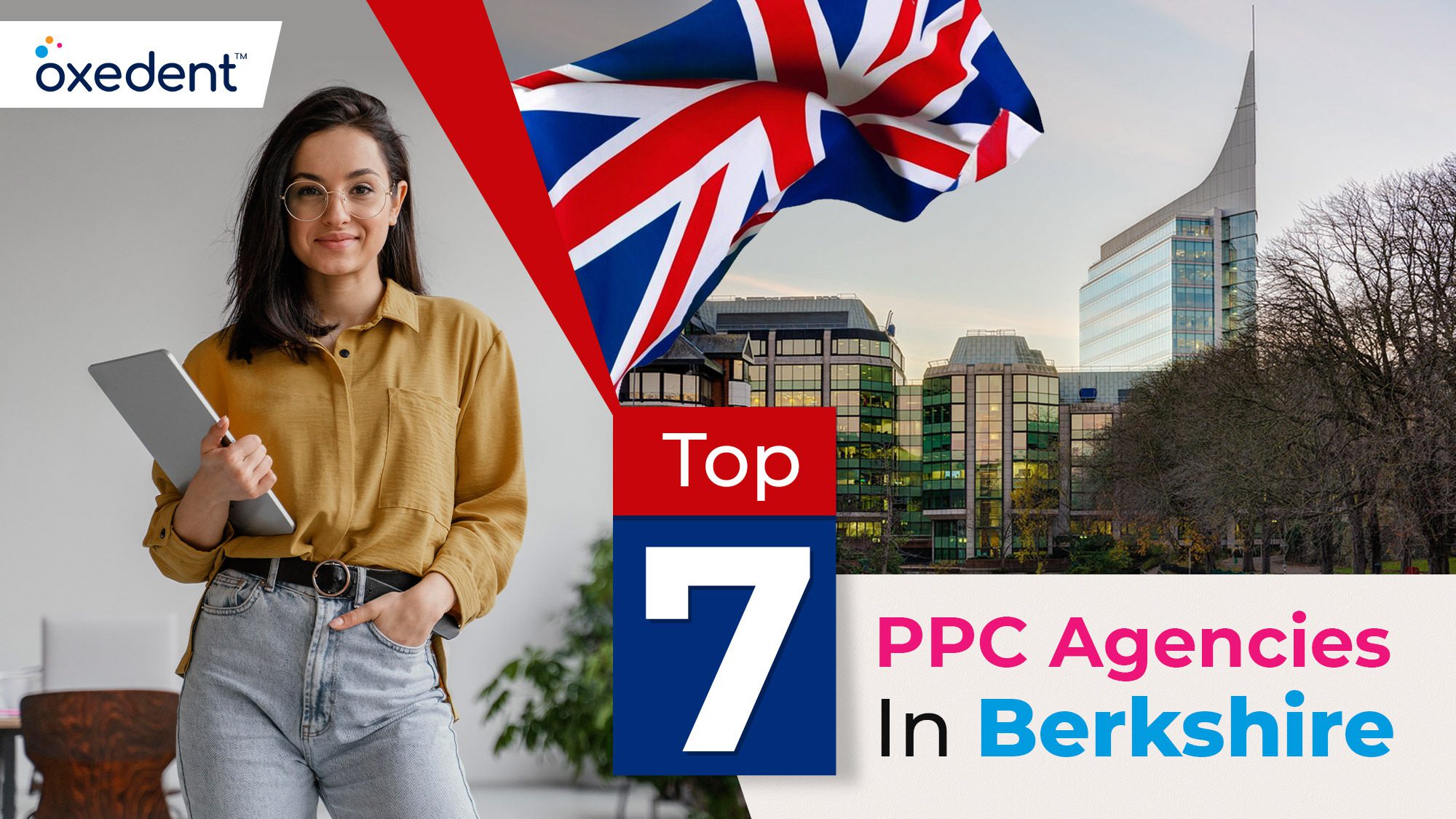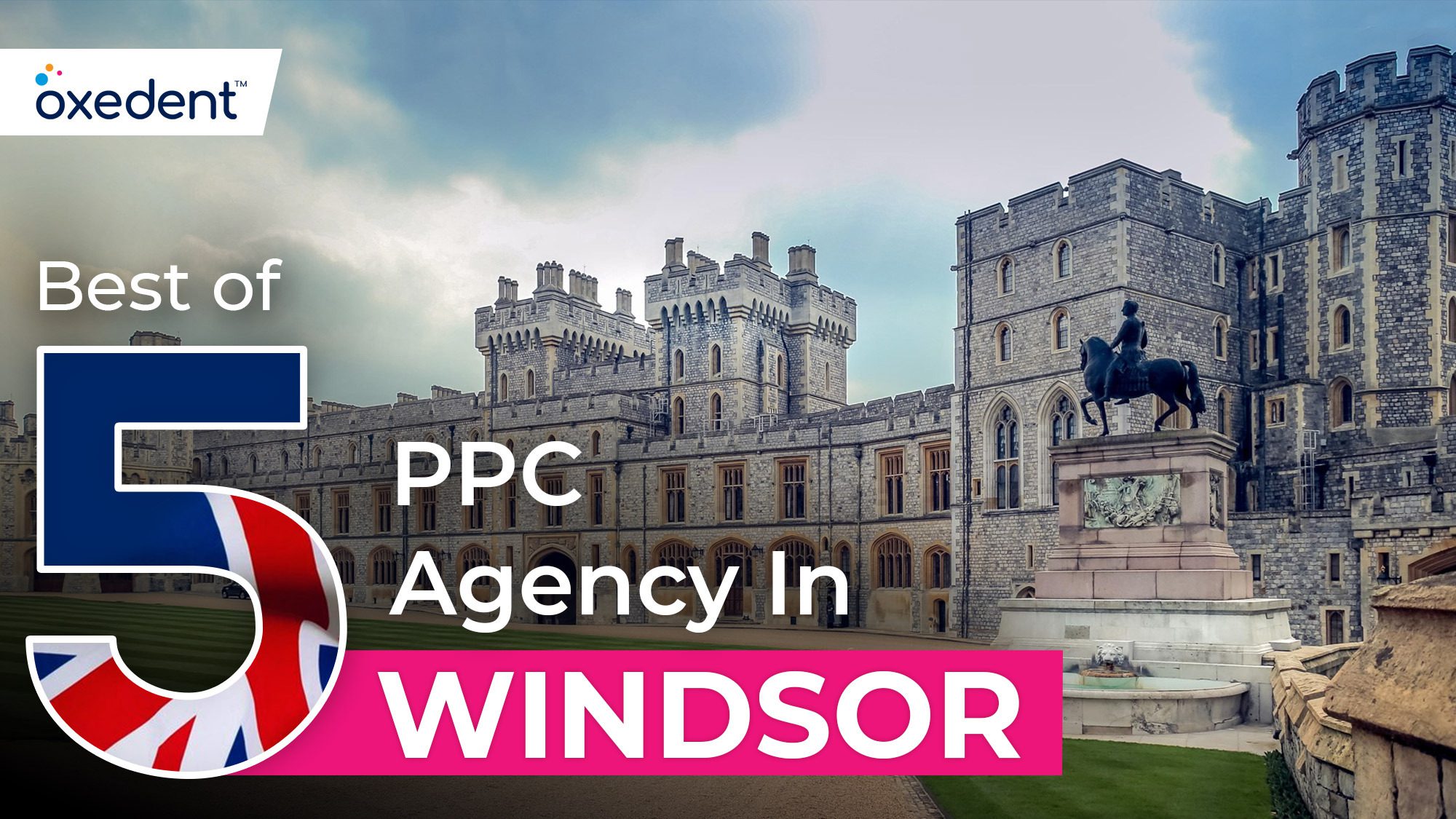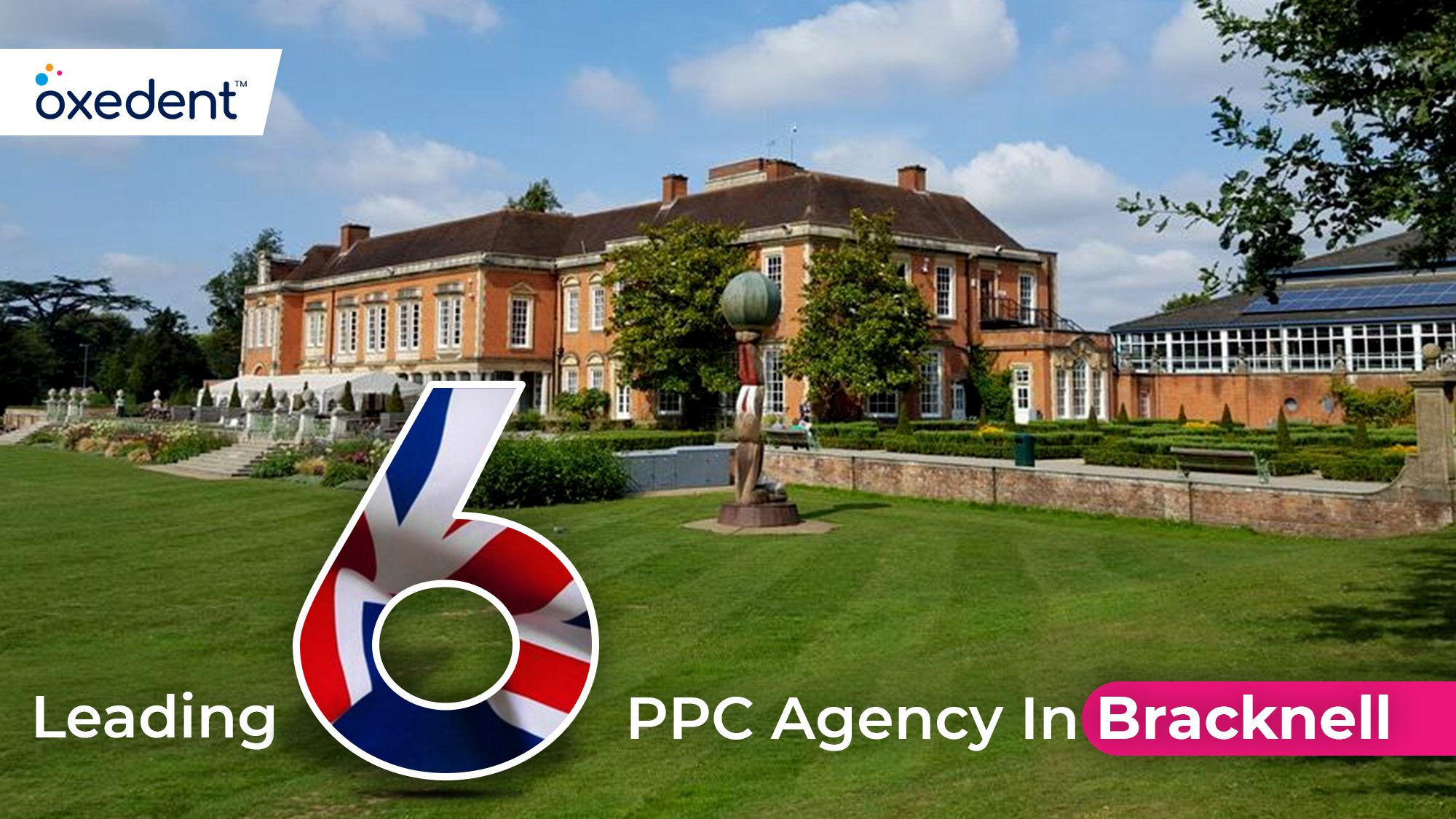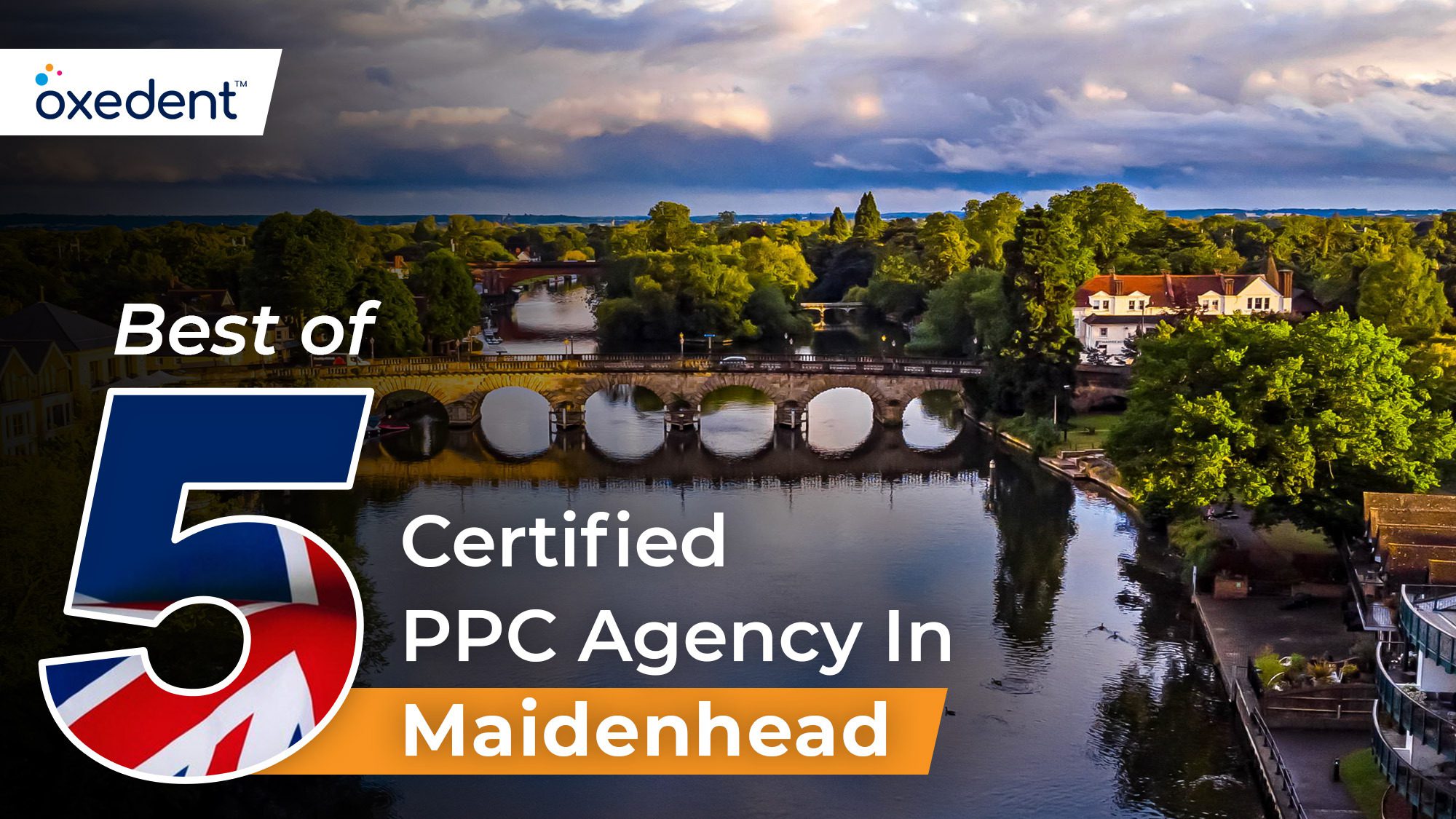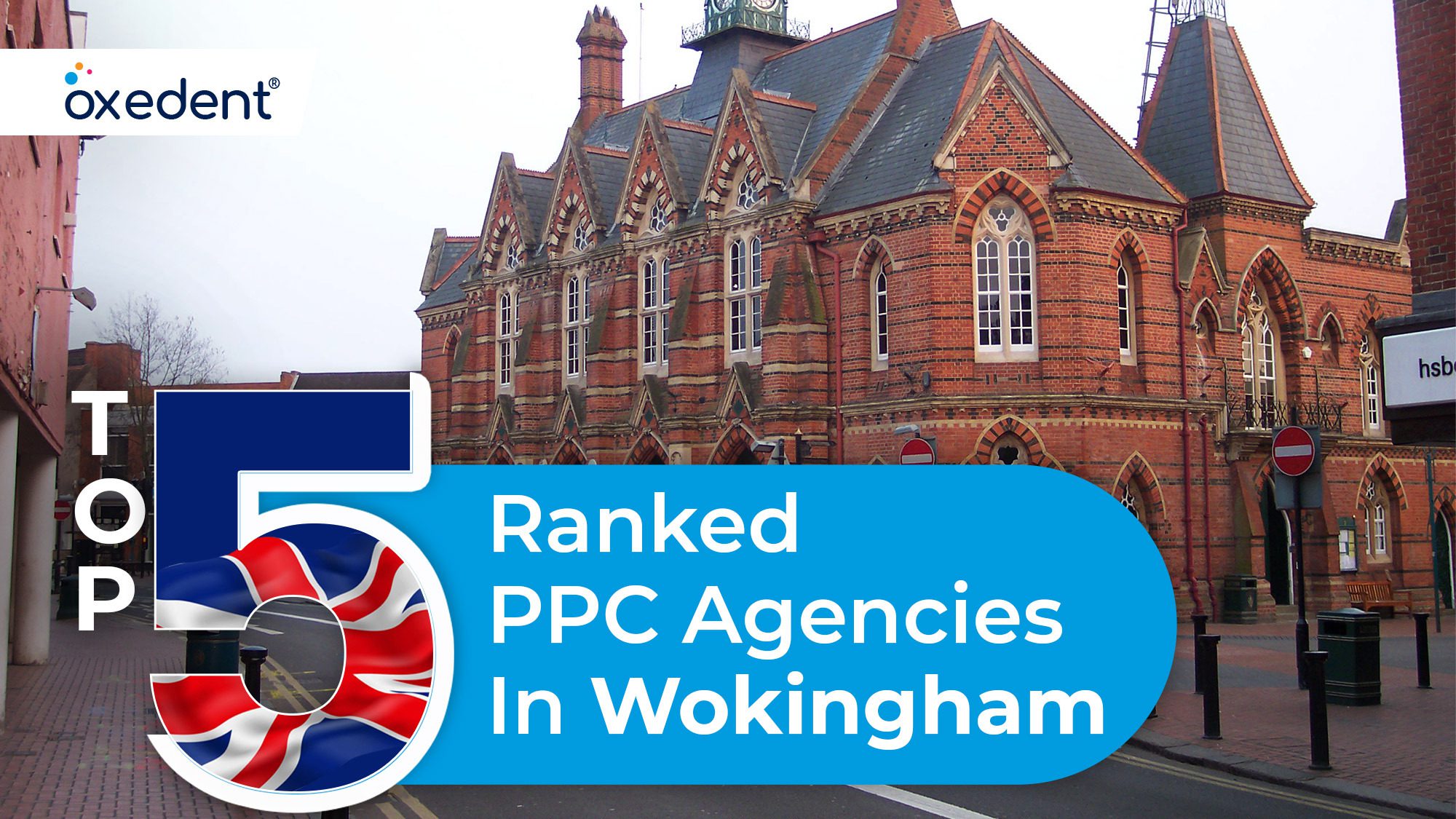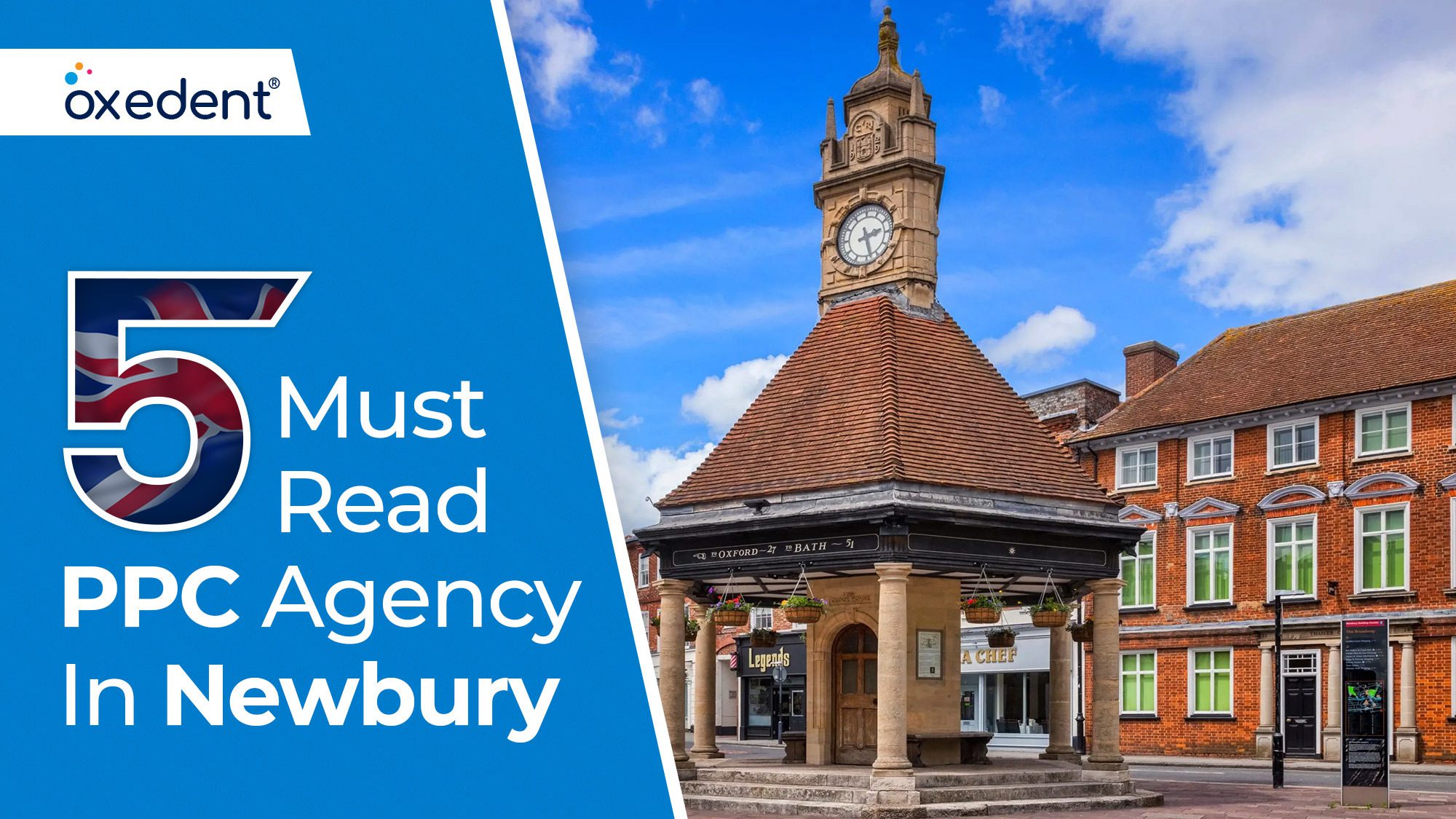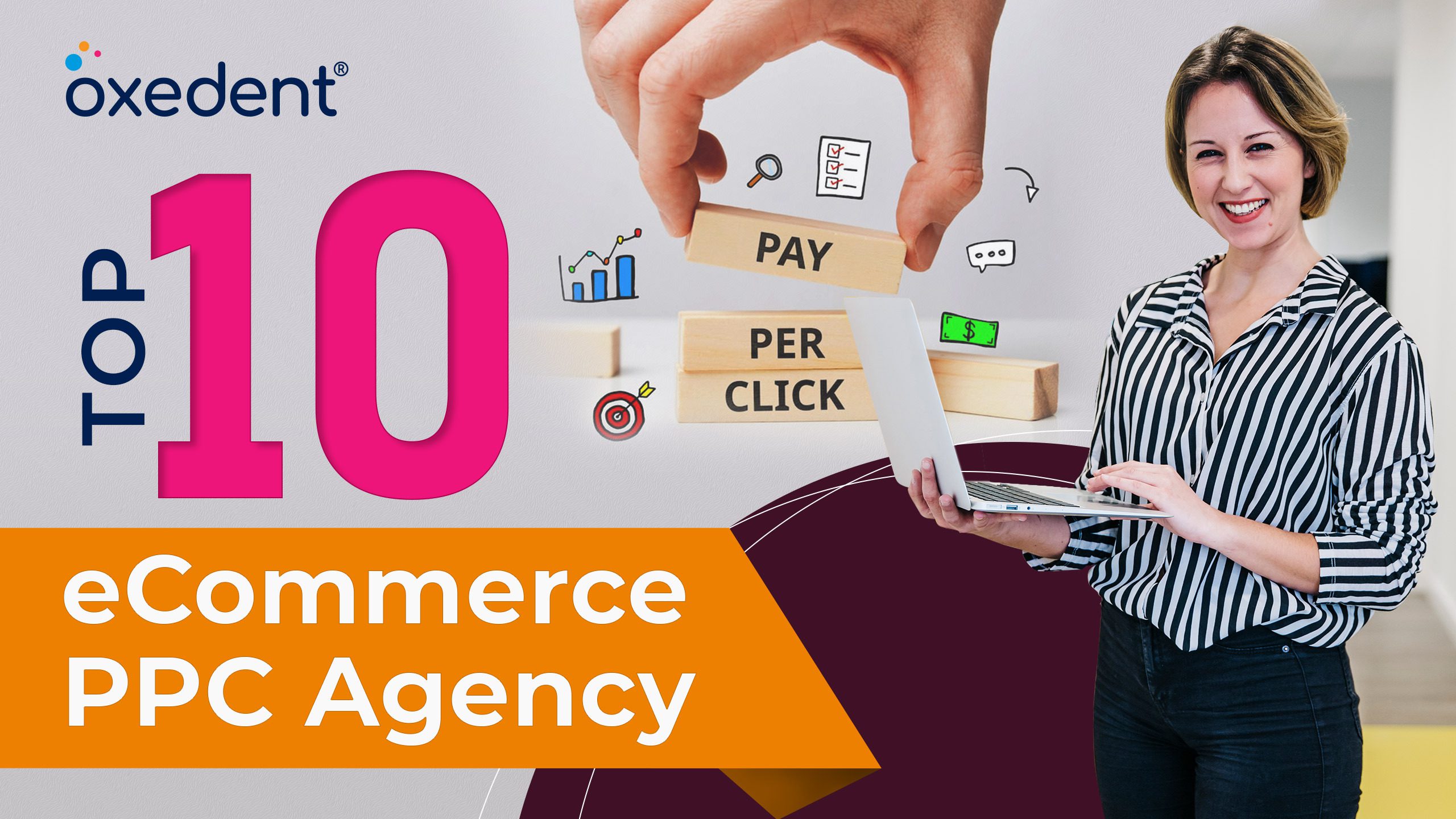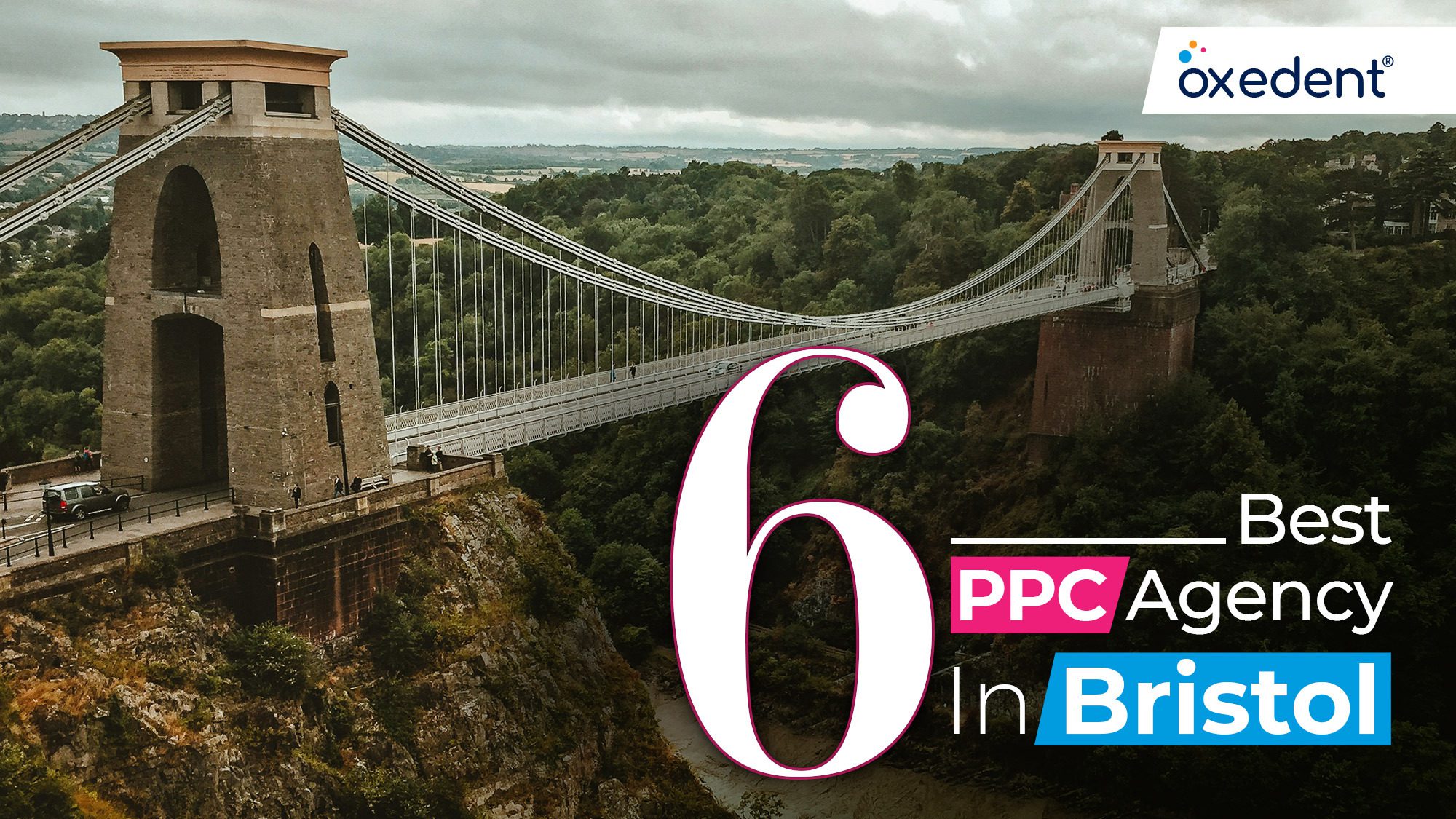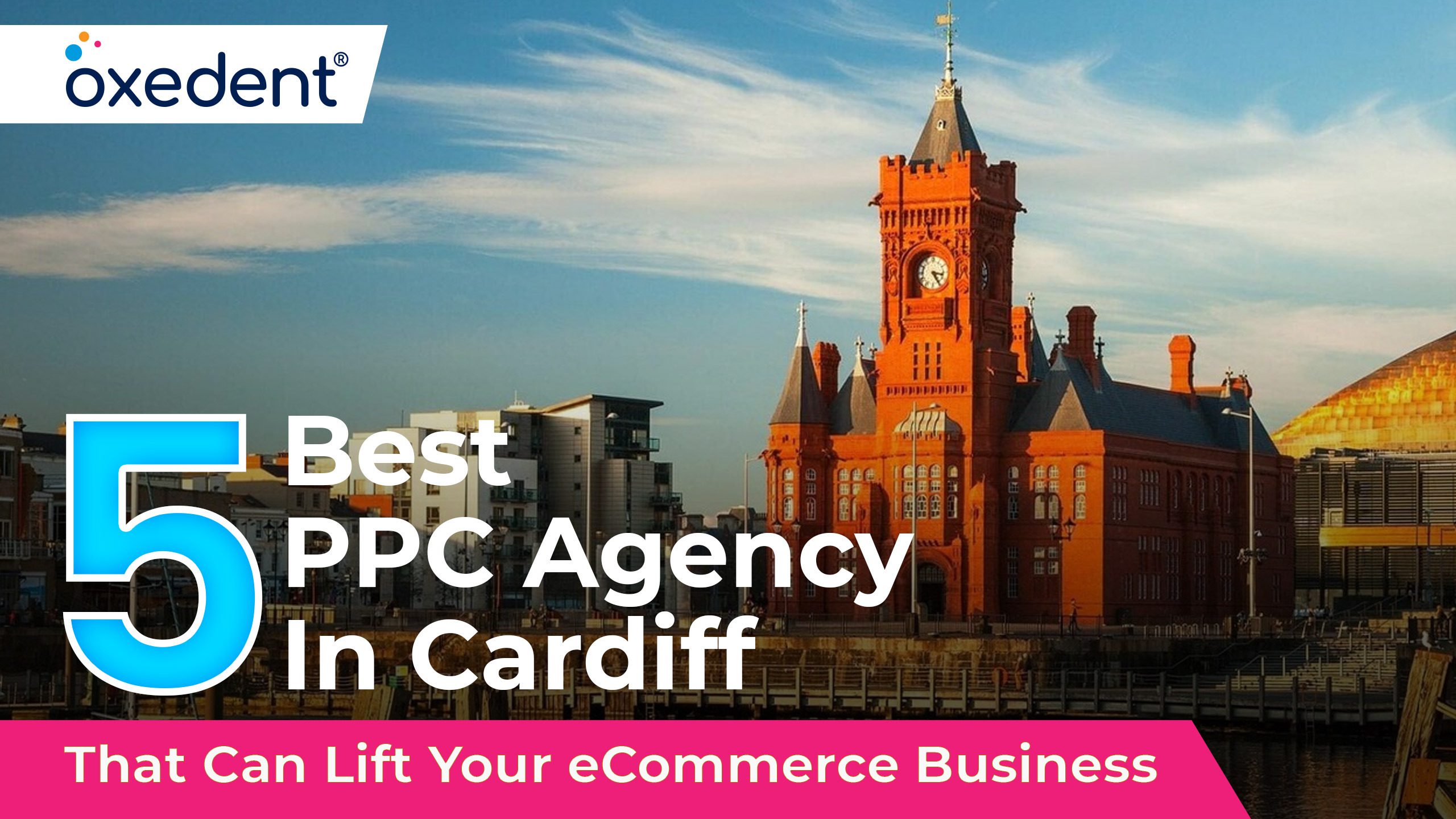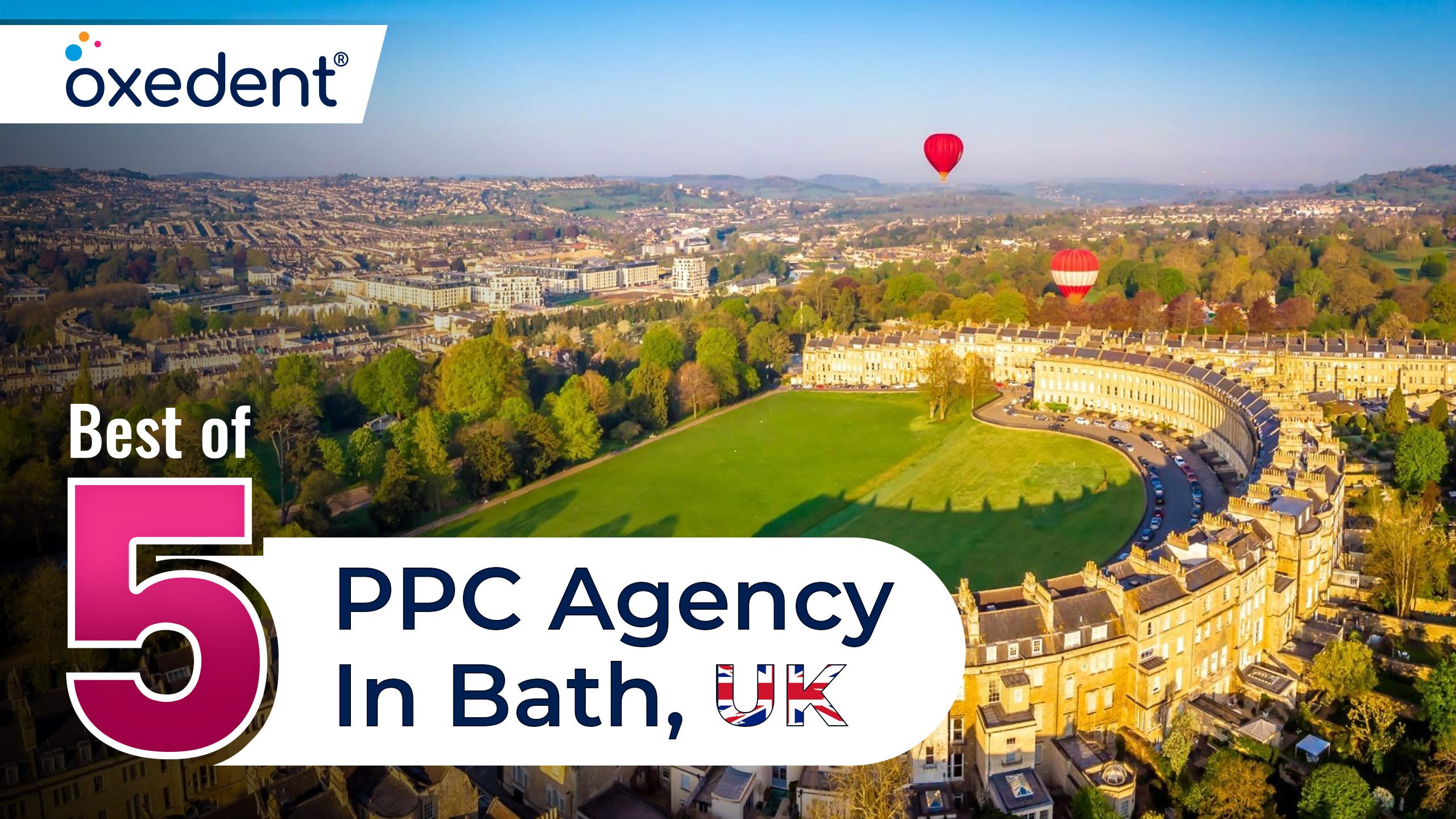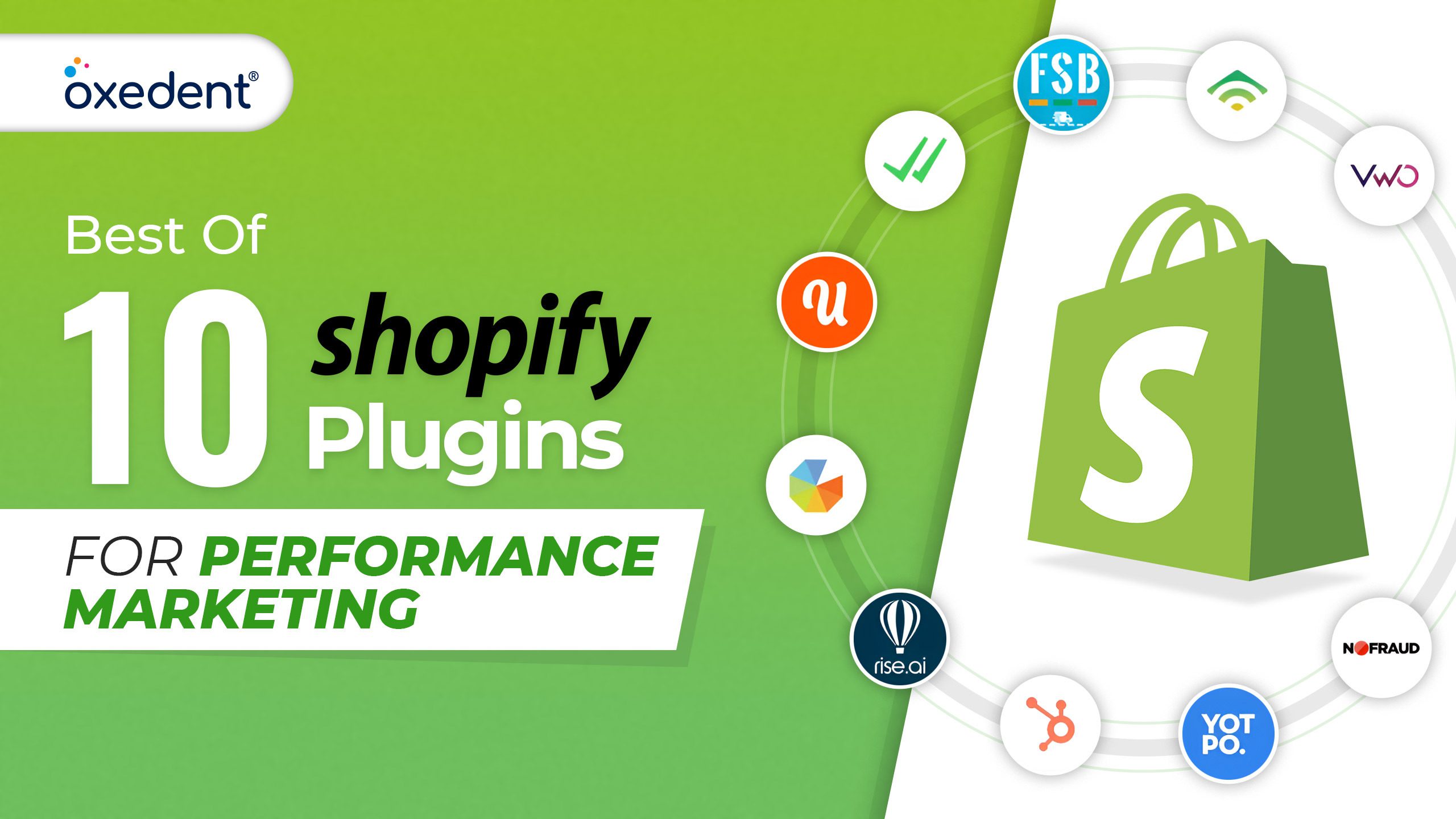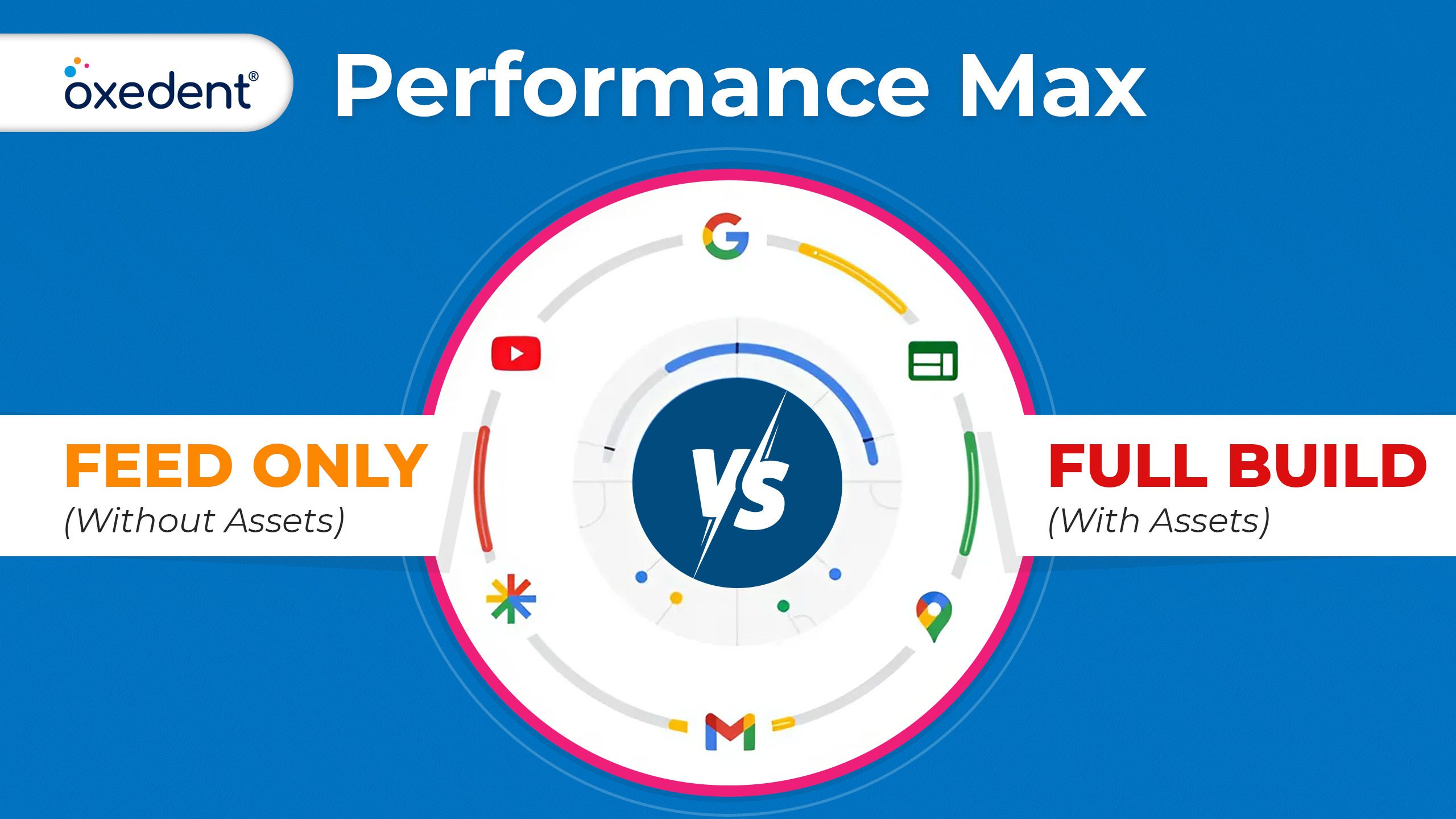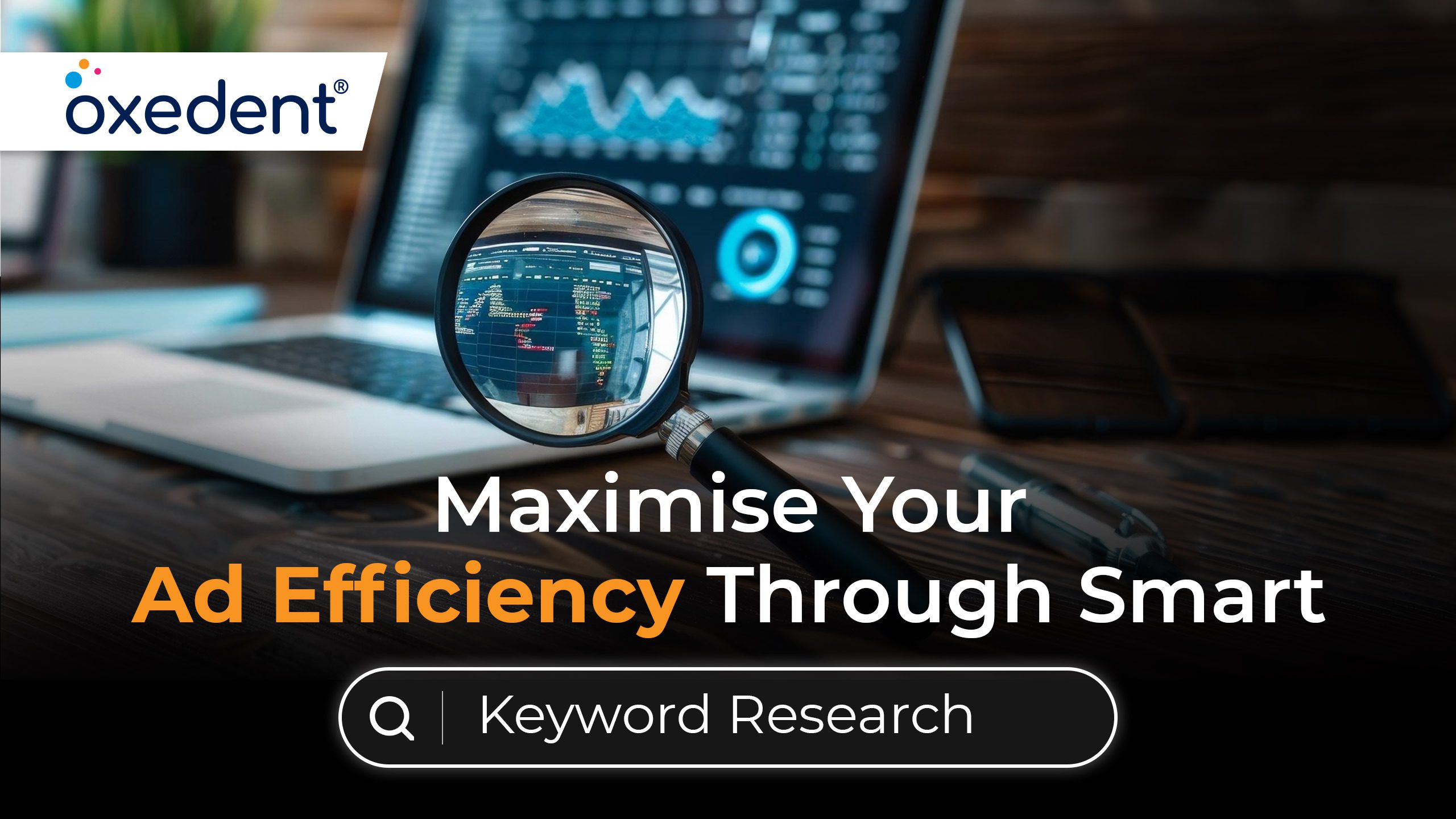PPC For Home Decor Brands Capturing Target Audience Like A Pro With Strategies Never Thought Of Before!
Updated on 16/09/2024 at 01:15 pm
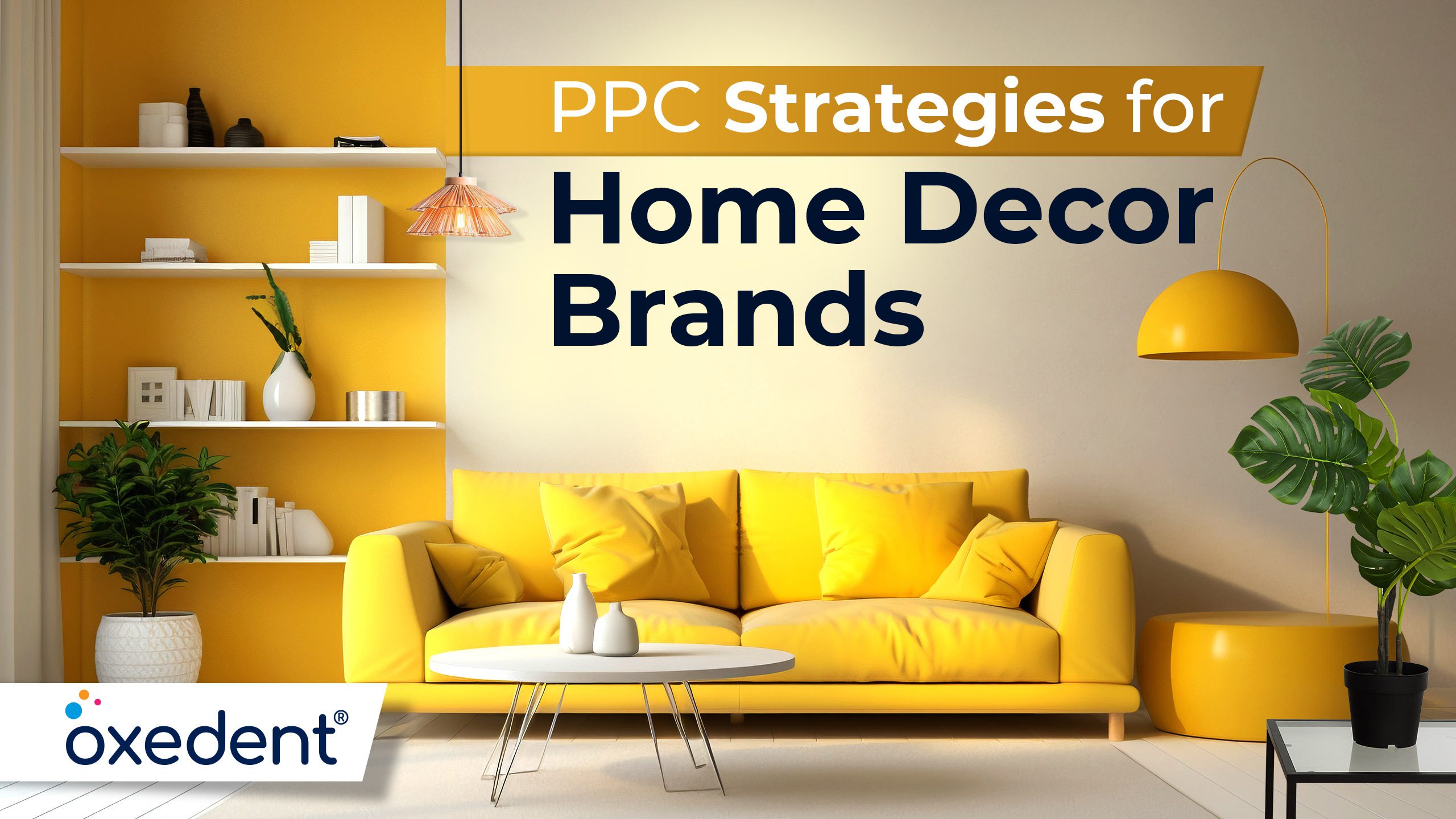
Home decor brands are facing fierce competition as demand grows. While traditional methods keep brands in the spotlight, paid marketing offers greater opportunities for scaling and boosting revenue.
Breaking through the noise in the competitive home decor market requires more than just beautiful products—it demands strategic innovation. With a saturated market, both established brands and newcomers must go beyond traditional methods to capture their audience’s attention.
Leveraging PPC for home decor brands has proven to be a turning point for brands, especially for the home improvement business genre. Where Google places your products in search results when customers search for home decor, Meta ads target specific demographics and interests, reaching your ideal audience where they spend their time.
Paid marketing, especially PPC, is crucial for reaching a broader audience and standing out.
It is not just about having high-quality products but also about deploying smart, adaptive strategies that resonate with today’s consumers.
Taking that into consideration, we have highlighted tried-and-tested strategies with PPC for home decor brands that have the potential to reach the end goal intended by the brand at the planning stage.
Strategies To Use To Improve Performance Of Your Home Decor Brands
Boost Online Presence
– A Digital Catalog: Build a website that is user-friendly. It must have product details, including images, materials, dimensions, and care instructions, to help customers make informed decisions.
– A Blog Section: One of the best PPC for home decor strategies for engaging your website’s audience is to inform them about the latest trends or DIY ideas. If you have a furniture brand, provide information about the materials, wood type or even how to decorate that particular furniture piece in their living space.
– Weekly Newsletters: While incorporating PPC for home decor brands, newsletters help your customers stay updated about the new arrivals and occasional offerings on your website. A daily or weekly newsletter will keep them on the right track to catch up with your brand.
Take It Over Through Social Media
– Visual Storytelling On Instagram And Pinterest: Leverage platforms like Instagram and Pinterest to showcase beautifully styled home decor images, tutorials, and user-generated content.
– Shoppable Posts: Utilise shoppable posts on social media platforms, allowing customers to purchase directly from your social media channels.
Invest Time In Content Marketing
– Inspirational Blogs And DIY Guides: Create blogs and guides that inspire customers with decorating tips, seasonal trends, and DIY trends to establish your brand as an authority in home decor.
– Video Content For Social And YouTube: To reach a broader audience, develop engaging video content, including room makeovers, product showcases, and behind-the-scenes looks at your design process.
– Email Marketing With Personalised Content: Use personalised email campaigns to deliver content tailored to customers’ preferences and shopping behaviour, driving higher engagement and conversions.
Optimised eCommerce Experience
– Seamless User Experience (UX) Design: To achieve optimal results in PPC for home decor brands, it is crucial to pay hint to a smoothly running website that is easy to navigate, with intuitive design, quick load times, and a mobile-friendly interface for a seamless shopping experience.
– Smart Search And Filtering Options: Implement advanced search and filtering options to help customers find products quickly and efficiently, improving their overall experience.
– Integrated Payment And Shipping Solutions: Offering a variety of payment options and enhanced data protection for your customers arouses a feeling of safety while making a transaction. Plus, shipping services also encourage customer satisfaction and reduce cart abandonment.
Customer Engagement And Retention Strategies
– Loyalty Programs And Rewards: Create loyalty programs that reward repeat customers with discounts, exclusive offers, and early access to new collections, encouraging repeat purchases.
– Interactive Online Events: Host virtual events, such as home decor workshops or live Q&A sessions, to engage with customers in real-time and build a community around your brand. Incorporating PPC for home decor brands can also drive targeted traffic to these events, maximising participation and brand visibility.
– Post-Purchase Follow-Up: To encourage further shopping, send personalised follow-up emails after the purchase, requesting reviews and offering recommendations for complementary products.
By now, you have analysed the strategies that will help your eCommerce home decor business in the long run. These tested methods have been persistent for many brands, bestowing results to businesses they have always intended to achieve.
However, bringing those bucks into your accounts does not end with this.
It is indeed a long way, but once reached the mark, your business with bloom at the top.
Post your planning stage with intriguing PPC strategies for home decor brands, you will have to know the campaign types for your ads to run LIVE.
There are mainly two types of ads under which you can run your campaigns.
- Google Ads
- Meta Ads
Let us learn about each of the campaigns in detail.
Campaign Types For Home Decor Brands
Google Ads
Performance Max Campaigns
Key Features
- Automatically displays ads across all Google advertising channels.
- Leverages AI and machine learning to automatically optimise ads.
- Identifies new market segments based on goals and real user behaviour.
What Are They: Performance Max (Pmax) campaigns are an effective tool for home decor brands looking to reach a wider audience and drive higher conversions across multiple channels. It is automated, allowing brands to create one campaign that works for YouTube, Display, Search, Discover, Gmail, and Maps, ensuring that home decor products are showcased to potential customers wherever they are online.
How Do They Work: Pmax campaigns automatically show your brand (eg: home decor brand) ads across all Google platforms, using AI to target the right audience. These campaigns optimise in real-time, focusing on your goals like sales or leads. By combining data and machine learning, they show the right ads to the right people at the right time, making PPC for home decor brands more efficient. In short, it is an automated ad solution with less manual work, where advertisers simply provide Google with all the ad elements, and Google automatically creates the best combinations and placements of the ads.
Standard Shopping Campaigns
Key Features
- Uses product images in the ads.
- Displayed across various Google platforms and in search results from partner sites.
- Pulls data from product feed to Merchant Center data for automatic population.
What Are They: Standard Shopping Campaigns are a type of PPC for home decor brands that promotes your products in Google search results with images, prices, and store names, making it easier for customers to find and purchase your home decor items. By using these campaigns, your products appear when people search for related items, increasing the chances of driving more sales. It automatically pulls product details from your store, so you can efficiently advertise your entire inventory without creating individual ads.
How Do They Work: To effectively run this campaign in Google Ads, you must connect your products to Google Merchant Center. This platform is where you upload and manage your product data (images, prices, and descriptions). Google uses them to create ads that appear in relevant searches. It is essential to keep your product feed updated, as accurate data leads to better ad performance. This type of PPC for home decor brands boosts visibility and attracts more targeted customers, which drives higher sales and conversions.
Google Search Campaigns
Key Features
- Fully text-oriented.
- Your ads show up just when people are searching for what they need.
- Highly cost-effective.
What Are They: Google Search campaigns are the ultimate OG when it comes to online advertising. They let you show your products right at the top of Google’s search results, appearing as “sponsored” when people are looking for something specific (e.g., home decor). This is perfect for targeting buyers who are ready to purchase. When you focus on PPC for home decor brands, Search campaigns are the key to capturing that intent and driving conversions. It is all about getting your products in front of the right people at the right time, keeping things simple and effective.
How Do They Work: Usually, they are text-based ads. So, keywords become the main element in this campaign category. It works by displaying your ads when people search for specific keywords related to your products. For example, if someone searches “vintage wall art,” your ad can appear at the top of the search results. You choose the keywords, set a budget, and only pay when someone clicks on your ad. This ensures your home decor brand reaches people who are actively looking for what you offer. Specifically, when you do PPC for home decor brands with Search campaigns, it attracts targeted traffic to your website, boosting sales and visibility.
Dynamic Search Ads Campaign (DSA)
Key Features
- Automatically targets relevant search queries based on your website content.
- Builds dynamic headlines.
- Customises ads in real-time to align with search intent.
What Are They: DSA does the heavy work for your brand. It uses your website titles and page contents, targeting specific searches and displaying them to your target audience. Considering you are running a home decor business, so, when you use DSA campaigns, it will automatically place keywords, creating headlines and ad copies, matching your home decor products with relevant searches. As a result, you get time to focus on creativity, while Google helps to create the buzz.
How Do They Work: Dynamic Search Ads (DSA) campaigns automatically create ads based on your website’s content. Instead of using specific keywords, DSA scans your site and matches relevant pages to user searches. This makes it easier to capture traffic you might otherwise miss. For PPC for home decor brands, such campaigns ensure that your products reach the right audience, even for unexpected search terms. It adapts to your site, keeping the ads aligned with what customers are searching for without needing constant adjustments.
Meta Ads
Manual Shopping Campaigns
Key Features
- Control on bidding.
- Customisable product groups.
- Detailed performance reporting.
What Are They: Manual shopping campaigns give advertisers full control to manually select the top-performing products your brand wants to promote, set specific bids for each, and target your ideal audience. Home decor brands can curate specific collections of pieces or seasonal items to maximise the ad spend based on scalability. It is a hands-on method that reaches the right customers with better returns and better results.
How Do They Work: Start by selecting specific products from the brand’s inventory to feature in the campaign, set bids and control the budget for each ad. Remember, in PPC for home decor brands, performance is influenced by your choices—higher bids boost visibility, while lower bids save budget. Additionally, advertisers get the leverage to refine targeting by adjusting bids, locations, or times of day for control, allowing for a strategic approach to optimising ROI and ad spend.
Advantage+ Shopping
Key Features
- Automated ad creation and optimisation.
- Dynamic product matching and targeting.
- Real-time performance adjustments and budget allocation.
What Are They: Advantage+ Shopping campaigns are fully automated campaigns designed to maximise ad performance and simplify the ad creation process. This means that for a home decor brand, Meta’s algorithm will create different ad variations featuring varied products and home accessories and will choose the best-performing versions to put in front of the end users without constant manual adjustments.
How Do They Work: Advantage+ Shopping Campaigns automate ad creation and placement using machine learning to optimise performance. Coming to doing PPC for home decor brands, if you are selling items like wall art, this ad will prioritise showing your ads across all Meta platforms to users who have recently shown interest in similar products by analysing user behaviour, interests, and purchase history. This maximises your chances of conversion while minimising manual setup and adjustments.
Dynamic Product Ads (DPA)
Key features
- Personalised product recommendations.
- Real-time product catalogue updates.
- Dynamic retargeting.
What Are They: Dynamic Product Ads (DPA) allow businesses to automatically promote products to users who have shown interest in them previously. These ads dynamically pull products from your catalogue and display them to potential customers, targeting users based on their browsing behaviour, cart abandonment, or previous purchases. Like – a home decor brand can use DPA to showcase specific products, like a sofa or lamp, to retarget users who viewed or added these items to their cart but did not complete the purchase.
How Do They Work: You do not have to manually create ads for each product, as DPA automatically shows your products to people who have interacted before. Meta pulls product information directly from your catalogue and matches customer behaviour. So, if someone visits your website and looks for a sofa but refrains from buying, they will automatically get personalised ads for that exact product again while they scroll through their Facebook or Instagram. It works like a reminder to complete their purchase.
Next, we move on to creating the account structure for your eCommerce business according to your product category. Each has its uniqueness, catering to your brand’s objectives.
So, here is a detailed account structure for each campaign type with clear, simple details. This approach will help you set up effective campaigns in PPC for home decor brands.
Account Structures Google Ad Campaigns
Product Category-Wise Pmax Campaigns
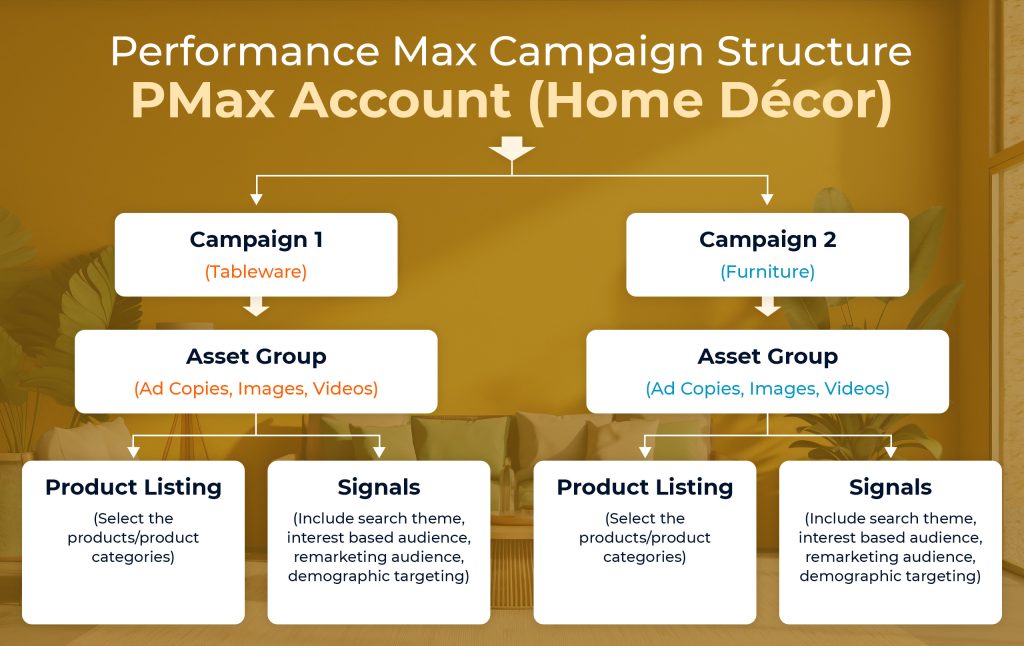
Performance Max (Pmax) Campaigns are designed to promote your products using multiple Google channels (such as Search, YouTube, Display, etc.).
Here is how to set them up:
- Separate Campaigns For Each Product Category: Create individual Pmax campaigns for each product category. For example, have one campaign for “Furniture” and another for “Home Decor Accessories.”
- Automation: Pmax campaigns automatically choose the best places to show your ads. This means Google will find where your “Furniture” ads work best, whether on YouTube, Display, or Search.
- Goal: The goal is to maximise your ads’ performance by leveraging Google’s AI to get the most out of each category.
This method is crucial while doing PPC for home decor brands because it ensures each category gets the best exposure across Google’s platforms.
Product Category-Wise Search Campaigns
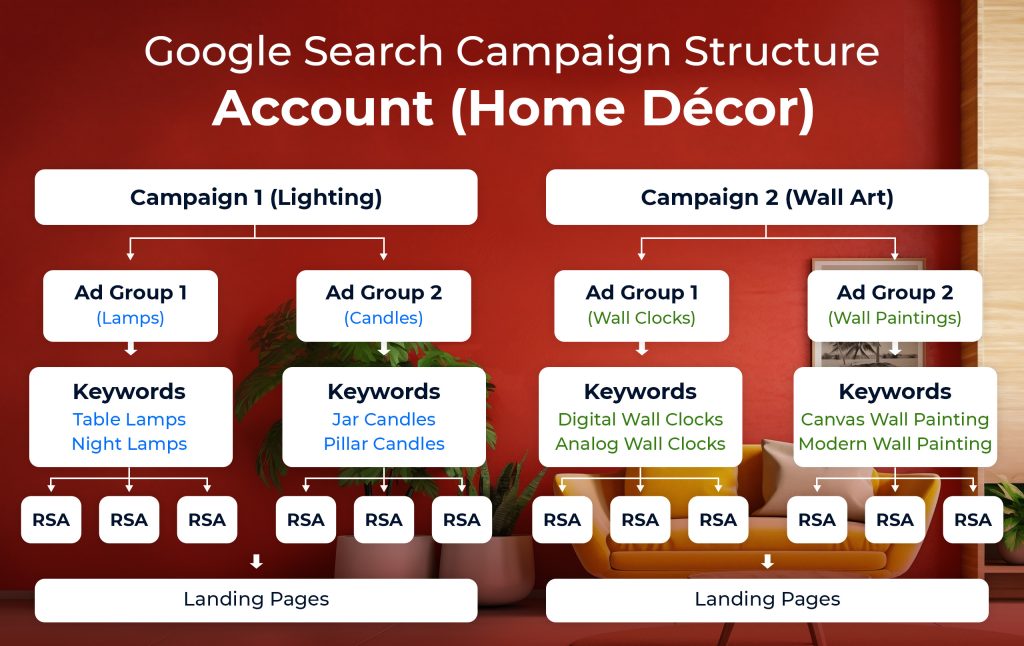
Search campaigns show ads when people search for specific keywords on Google.
Here is how to structure them:
- Dedicated Campaigns Per Category: Set up separate Search campaigns for each product category. For example, create one for “Lighting” and another for “Bedding.”
- Targeted Keywords: Each campaign should focus on keywords relevant to that category. The “Lighting” campaign can target keywords like “buy lamps” or “modern chandeliers.”
- Customisation: You can customise ad copy and bids based on what works best for each category. This means your “Bedding” ads might highlight comfort and materials, while your “Lighting” ads could focus on design and energy efficiency.
This structure in PPC for home decor brands helps you reach customers who are actively searching for your specific products.
Product Category-Wise Shopping Campaigns
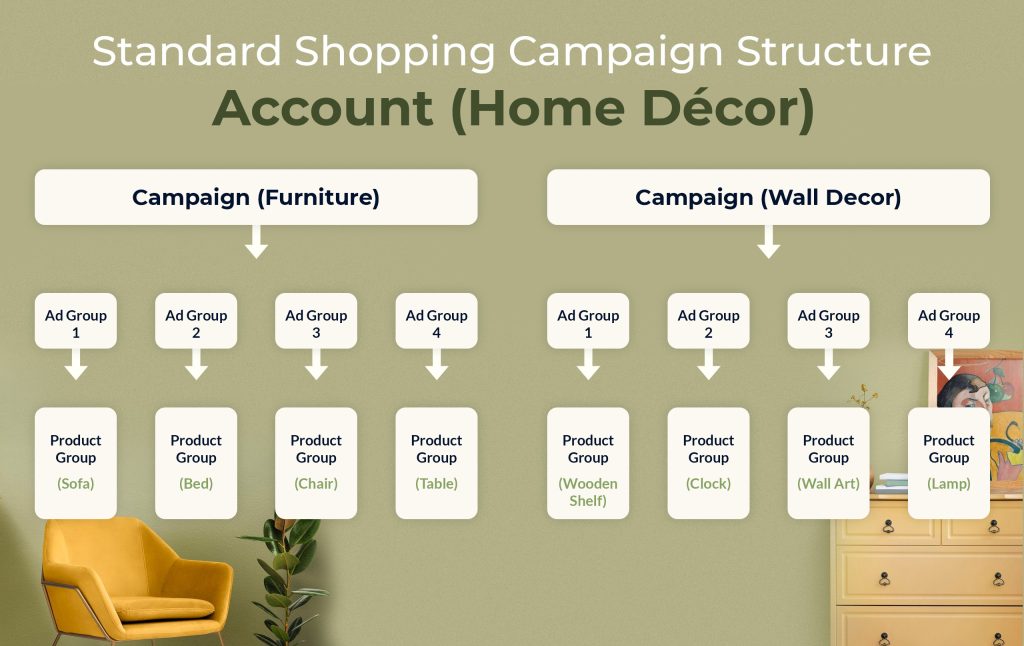
Shopping Campaigns showcase your products with images, prices, and descriptions directly in Google Search results.
Here is how to organise them:
- Separate Campaigns By Category: Create individual Shopping campaigns for each product category, such as one for “Rugs” and another for “Wall Art.”
- Product-Specific Ads: These campaigns will show different products depending on the category. For example, the “Rugs” campaign will display various rug options with images and prices when someone searches for rugs.
- Easy Management: By separating categories, you can easily manage and optimise how each group of products is advertised.
This setup is vital in PPC for home decor brands as it directly connects potential customers with the specific products they are searching for.
Product Category-Wise DSA Campaigns
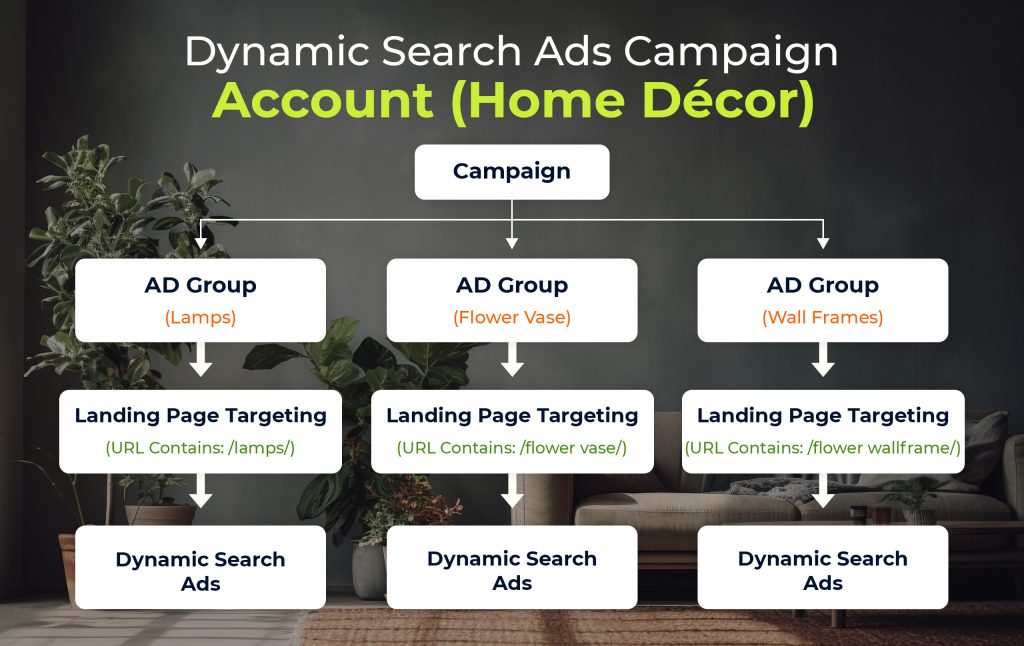
Dynamic Search Ads (DSA) Campaigns automatically create ads based on the content of your website.
Here is how to set them up:
- Campaigns For Each Category: Create separate DSA campaigns for each product category, like “Outdoor Furniture” and “Home Office Furniture.”
- Automatic Ad Creation: Google will scan your website and automatically generate ads based on the content for that category. For example, the “Outdoor Furniture” campaign will create ads highlighting patio sets or garden chairs.
- Broad Coverage: This allows you to capture a wide range of searches related to each category without specifying every keyword.
This approach in PPC for home decor brands is useful for covering gaps in your keyword targeting and ensuring all your products are advertised.
Account Structures For Meta Ad Campaigns
Advantage+ Shopping Campaign
- Structure: Start by creating a single Advantage+ Shopping campaign. Meta will automatically find the best audience, placements, and bid strategies for you. This is ideal if you want to save time and let Meta’s system handle most of the heavy lifting.
- Usage: Perfect for a broad reach and driving new customers to your store, with minimal manual input required.
Manual Shopping Campaign
– Structure
- Ad Sets: Each ad set should focus on a specific category, such as “Living Room Decor,” “Bedroom Decor,” or “Kitchen Accessories.” This allows you to target specific audiences based on their interests in these categories.
- Ads: Within each ad set, create multiple ads that vary by creative angles and hooks. For example, one ad might focus on the aesthetic appeal of your products, while another highlights the durability or functionality.
- Usage: This campaign type is best for businesses that want more control over their ads and are willing to experiment with different creative approaches to find what resonates best with their audience.
DPA Campaign (Dynamic Product Ads)
– Structure
- Product Catalogue: First, ensure your product catalogue is uploaded and up-to-date in Meta’s system.
- Dynamic Ad Template: Set up a dynamic ad template that pulls in product images, names, prices, and other details directly from your catalogue. This ensures that each ad is highly personalised to the viewer’s interests.
- Audience: Target audiences who have viewed your products, added items to their cart, or made previous purchases, encouraging them to return and complete their purchase.
- Usage: This campaign type is particularly effective for remarketing and boosting conversion rates by reminding potential customers of the products they have shown interest in.
Remember, the right structure can significantly impact the success of your PPC for home decor brands, driving more traffic and sales with well-targeted ads.
Moving down, along with setting up the accounts in PPC, home decor business owners must also be aware of the amalgamation of the bidding process. As each penny counts, your business must have a keen knowledge before investing them.
When it comes to Google and Meta campaigns, using the right bid strategies can make all the difference in maximising your return on investment.
Specifically, for home decor brands, value-based bid strategies are particularly powerful, as they focus on getting the most revenue from every dollar you spend.
Scroll down to see how these strategies work on both Google and Meta platforms to help you make informed decisions for your business.
Bidding Strategies For Google Ads
For Google Ads, value-based bidding focuses on maximising the return on your investment. Two popular strategies are:
– Target ROAS (Return On Ad Spend)
This strategy automatically sets bids to help you achieve the highest possible revenue based on your target ROAS.
For home decor businesses, this means Google will try to get more sales and revenue for every dollar you spend, focusing on products that bring in the most profit.
– Maximise Conversion Value
Implementing this strategy means automatically adjusting your bids to maximise the total value of conversions, like sales or leads.
For home decor brands, this helps prioritise higher-value products or services, ensuring that the ad budget is spent on items that bring the most revenue.
Bidding Strategies For Meta Ads
On Meta platforms like Facebook and Instagram, value-based bidding is also key for maximising your ad performance. Here are two strategies:
– Value Optimisation
Value Optimisation focuses on delivering ads to people who are most likely to generate high-value conversions, like purchasing premium home decor items.
Meta ads for home decor use machine learning to estimate the value each user might bring, ensuring your ads are shown to those who are most likely to buy higher-value products.
– Cost Cap
With this strategy, you set a maximum cost per conversion, and Meta tries to keep your costs below this cap while still aiming to maximize the value of each conversion.
For home decor businesses, this helps control your budget while still driving valuable sales.
Both Google and Meta’s value-based bid strategies are designed to help you get the most out of your advertising budget, focusing on driving sales that contribute the most to your revenue. Incorporating PPC for home decor brands is the best way to optimise campaigns to prioritise high-value customers and products, leading to a boost in profitability.
The next step before your campaigns go ‘LIVE’ is creatives.
Creatives bring life to the entire campaign plan you have done since the planning stage. The audience tends to show more interest in your brand when they see images of the products you are selling. However, to convert them into buying customers, some detailings are essential.
Creatives For Google Ads
Lifestyle Images: Bringing Products To Life
Why They Matter?
In Google ads for home decor, lifestyle images go beyond just showing your product—they show your product in action.
For example, instead of just displaying a rug on a plain background, a lifestyle image would place that rug in a beautifully decorated living room, with matching furniture and soft lighting. This helps your customers visualise how that rug would look in their own space, making it easier for them to picture it in their home.
Detailing Of The Creative
- Angles: Use a variety of angles to show off different aspects of the product. For example, if you’re showcasing a sofa, a side angle can highlight its depth and cushioning, while a frontal shot shows how it anchors the room.
- Target Audience Fit: Tailor the style of your lifestyle images to match the taste of your target audience. If your brand caters to a minimalist aesthetic, keep the setting clean and simple. For a more luxurious brand, add elements like plush fabrics and rich colours to evoke a sense of opulence.
- Seasonal Updates: Regularly update your images to reflect seasonal trends. For example, in the fall or winter, you might want to include cozy throws and warm colours, while spring might call for fresh flowers and lighter tones. This keeps your content relevant and engaging.
Offer/Promotional/Discount Overlays: Immediate Attention-Grabbers
Why They Matter
When users are scrolling through search results or social media, they are bombarded with ads. An offer or discount overlay helps your ad stand out by immediately signalling value.
This could be anything from “20% off today only!” to “Buy one, get one free!”
Such overlays are crucial in PPC for home decor brands because they appeal to the bargain hunter in all of us.
Detailing Of The Creative
- Limited-Time Offers: Use overlays for time-sensitive promotions, like “24-Hour Flash Sale” or “Weekend Special.” This creates a sense of urgency that can lead to quicker decisions from shoppers.
- Strategic Offers: Tailor your offers based on customer behaviour. If you notice that certain products are not selling as well, consider offering a discount specifically on those items. Alternatively, use “bundle offers” where customers get a discount when they purchase multiple items together, like a sofa and a coffee table.
- Test And Optimise: Regularly test different overlay designs, colours, and wording to see what resonates best with your audience. Small tweaks can make a big difference in performance.
Offer Videos: Engaging And Informative
Why They Matter
Videos are powerful because they combine visual and auditory elements to tell a story. In PPC for home decor brands, offer videos to showcase how your products enhance a space in a dynamic way.
Whether it is a time-lapse of a room transformation or a walkthrough of a newly launched collection, videos can captivate potential customers and encourage them to take action.
Detailing Of The Creative
- Duration: Keep videos short – 30 seconds to a minute is ideal. You want to convey the message quickly before losing the viewer’s attention.
- Focus: Focus on the product’s key features that make it stand out. For instance, if you promote a modular sofa, show how it can be rearranged to fit different room layouts.
- Call To Action (CTA): Always include a clear CTA at the end of the video. This could be “Shop Now,” “Learn More,” or “Limited Time Offer – Click Here!” Make sure the CTA is easy to see and understand.
Creatives For Meta Ads
Single Image – A Direct Approach
Why It Matters?
The single-image creative is basic but straightforward and less likely to overwhelm your audience. It allows you to highlight one key product or offer without distractions. The focus is entirely on the product, making it an excellent choice for promoting specific items or sales in your PPC for home decor brands.
Like, a clean, eye-catching image of your best-selling sofa or a stylish lamp can stop them in their tracks.
Detailing Of The Creative
- Make sure your image is high-quality and resonates with your brand’s aesthetic.
- Add minimal text overlays if needed, but let the product speak for itself.
- This ad type is all about capturing attention quickly and driving clicks directly to your product page.
Video Creatives – Engaging Storytelling In Motion
Why It Matters?
Videos are more engaging than static images. They allow you to tell a story, showcase your products in action, and build an emotional connection with your audience. If you do PPC for home decor brands, videos can dramatically increase engagement and conversions.
Whether it is a quick tour of a beautifully styled room or a close-up of your products in use, video content can convey a lot in a short amount of time.
Detailing Of The Creative
- Keep your videos short and to the point—ideally under 15 seconds for maximum impact.
- Use captions for viewers who may watch without sound, and ensure your video starts strong to grab attention within the first few seconds.
- Highlight how your product can transform a space, making it a must-have for your target audience.
Carousels – An Insight Of Your Collection
Why It Matters?
Carousels provide more opportunities to engage your audience.
Instead of focusing on just one product, you can tell a story or display a collection, encouraging viewers to swipe through and explore more. This format is particularly effective for cross-selling and upselling within your PPC for home decor brands strategy.
Detailing Of The Creative
- Make sure each slide is cohesive with the others while still standing out on its own.
- Use the carousel to guide viewers through a journey—whether it is a “before and after” setup or a step-by-step design process.
- Include a clear call-to-action on each slide, encouraging users to click through to learn more or shop now.
Slideshow – Creates Engagement With Smooth Transitions
Why It Matters?
Essentially, in Facebook ads for home decor, you can use Slideshow, which are animated images that play like videos but without the need for high-end video production. They are also cost-effective and easier to produce than videos, offering more dynamic engagement than a static image.
Detailing Of The Creative
- Use high-quality images that are visually cohesive.
- The transition effects between images should be smooth to maintain viewer interest.
Bottom Line
It is inevitable to state that siding the traditional concept, PPC for home decor brands is a proven method for driving growth and revenue. Whether you are struggling to get the results you want or you are already experienced but looking to refine your strategy, the right approach can make all the difference. Success in this space requires a clear understanding of your audience, strategic use of platforms like Google Ads and Meta, and a commitment to ongoing optimisation.
If managing PPC feels like a challenge or you are not achieving the success you aimed for, Oxedent is here to help. We specialise in PPC, offering tailored solutions that deliver real results. Instead of stumbling – let us help you achieve the growth your brand deserves.
Contact Oxedent today and take the next step toward success!
Frequently Asked Questions (FAQs)
- What is PPC, and how can it benefit my home decor brand?
PPC (Pay-Per-Click) advertising allows you to pay only when someone clicks on your ad. For home decor brands, it’s a cost-effective way to drive targeted traffic, increase sales, and build brand awareness.
- How do I choose the right keywords for my home decor PPC campaigns?
Focus on specific keywords that reflect your products and customer intent. Use tools like Google Keyword Planner to find high-volume, low-competition keywords relevant to home decor.
- What are the best PPC platforms for home decor brands?
Google Ads, Meta (Facebook and Instagram), and Pinterest are highly effective platforms for home decor brands, offering diverse audience targeting options and visual ad formats that resonate with home decor enthusiasts.
- How do I create compelling PPC ads that attract my target audience?
Use high-quality images of your products, clear and concise copy, and strong calls to action (CTAs) that highlight your unique selling points, such as special offers or new arrivals.
- What are Pmax campaigns, and why are they essential for home decor brands?
Pmax (Performance Max) campaigns use AI to optimise ad delivery across all Google networks. For home decor brands, they offer a comprehensive approach to reaching potential customers through search, display, YouTube, and more.
- What role does audience targeting play in PPC success?
Audience targeting lets you focus your ads on specific demographics, interests, and behaviours. By targeting the right audience, you can increase the likelihood of conversions and reduce wasted ad spend.
- How can home decor brands use retargeting in PPC to boost conversions?
Retargeting allows you to show ads to users who have previously visited your website but did not convert. For home decor brands, this can be particularly effective in reminding potential customers about products they viewed or added to their cart.
- What are some advanced PPC strategies to capture a target audience?
Consider using AI-driven tools for predictive bidding, creating hyper-personalized ad experiences, or leveraging cross-platform remarketing. Experimenting with new ad formats and incorporating dynamic ads can also help you stay ahead of the competition.
- What budget should I set for my home decor PPC campaigns?
Your budget should reflect your business goals and the competitiveness of your industry. Start with a moderate budget and scale as you identify which campaigns and strategies yield the best results.
- How do shopping campaigns differ from search campaigns in PPC?
Shopping campaigns focus on promoting specific products with images, prices, and descriptions directly in search results, making them ideal for eCommerce brands. Search campaigns, on the other hand, use text ads triggered by keywords.
This article was written by Biplab Poddar
Ready to grow your eCommerce sales?
Let’s discuss how to scale your eCommerce store with profit and if we’re the right partner to get you there.


